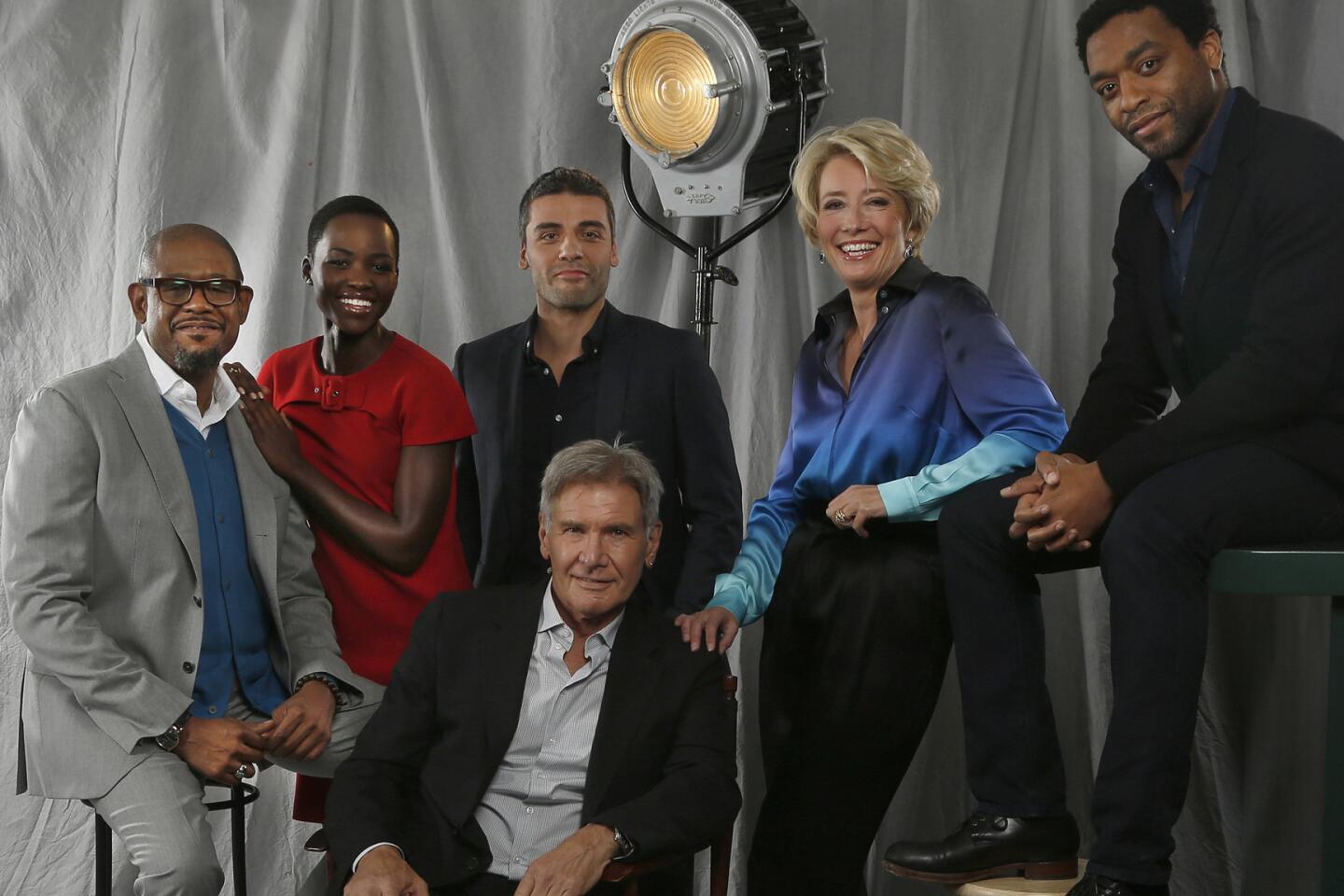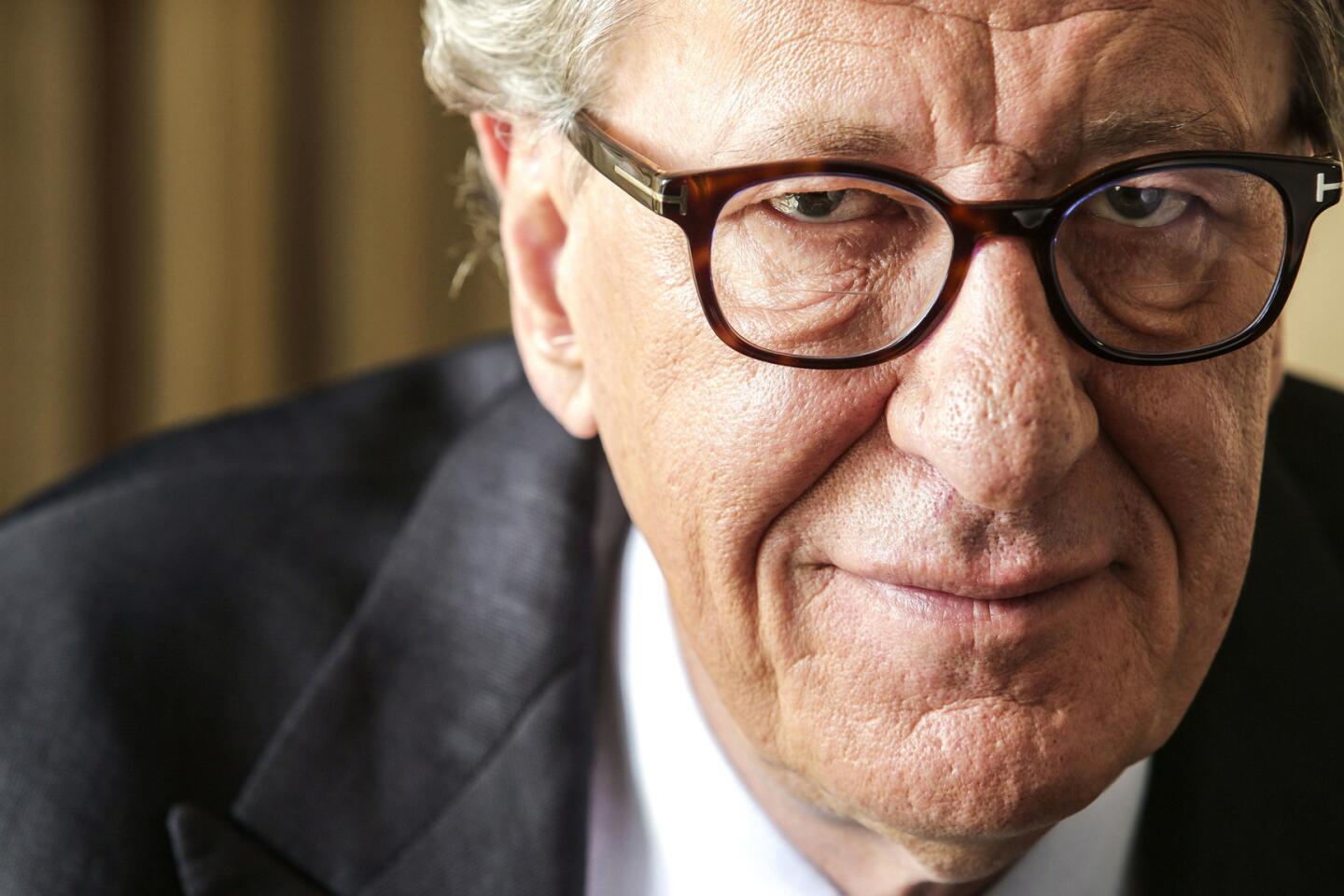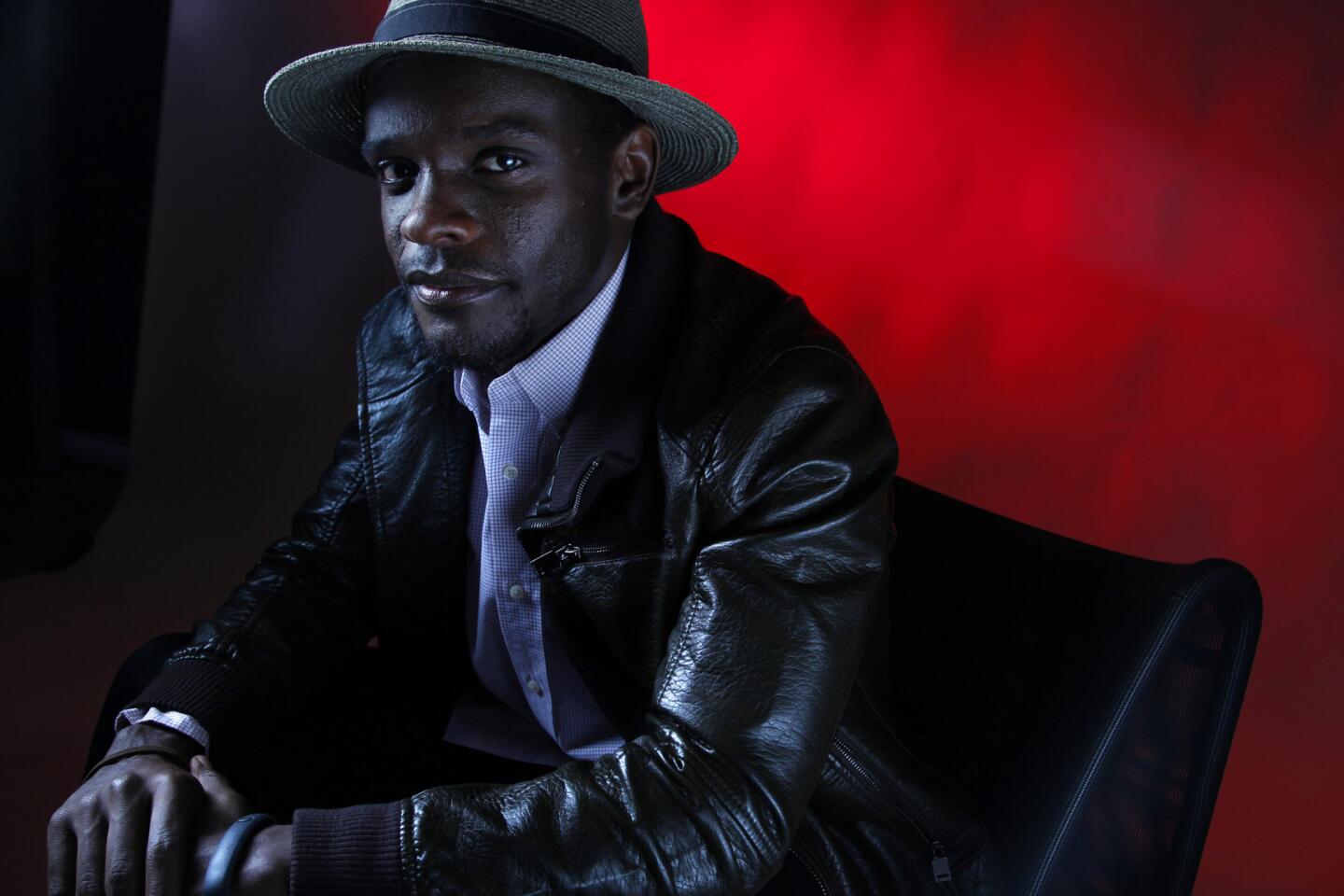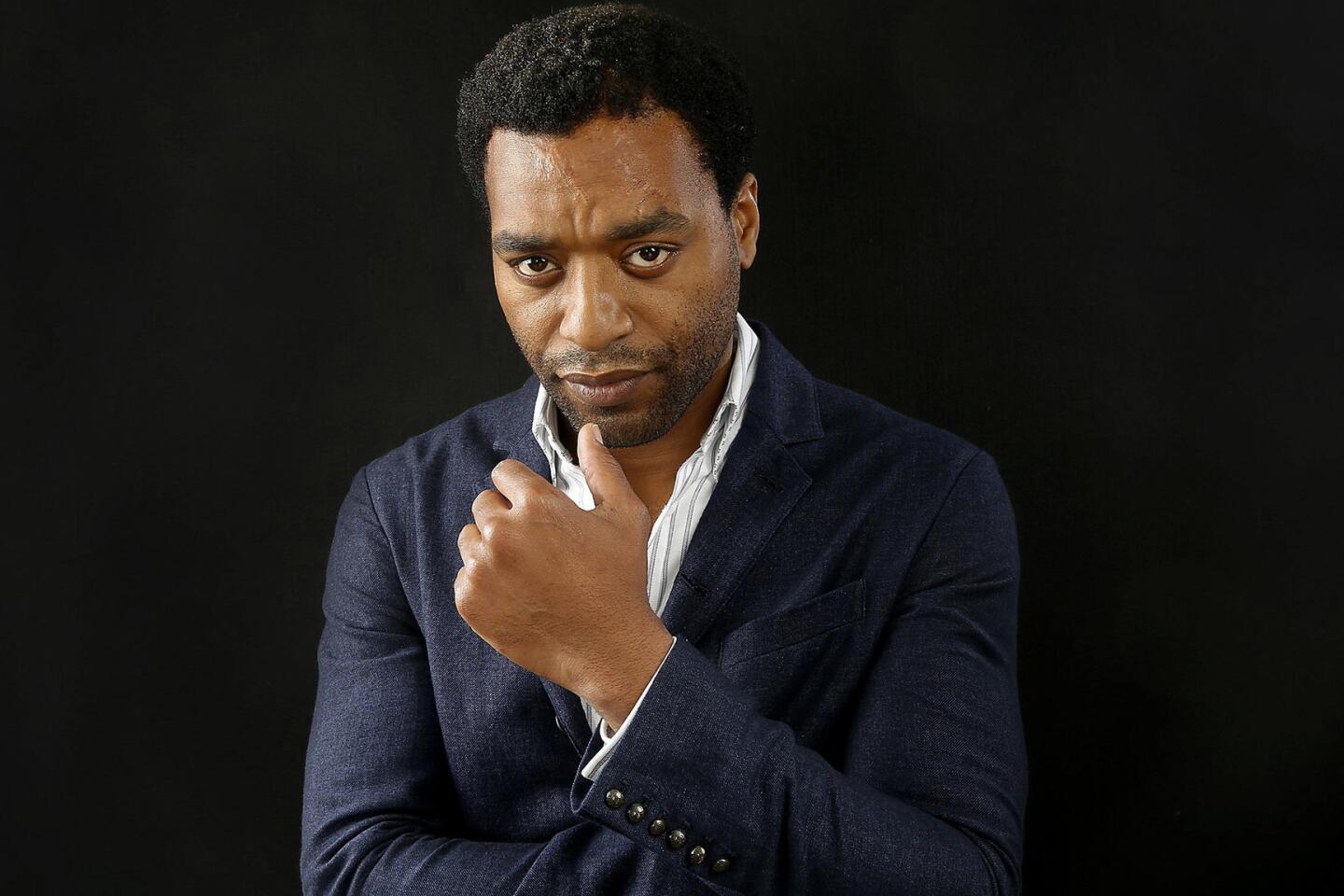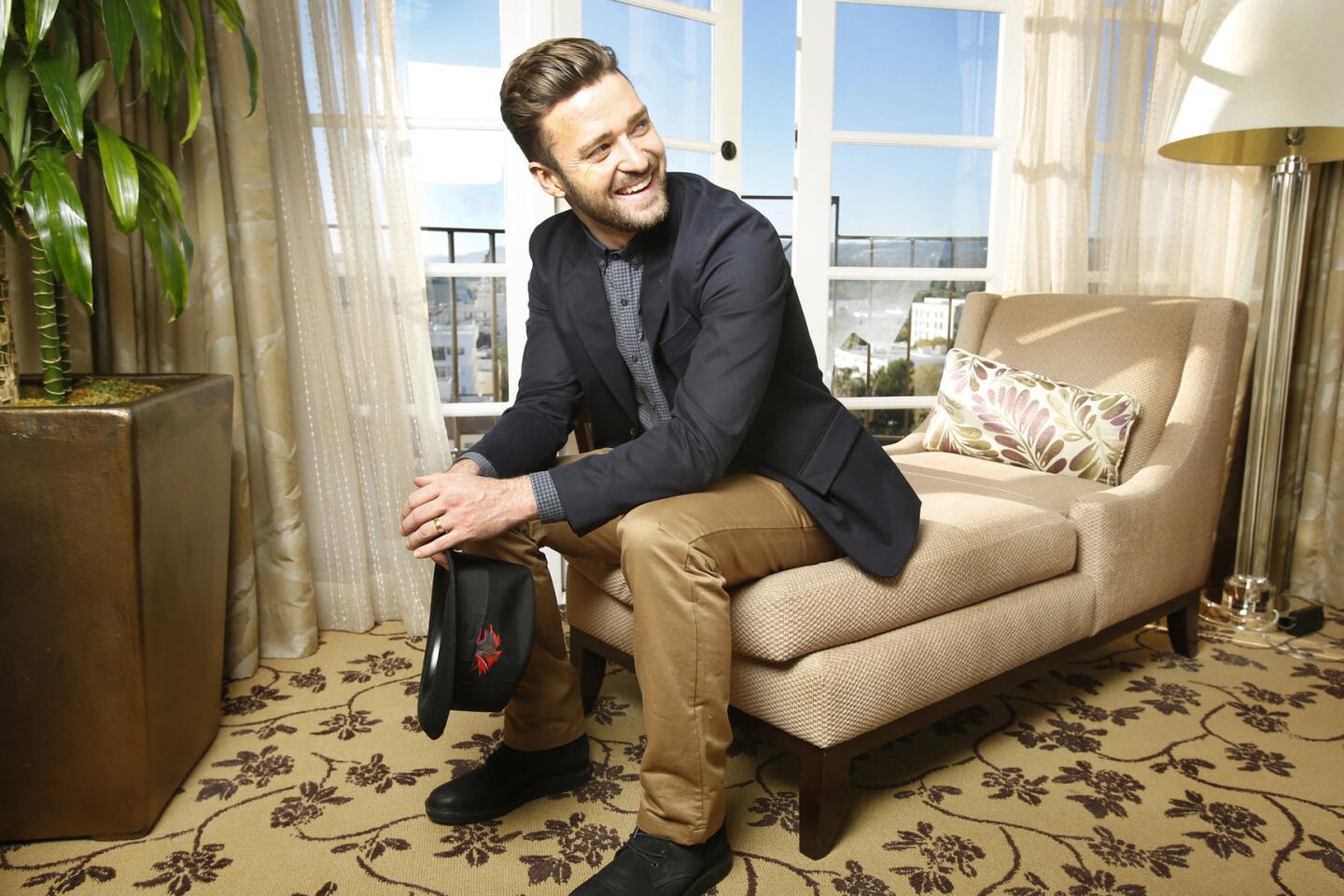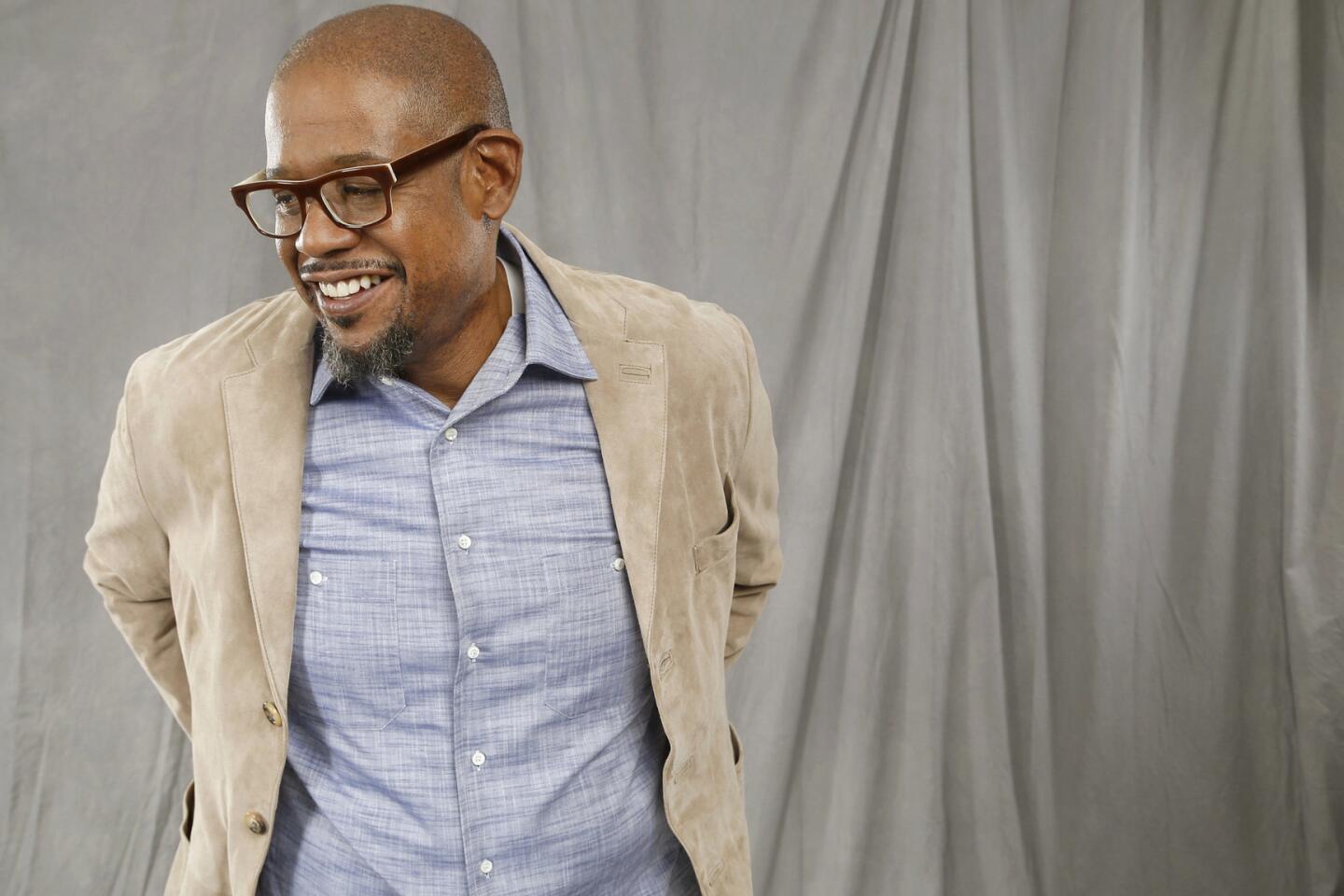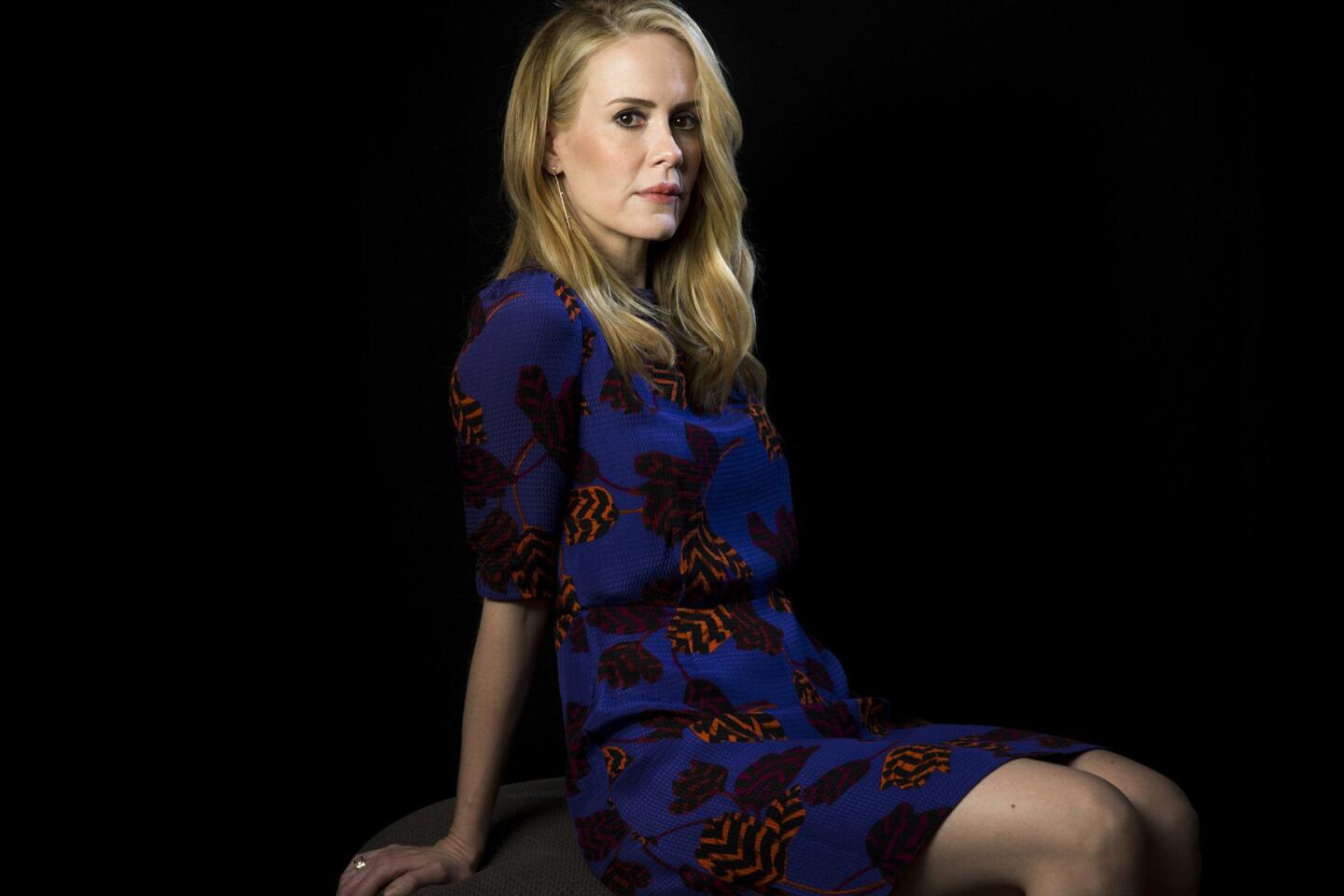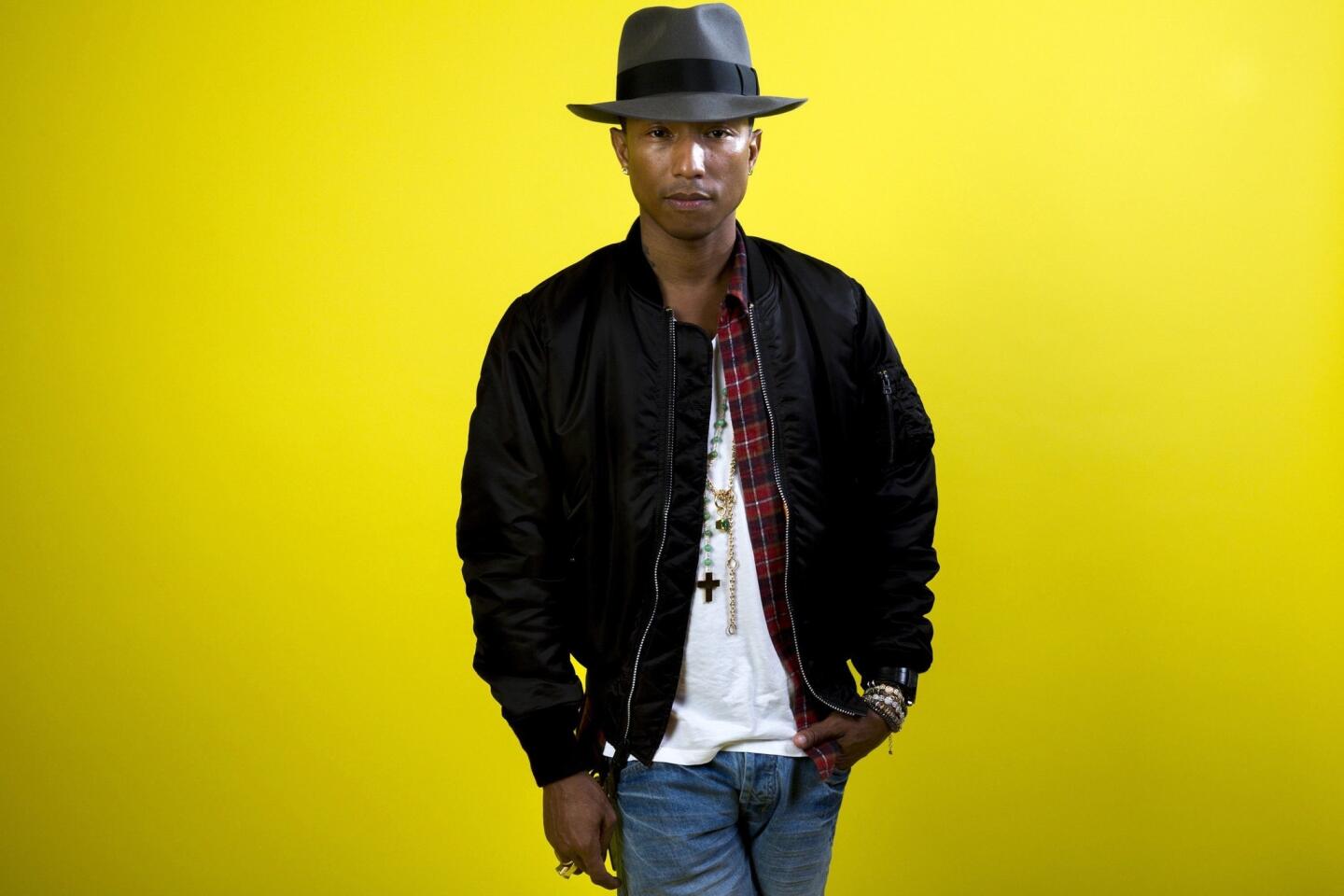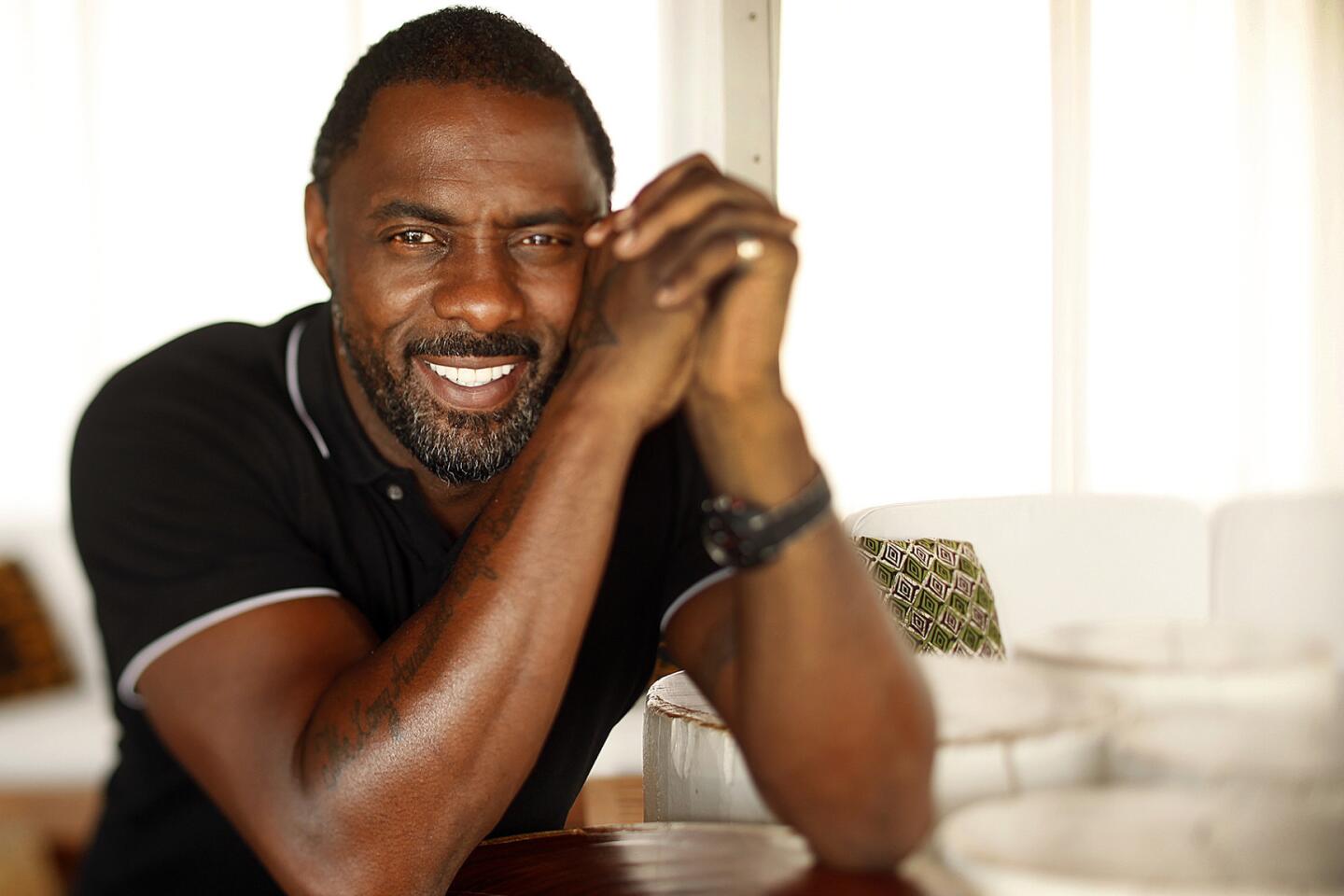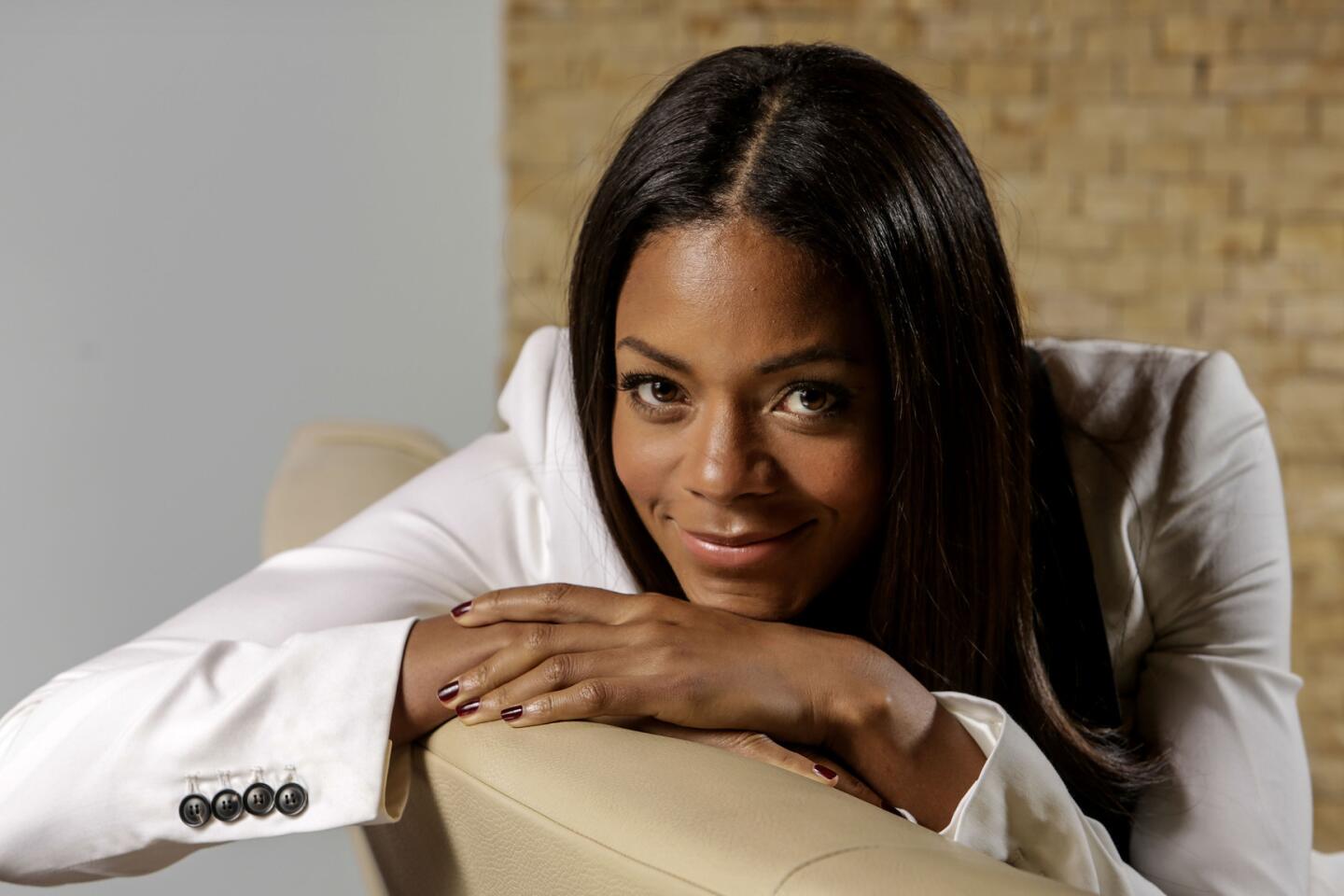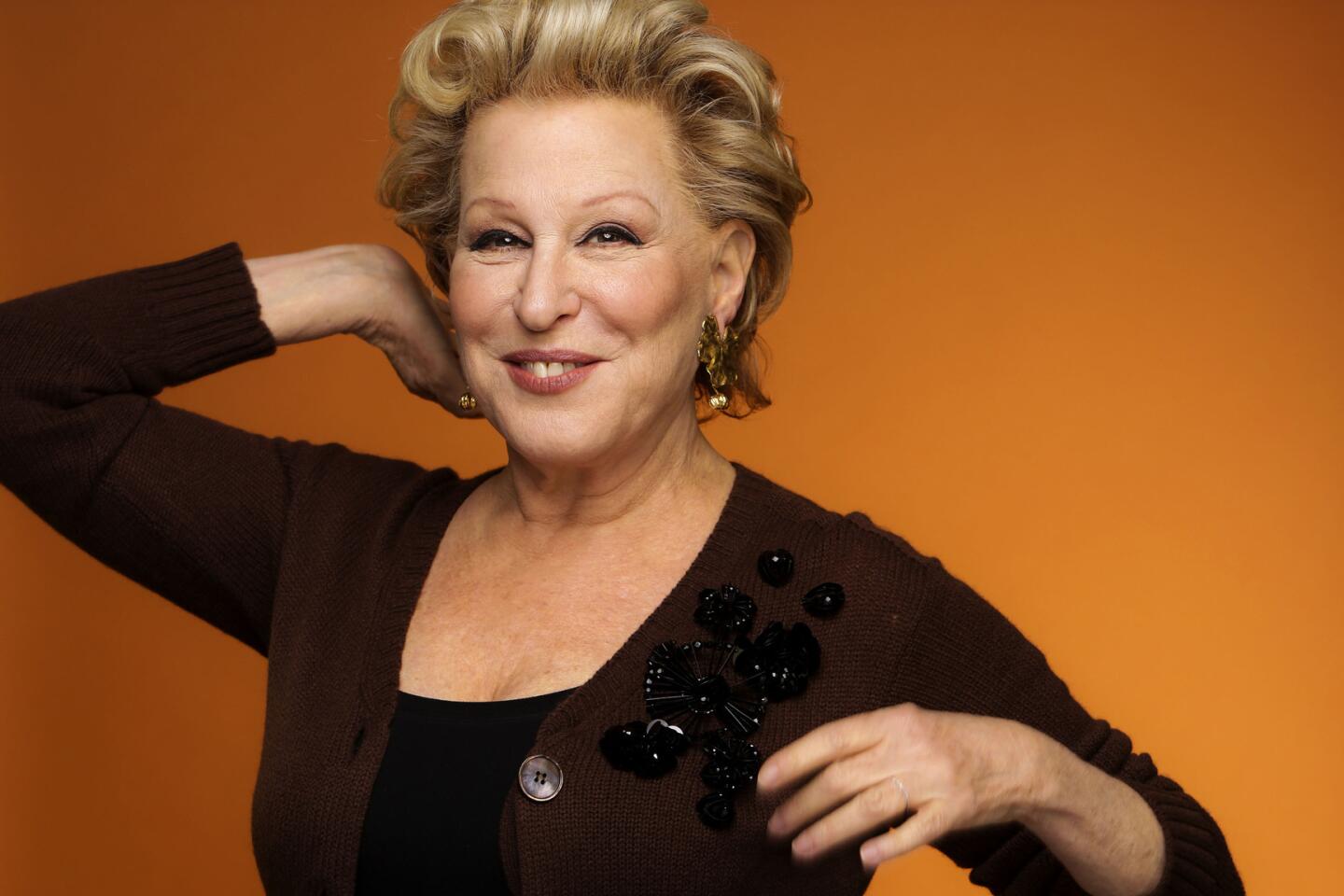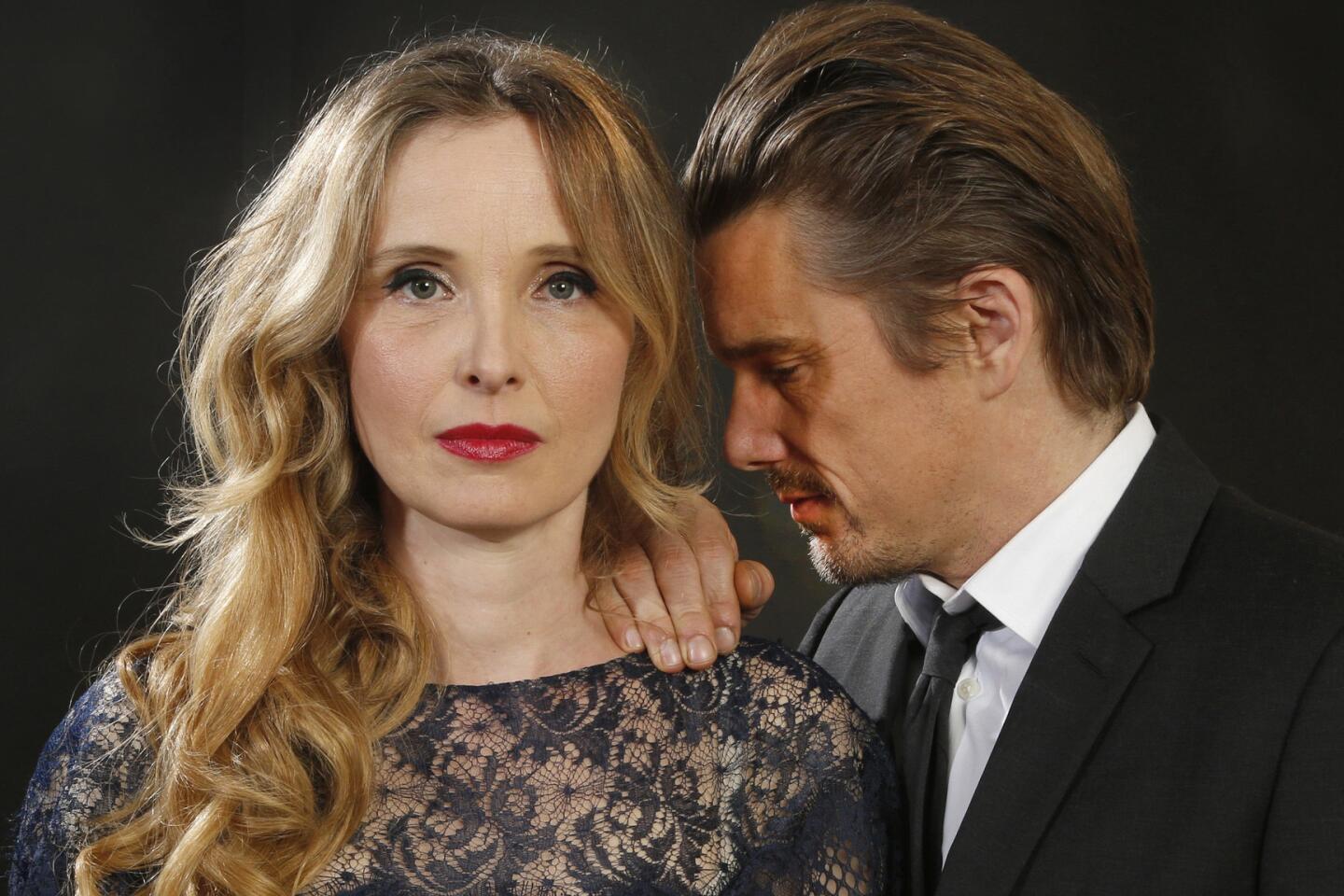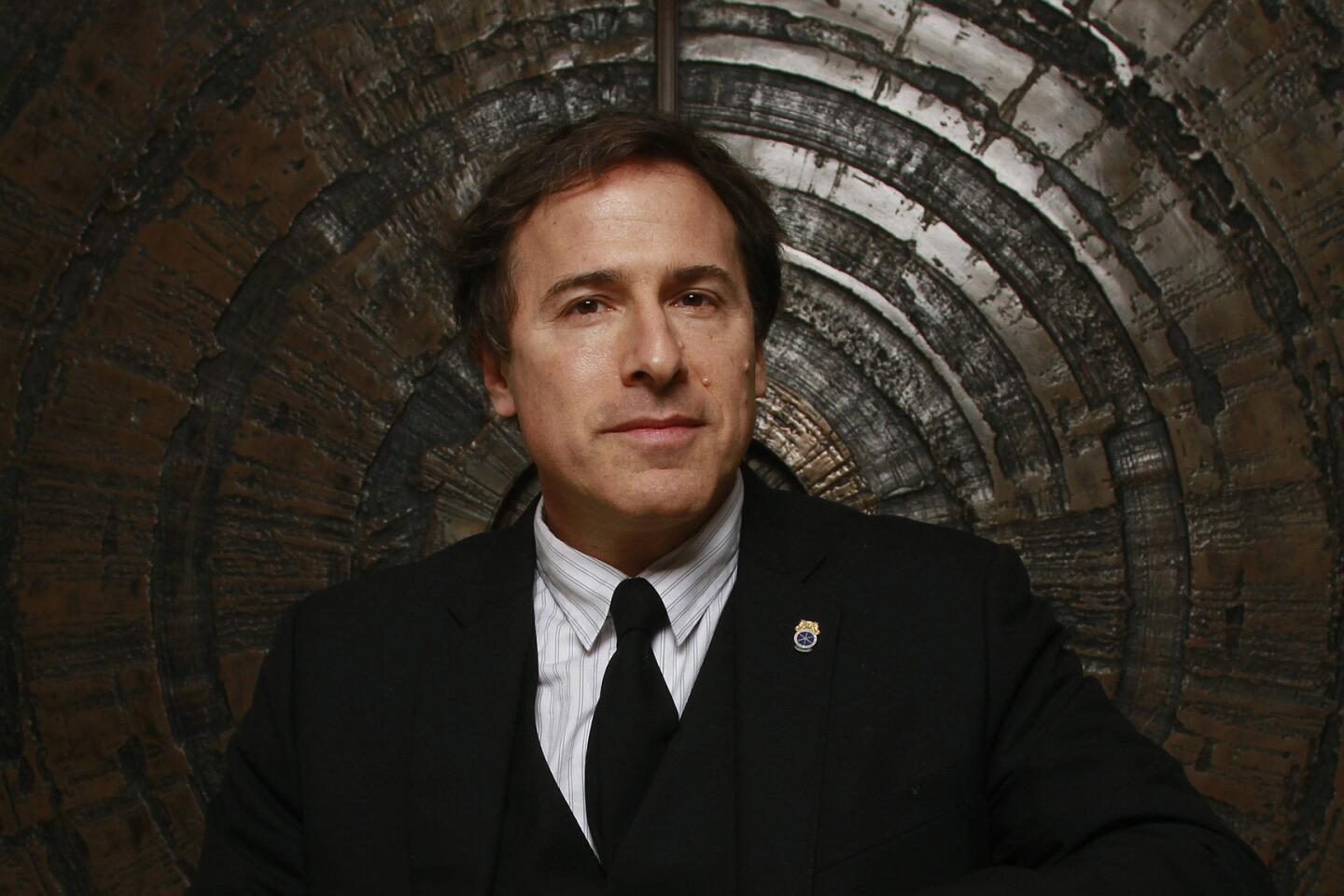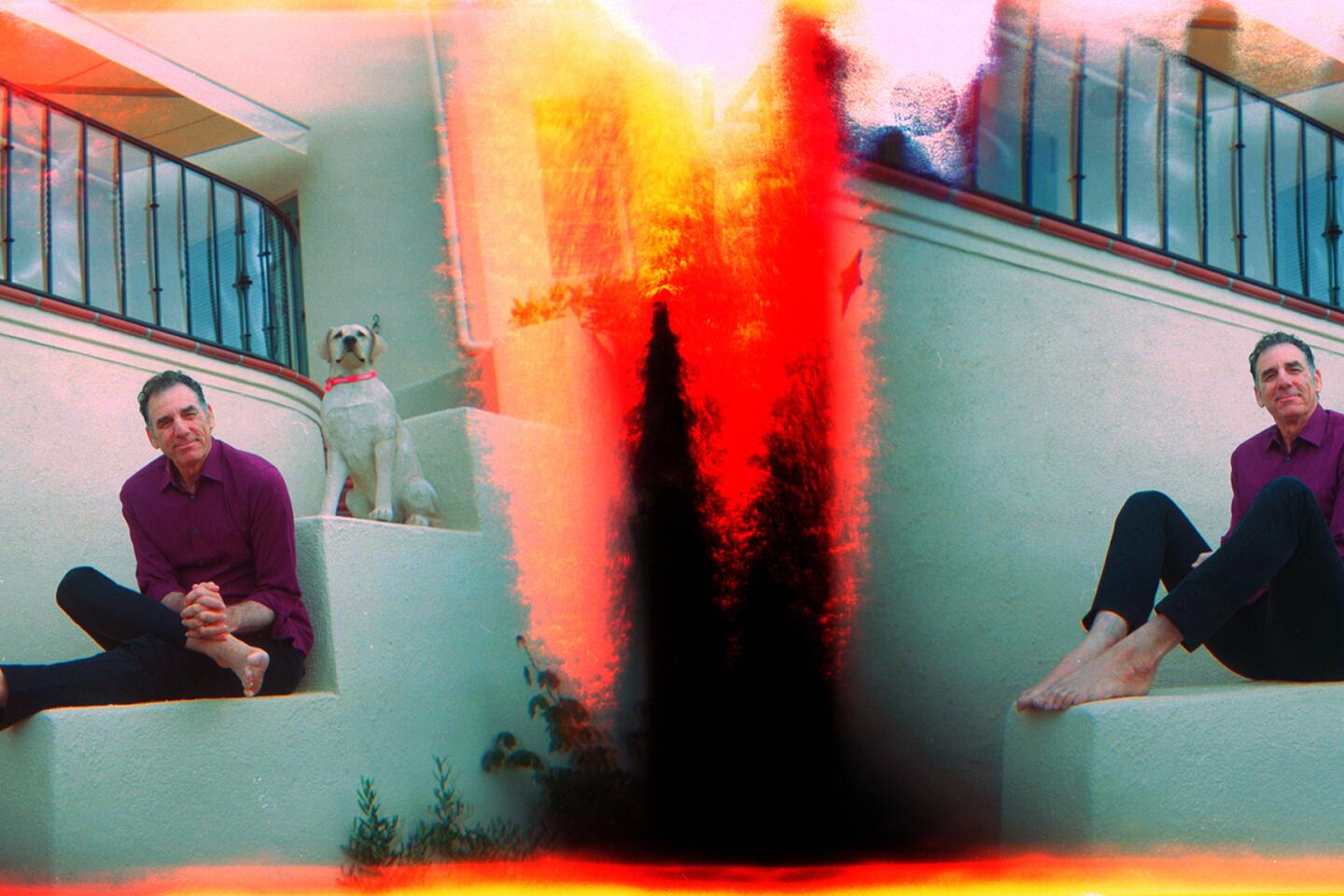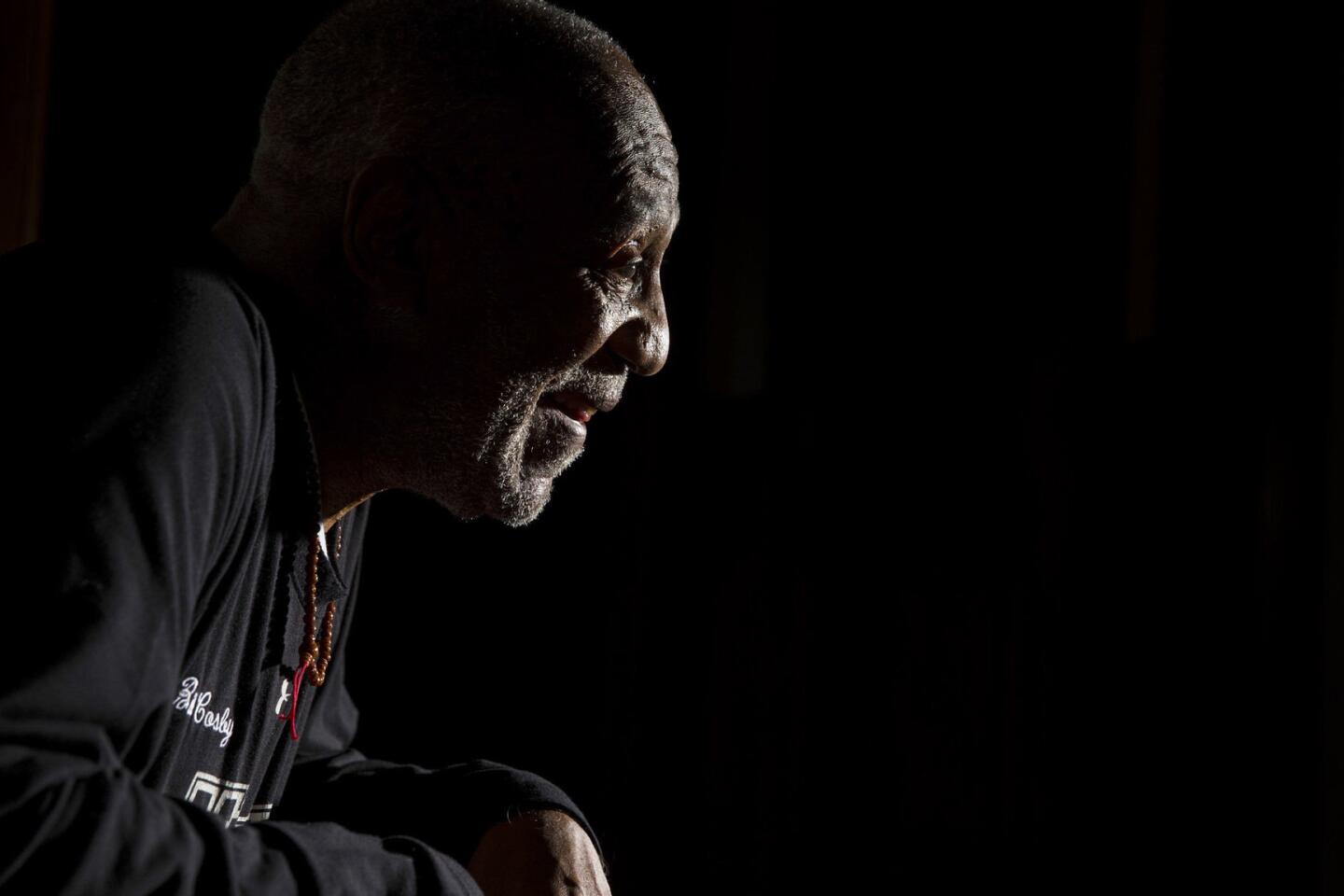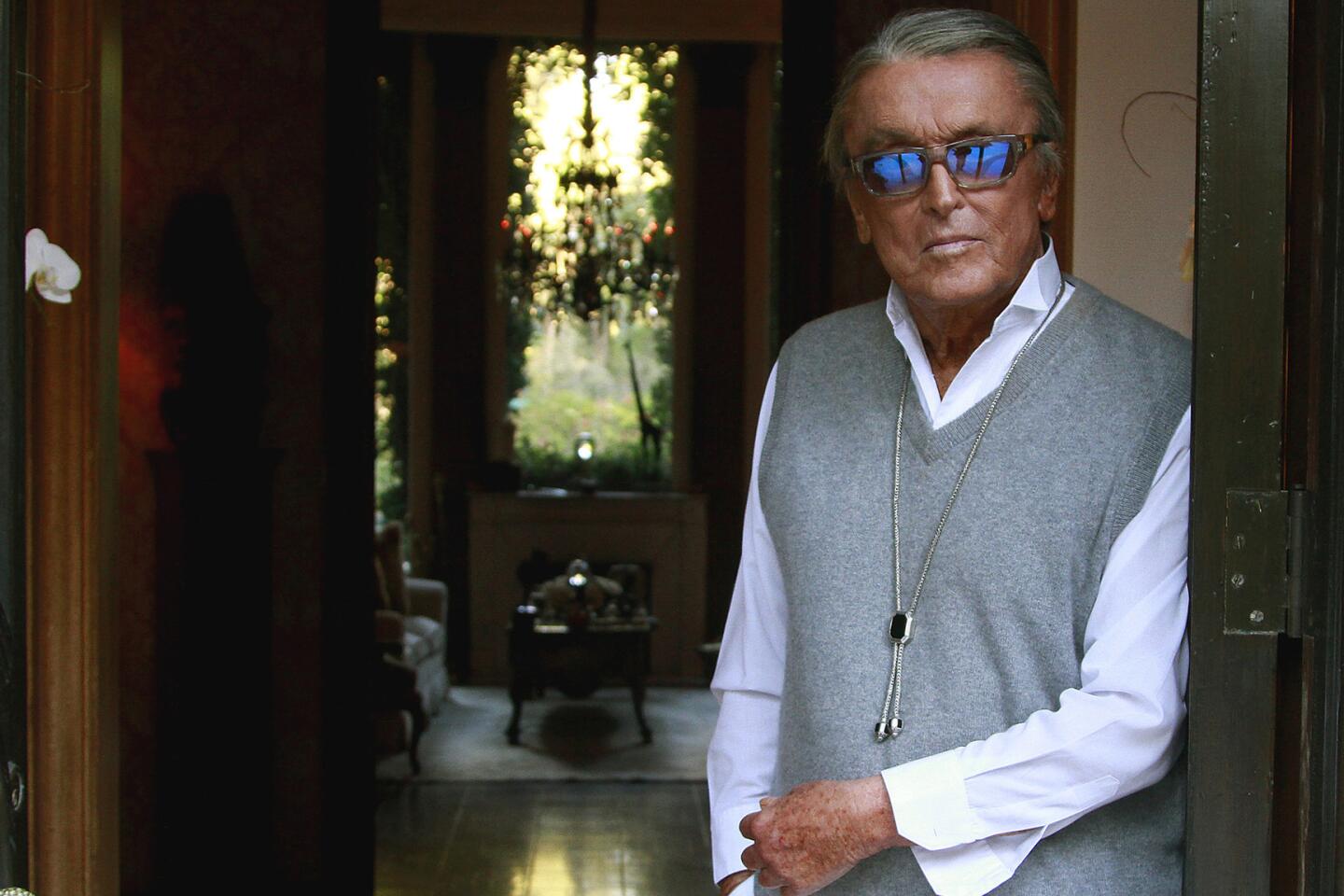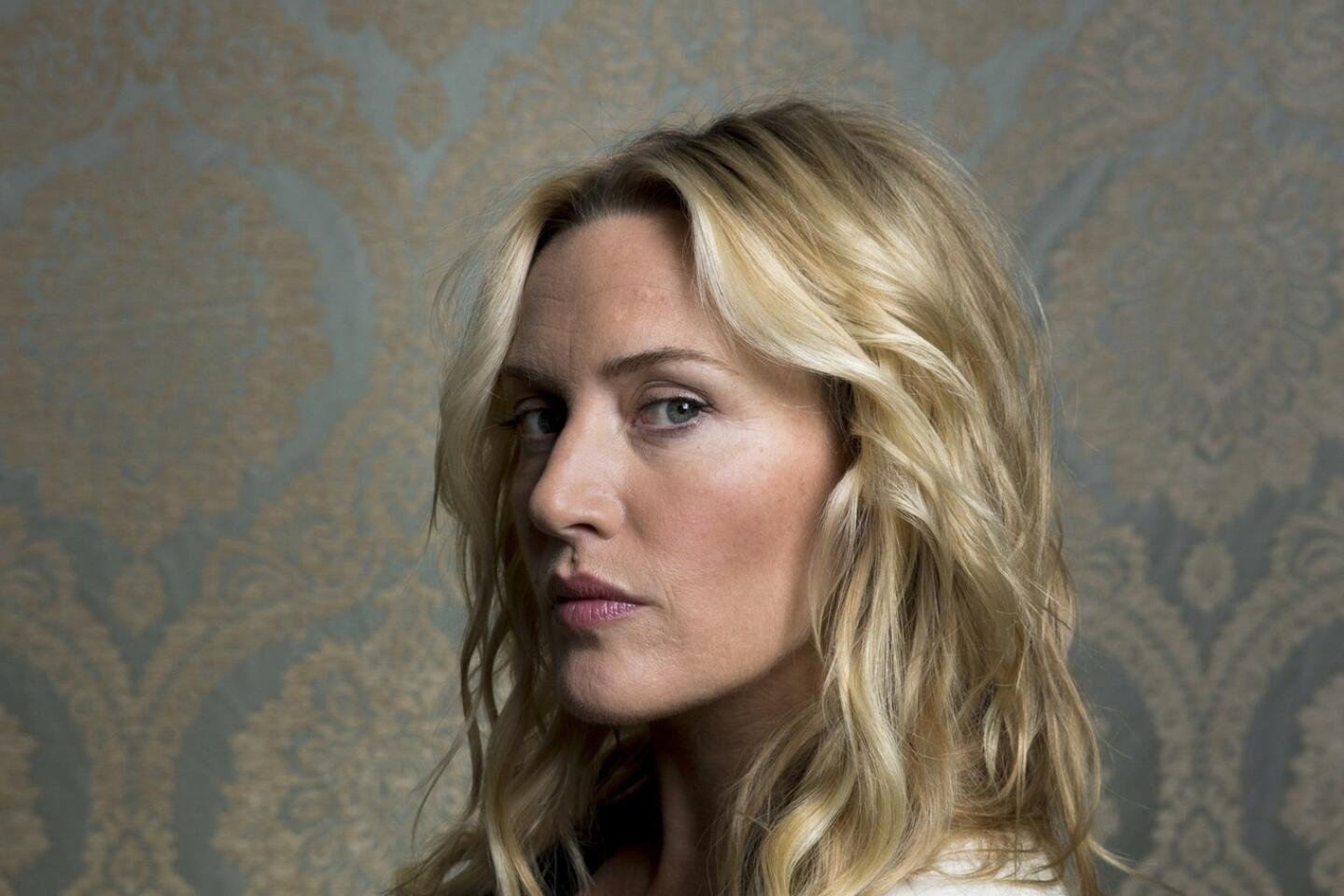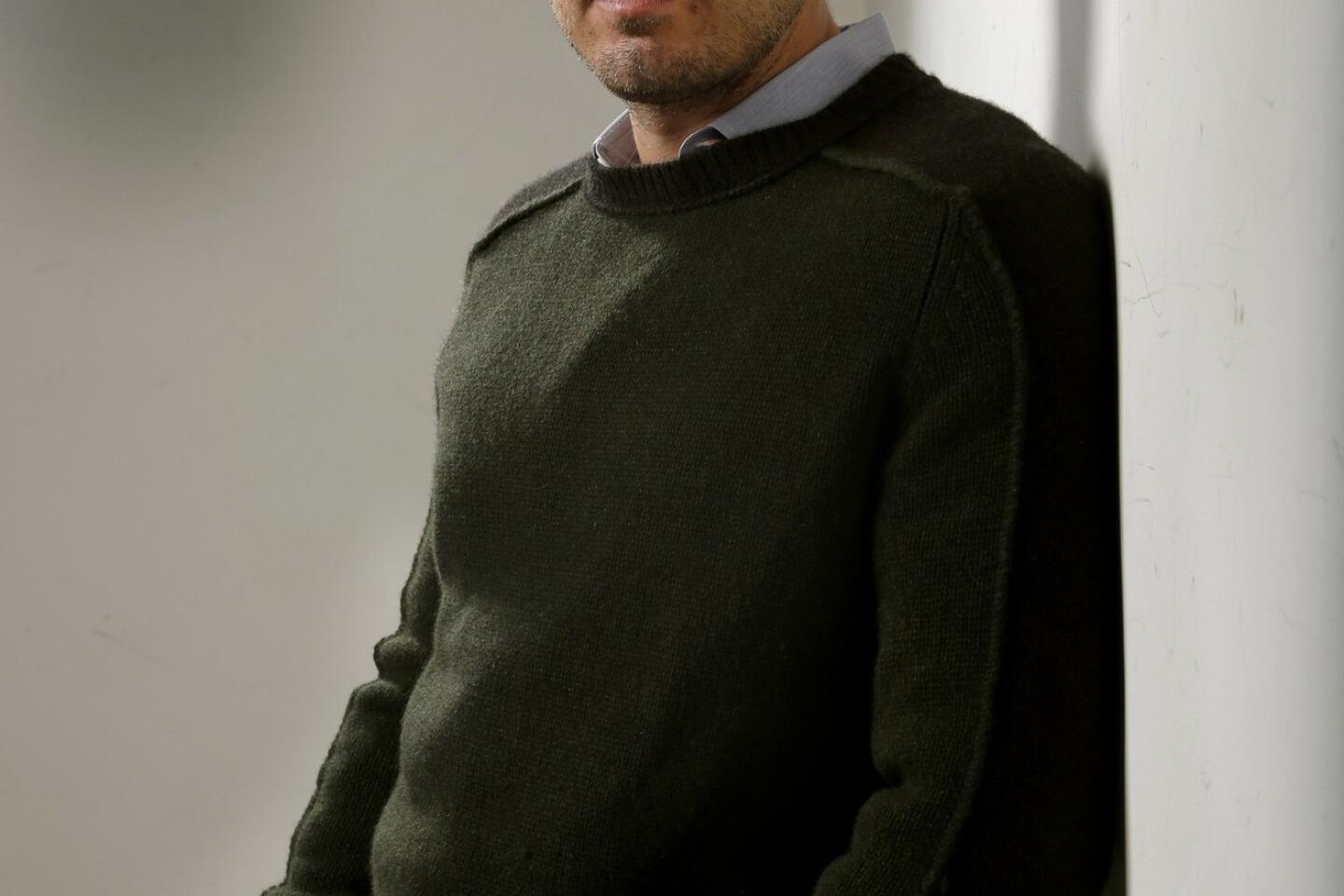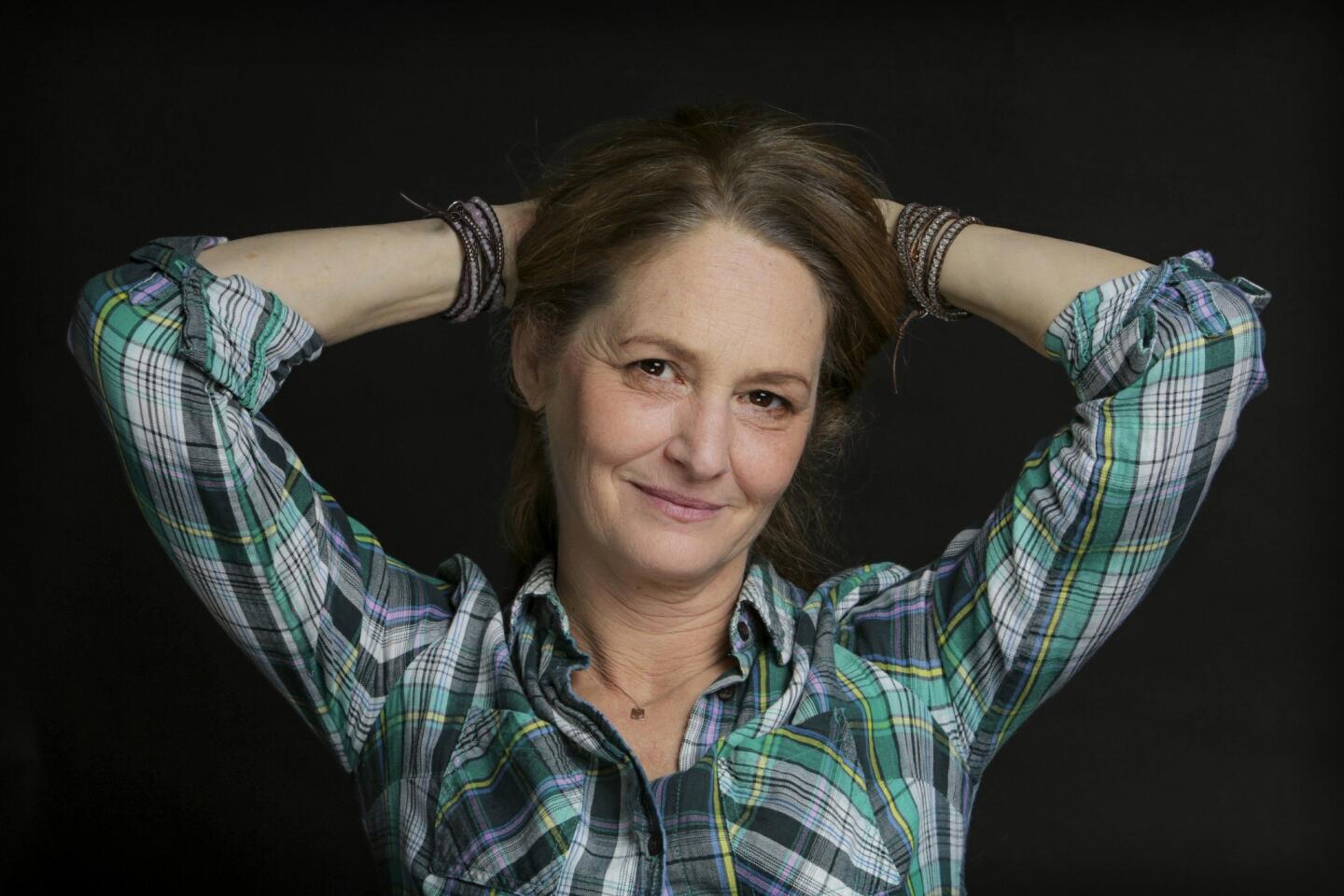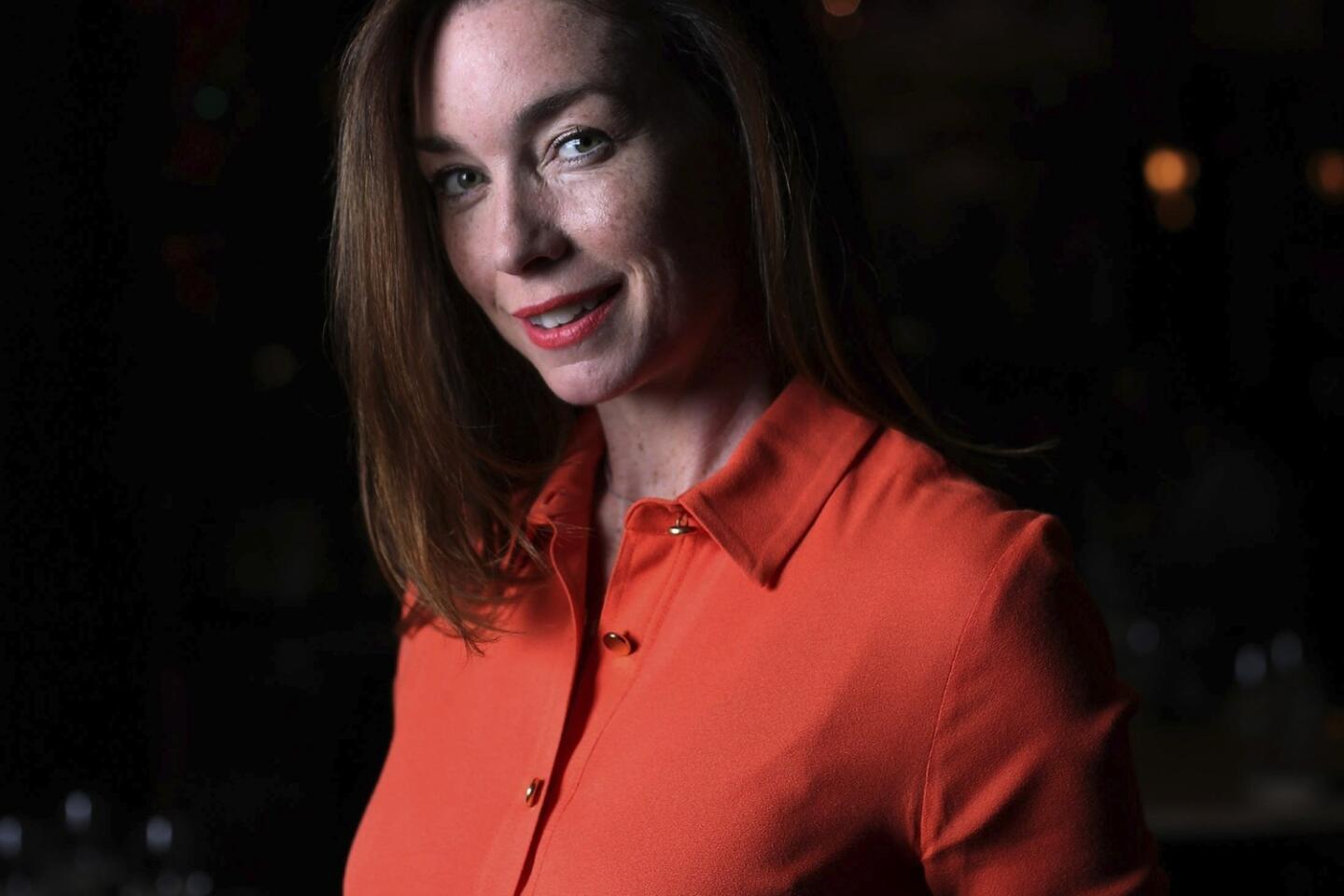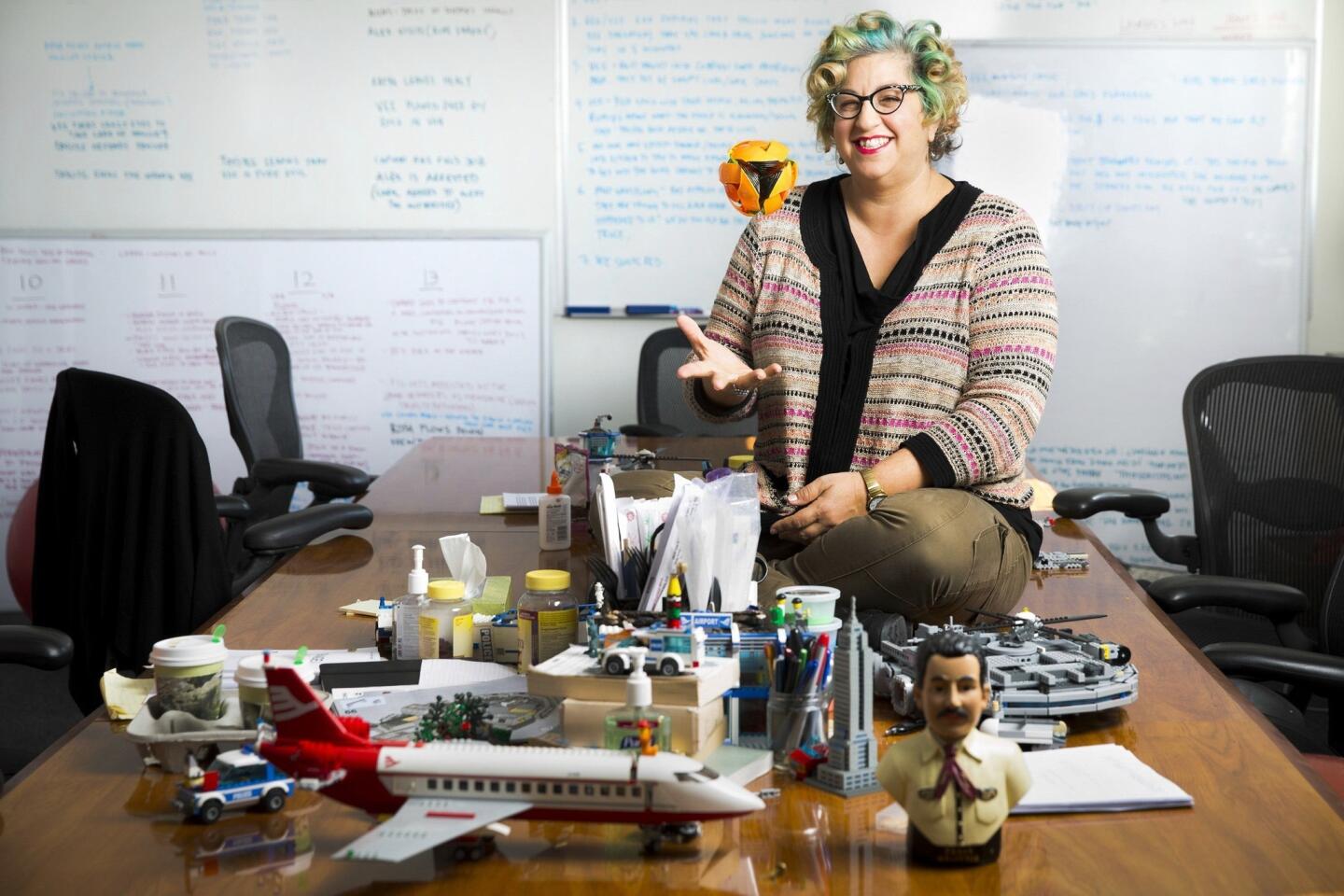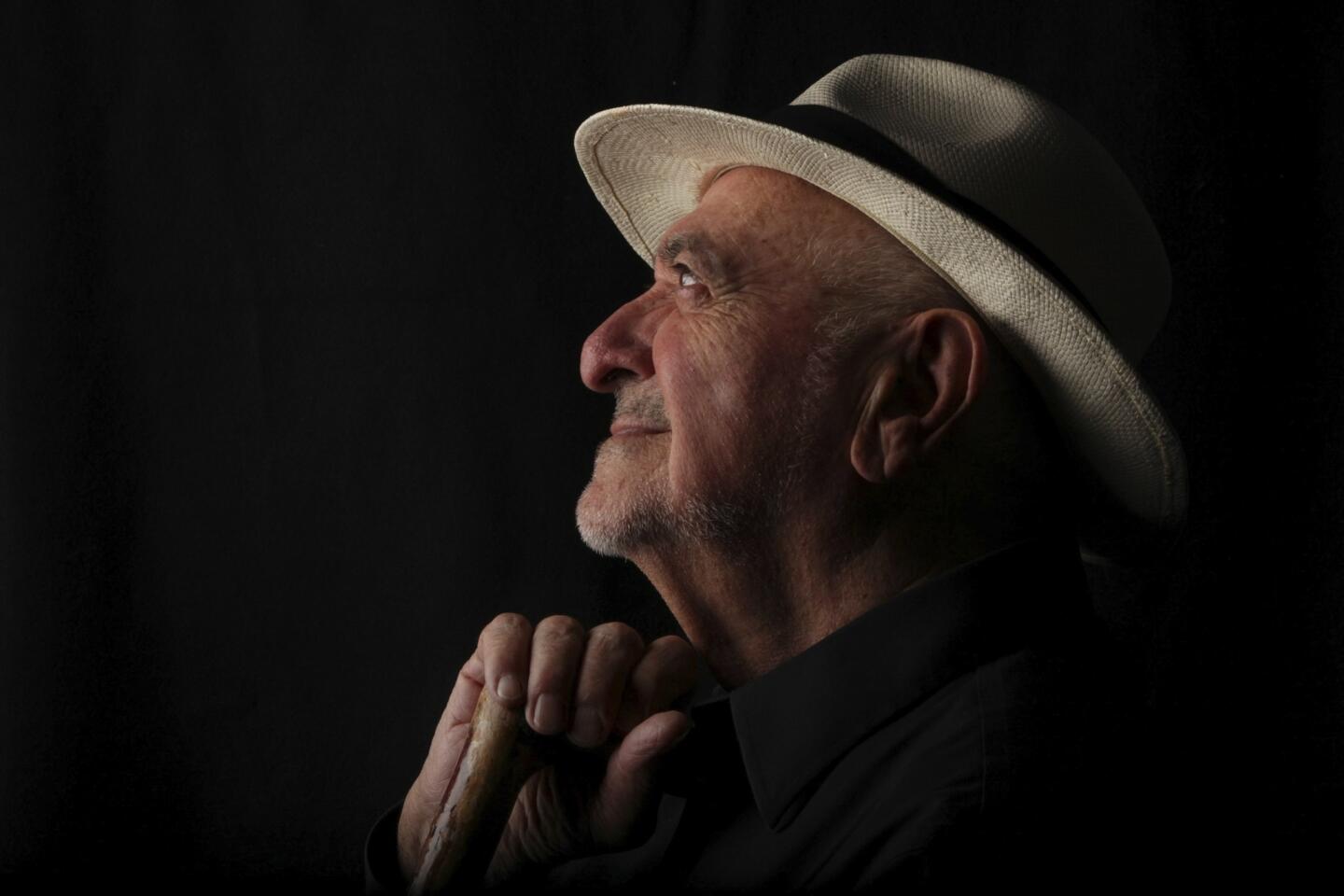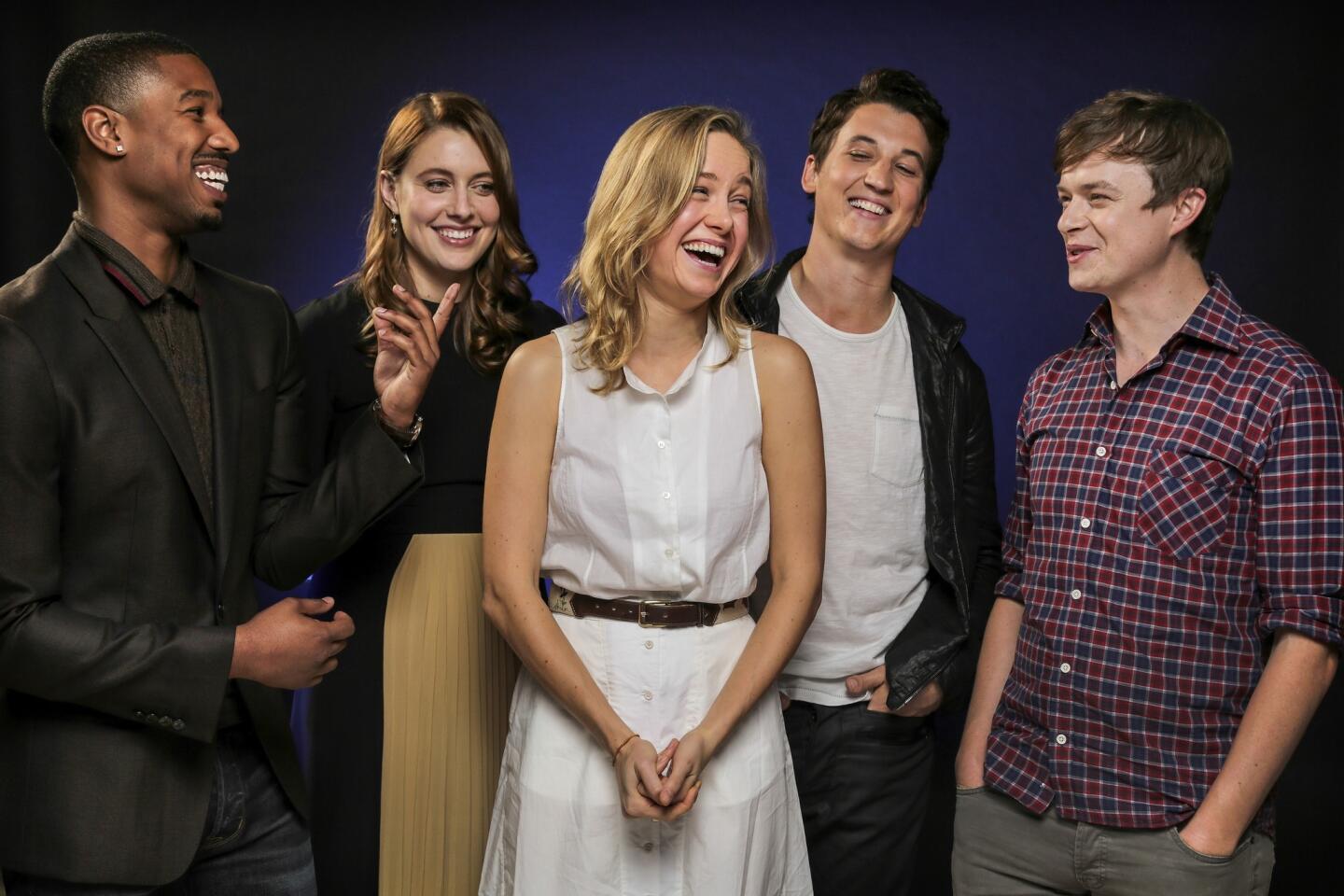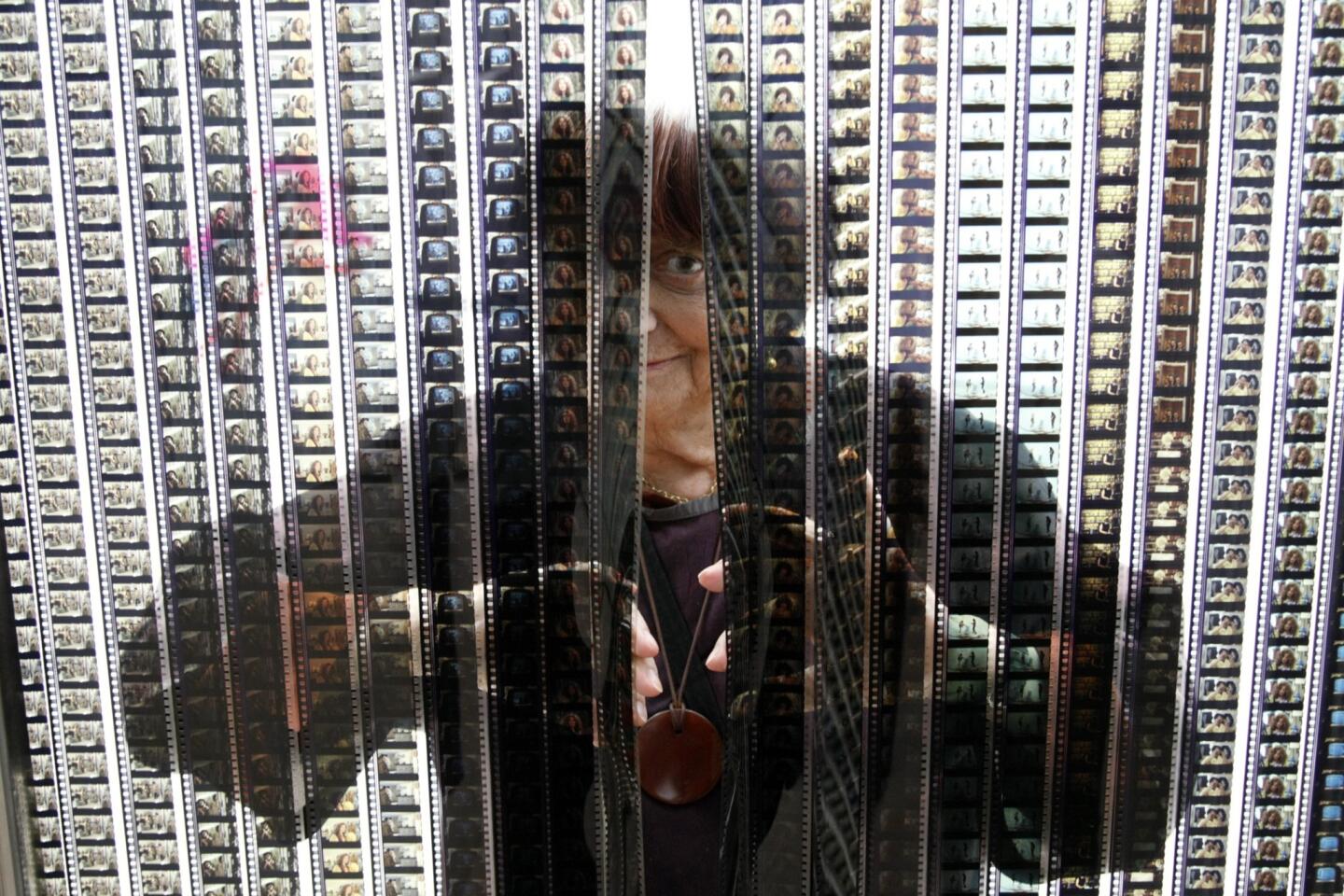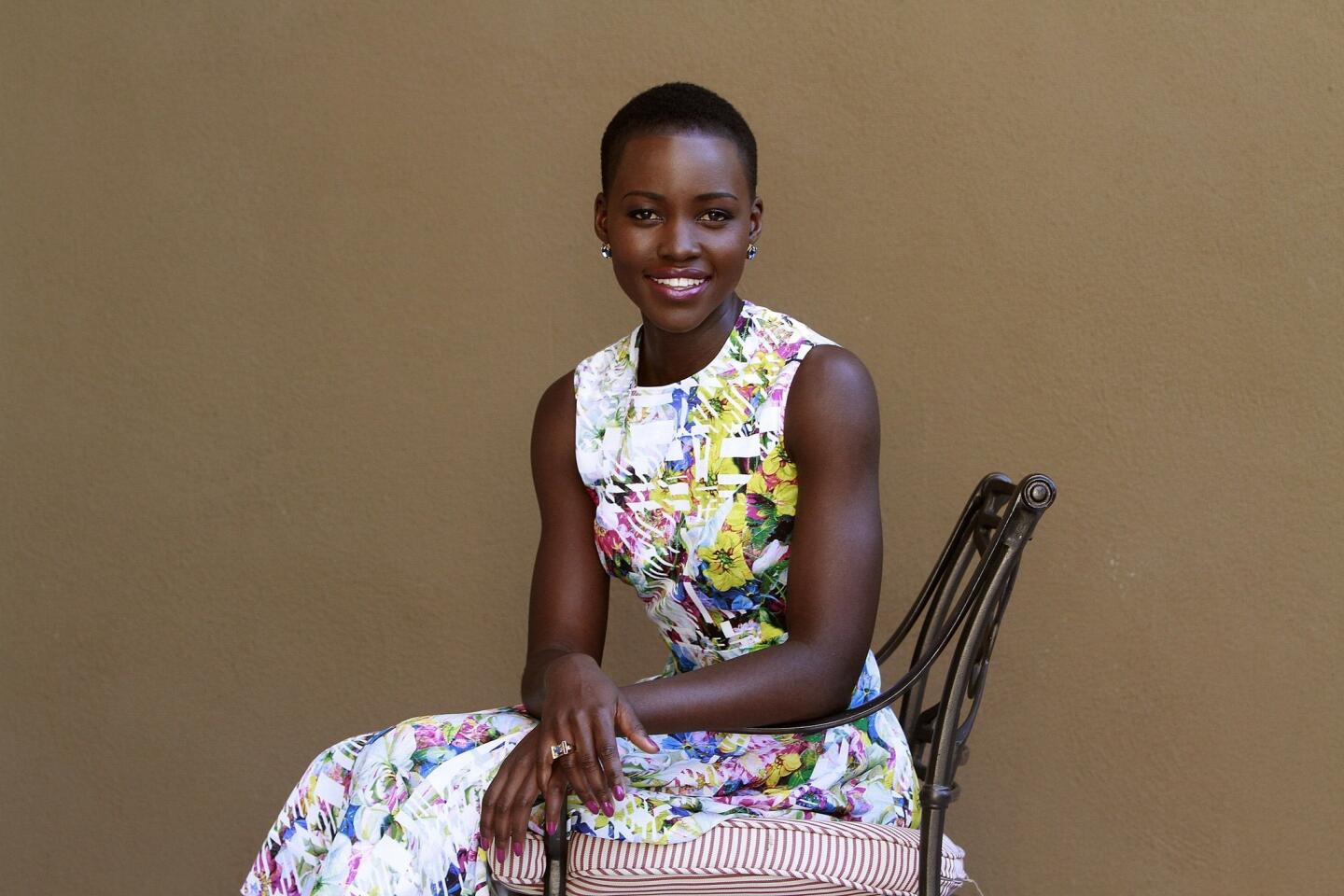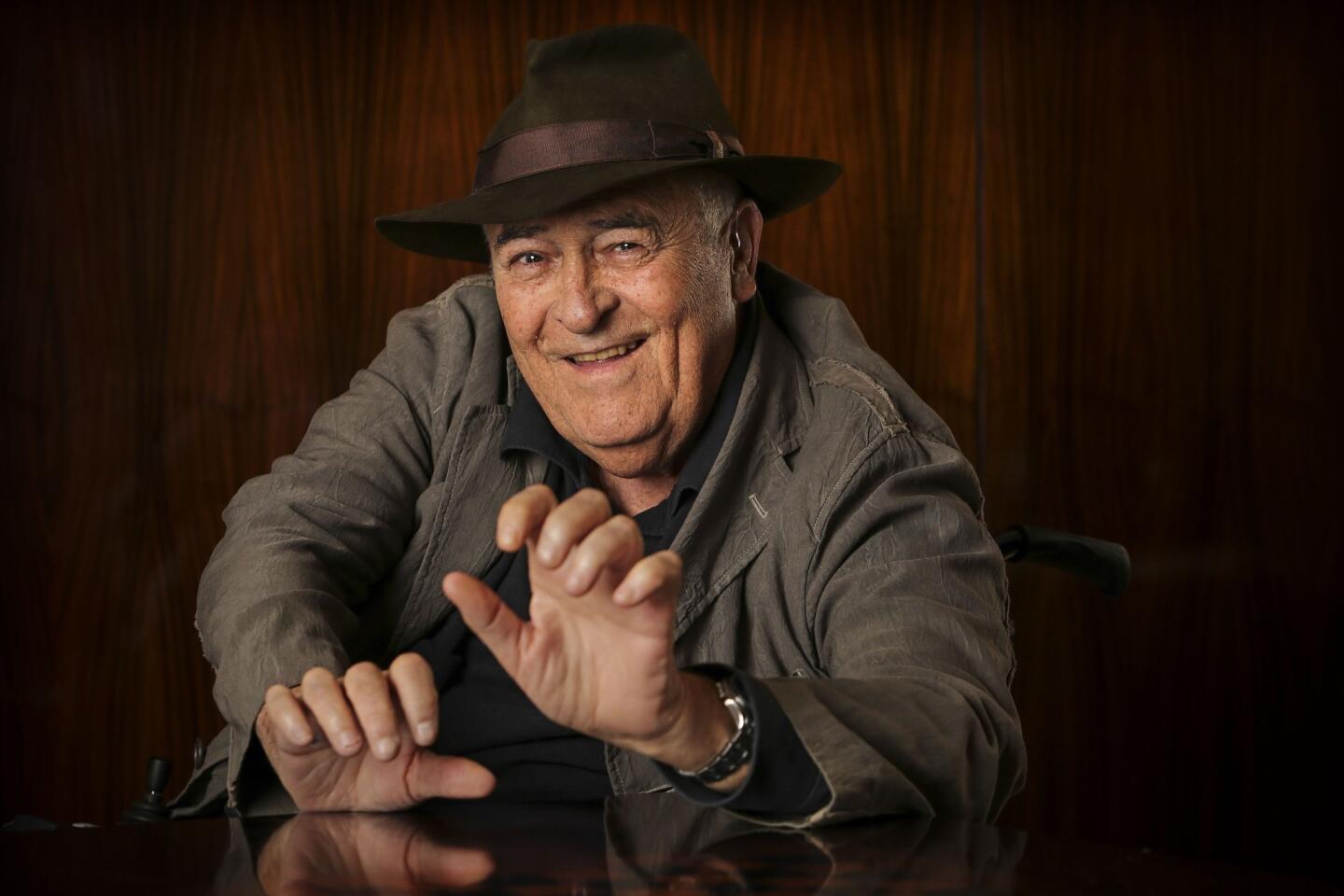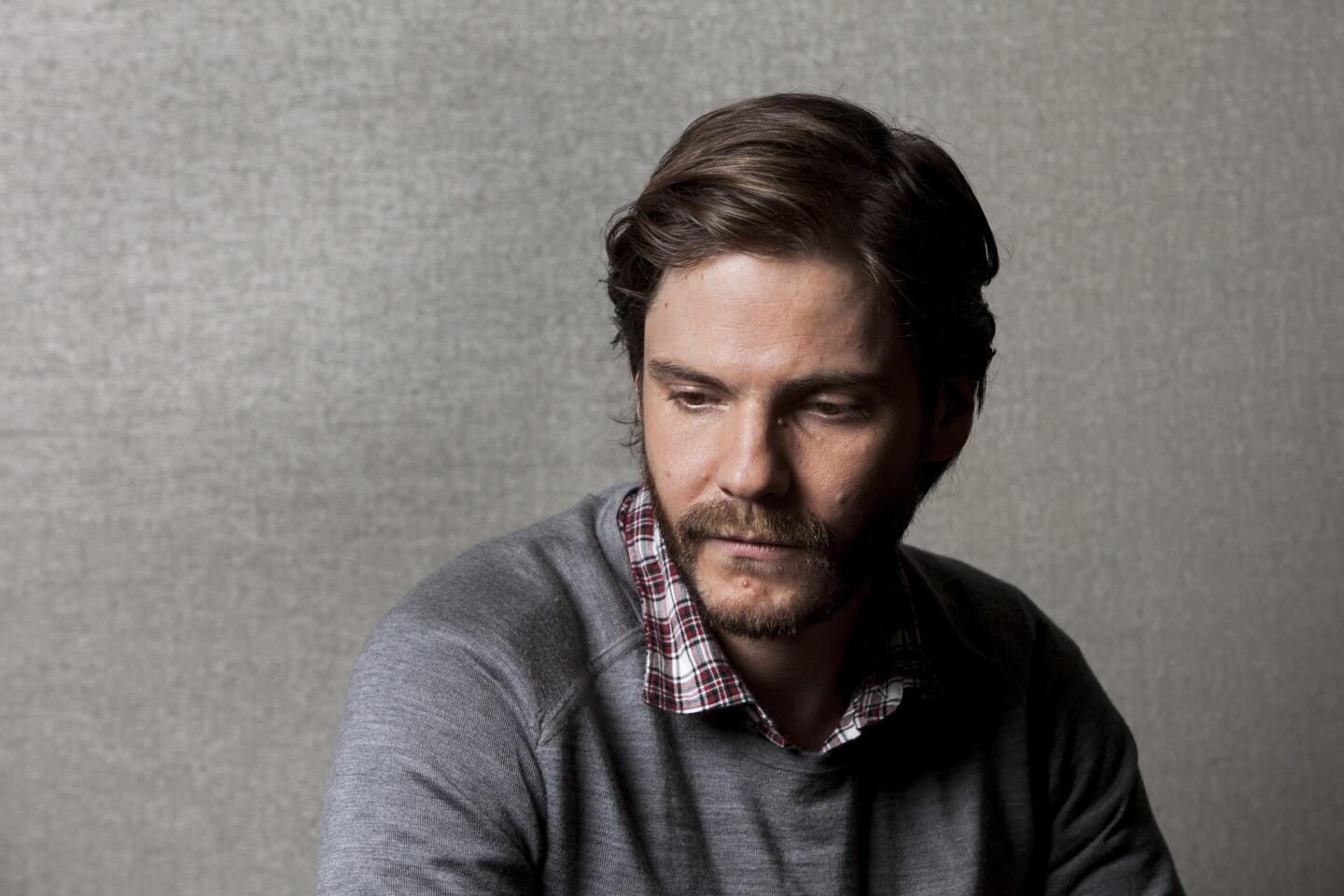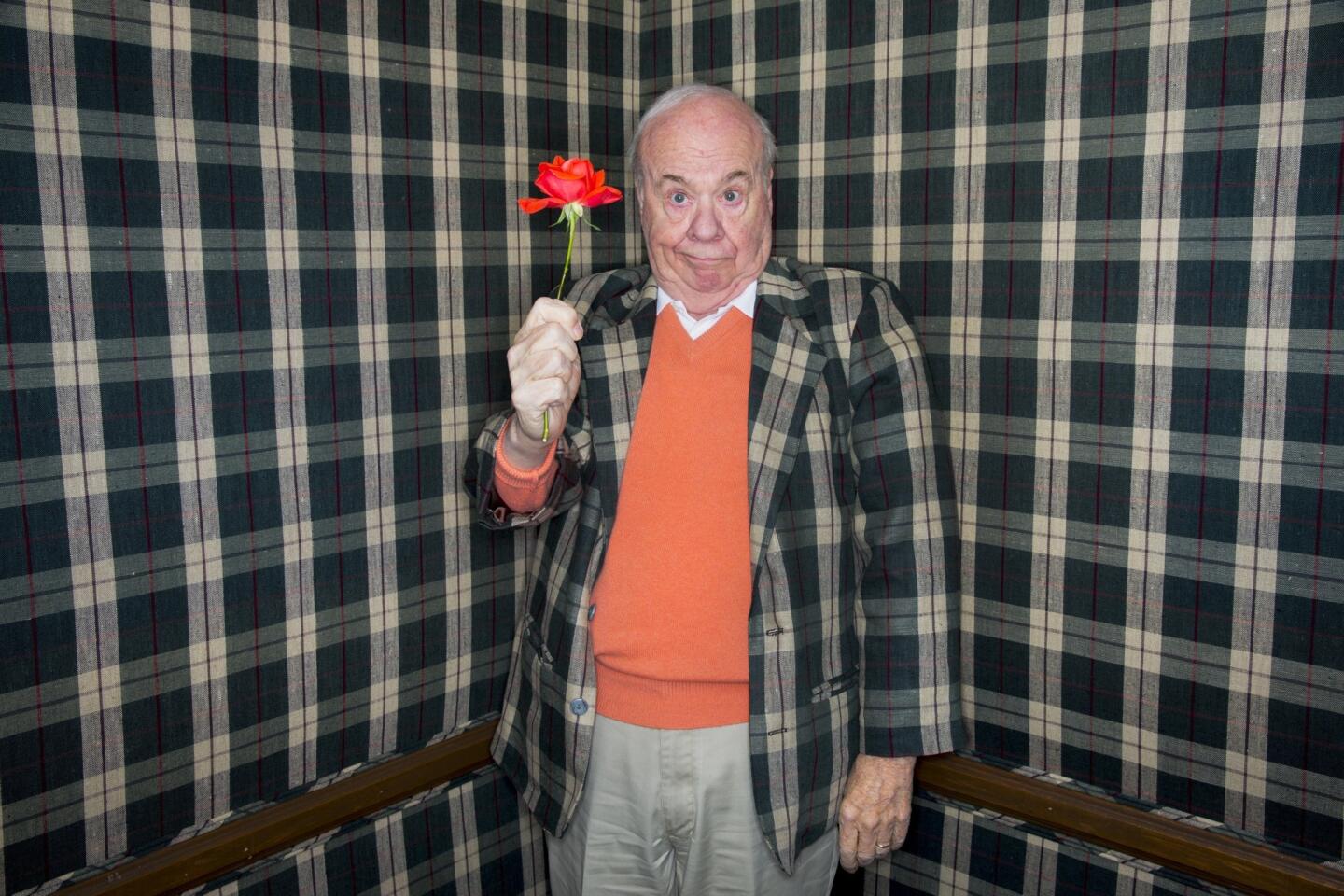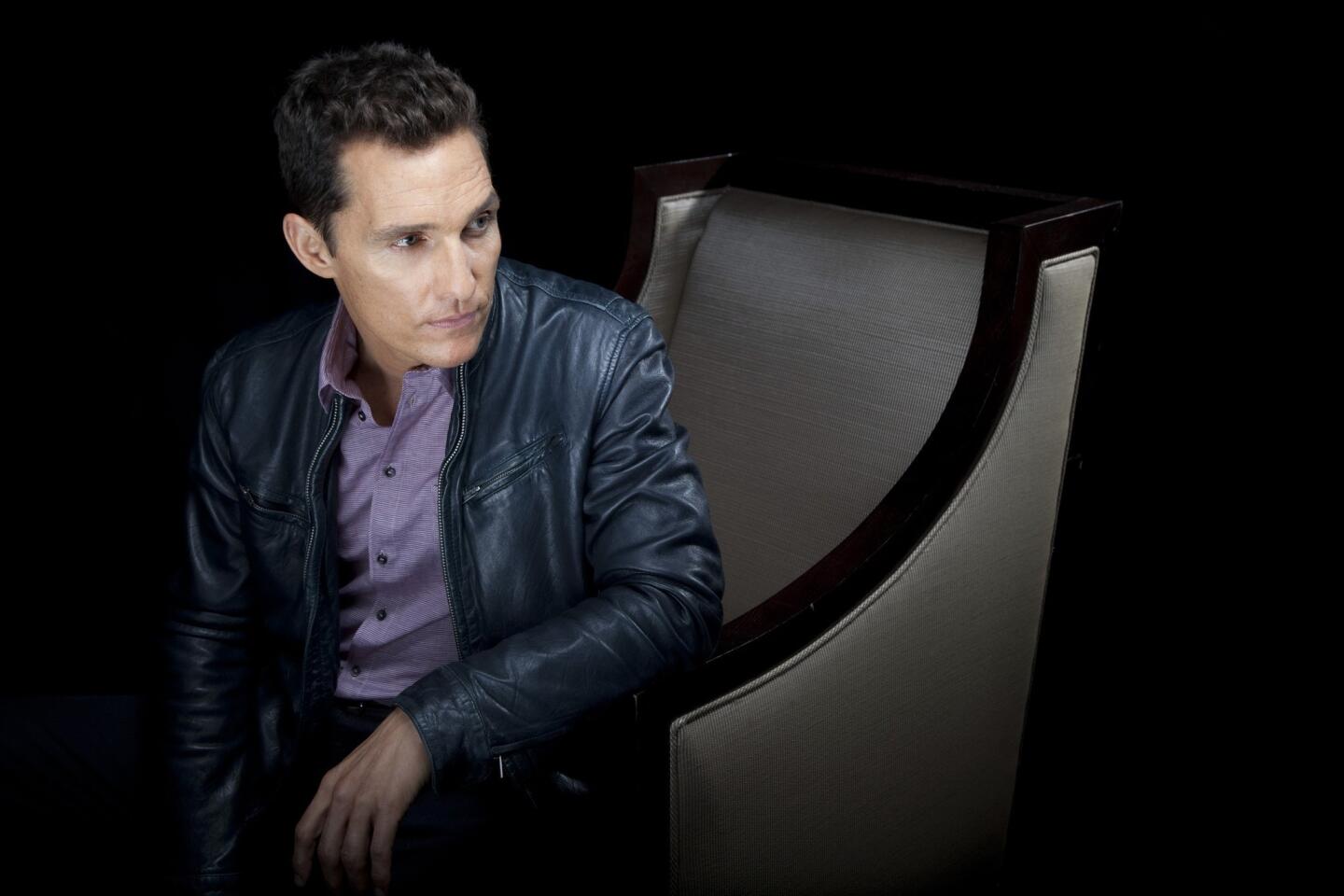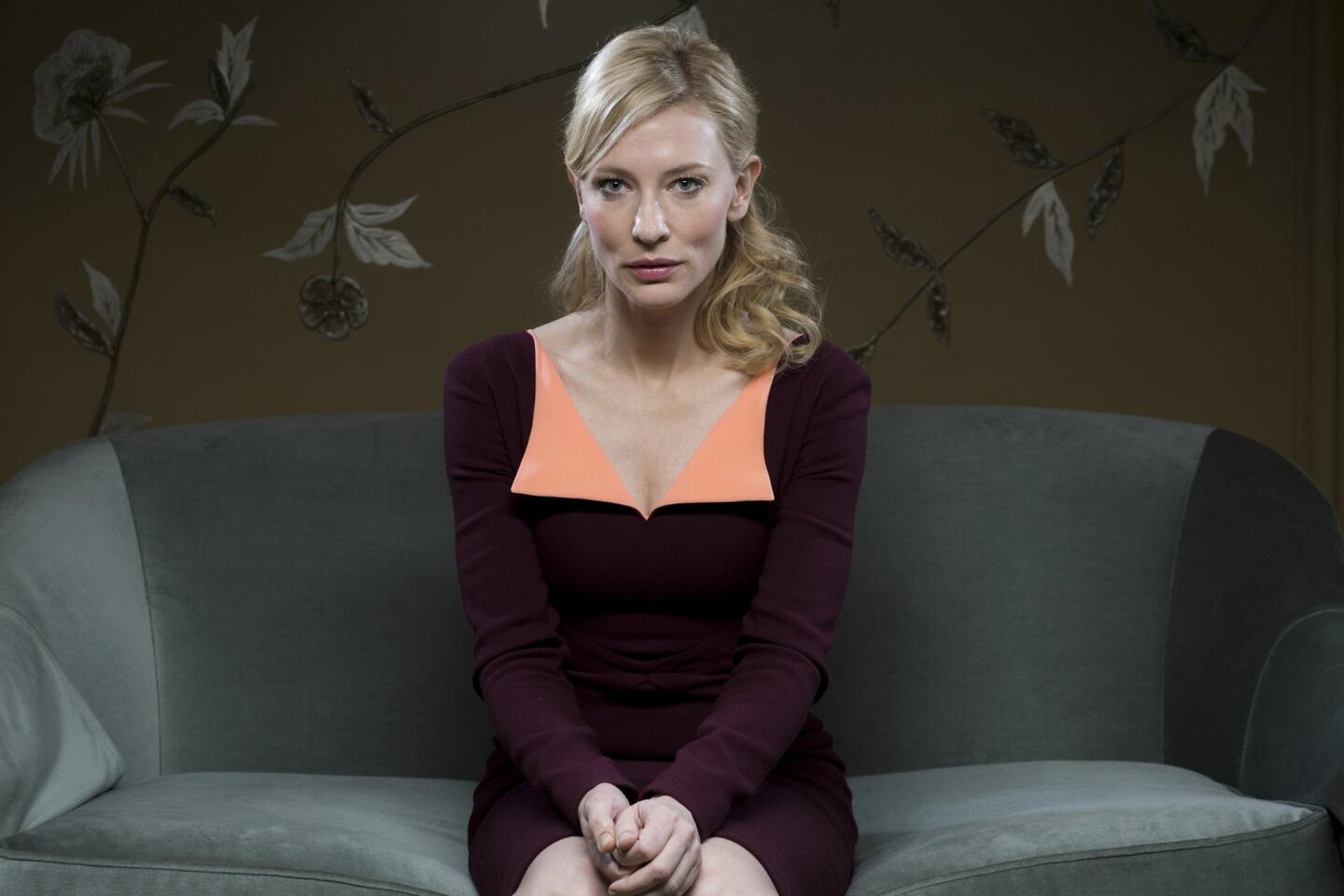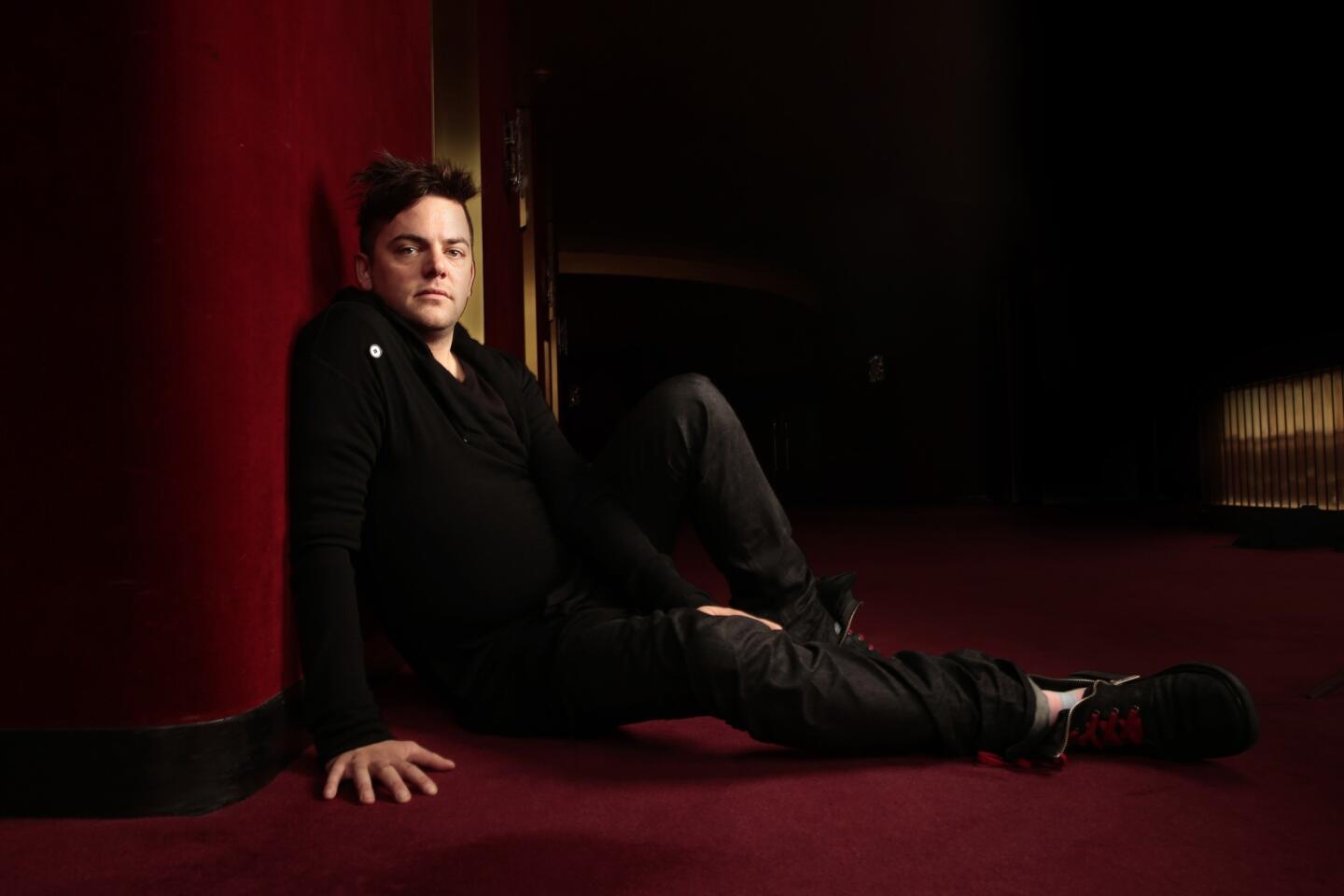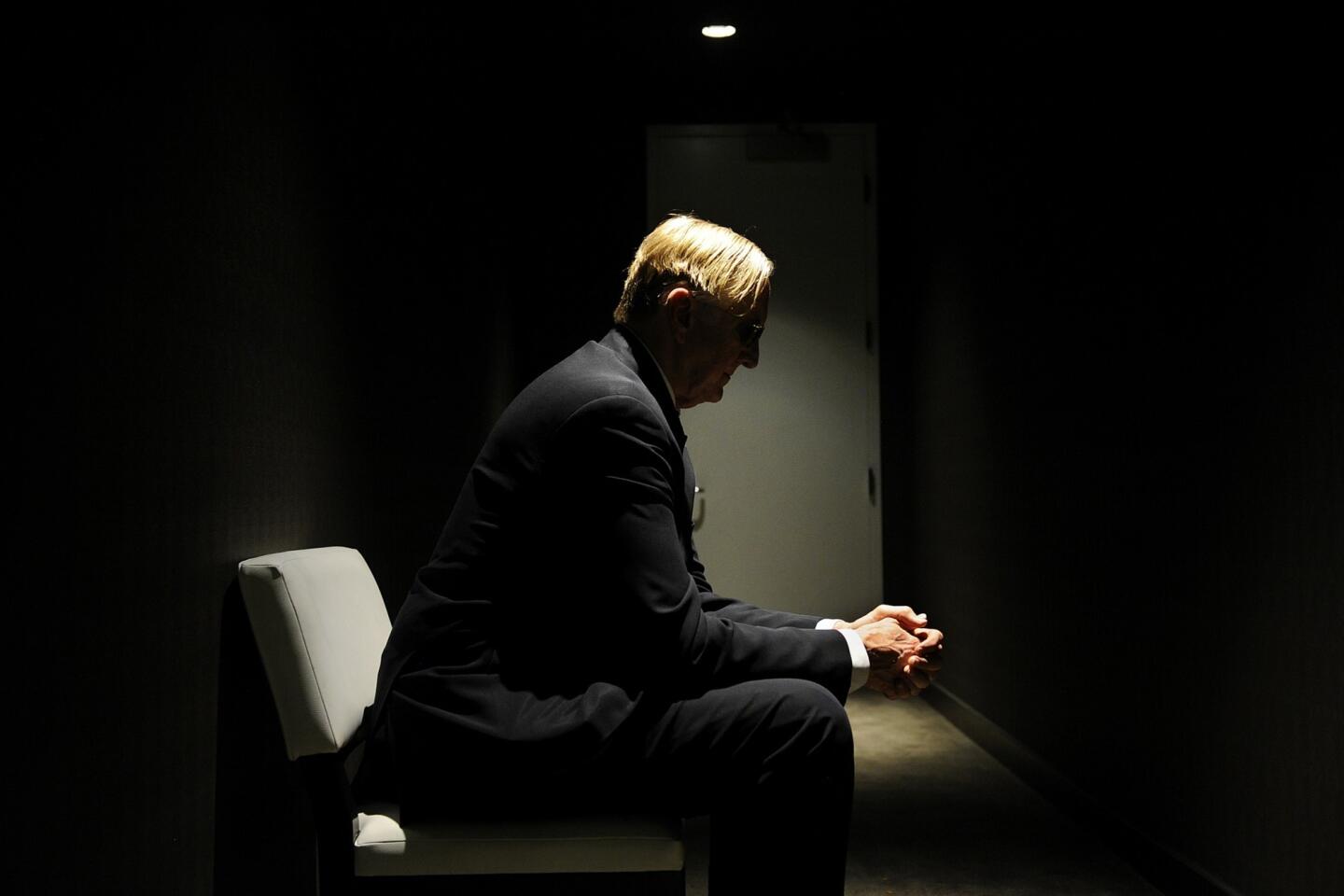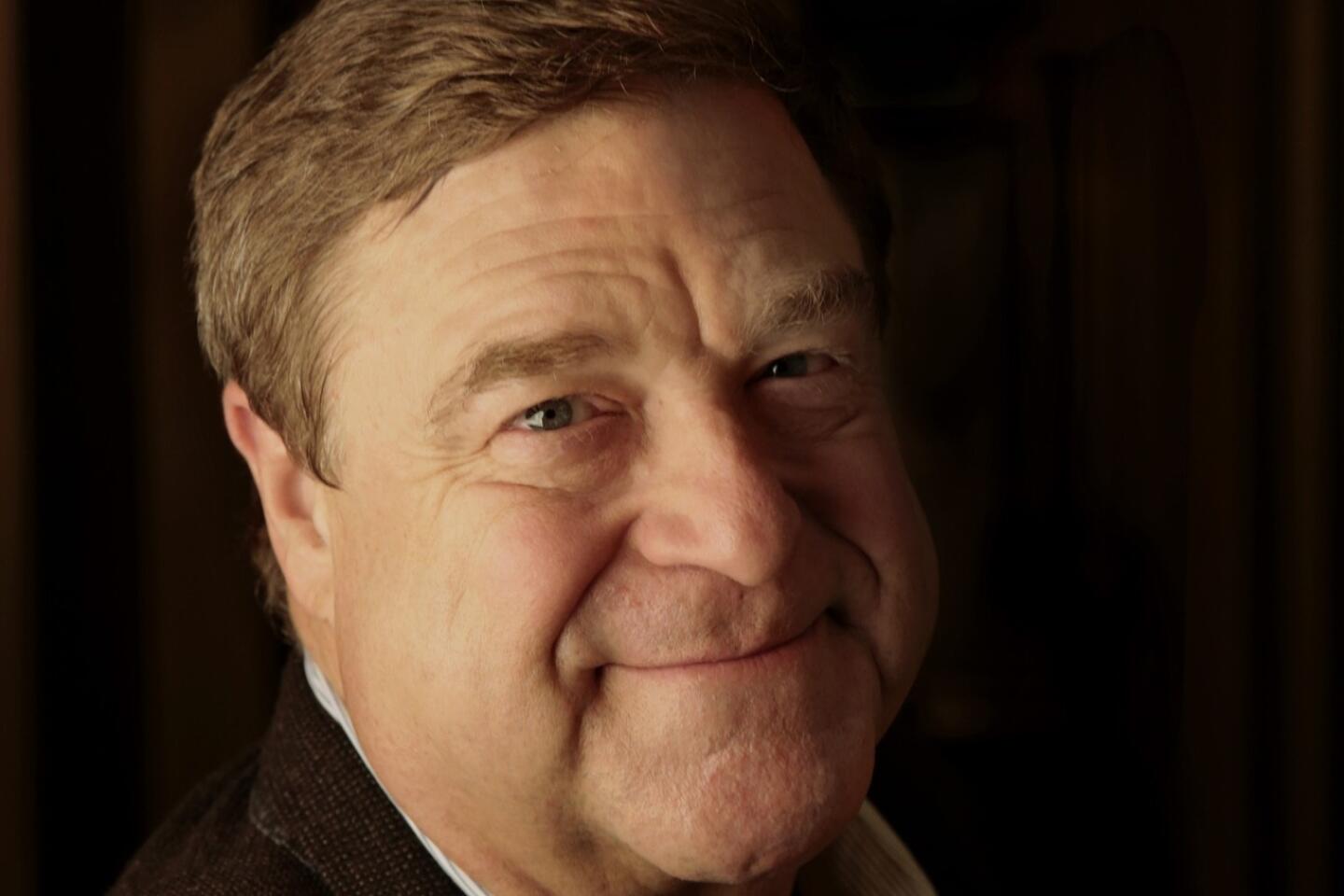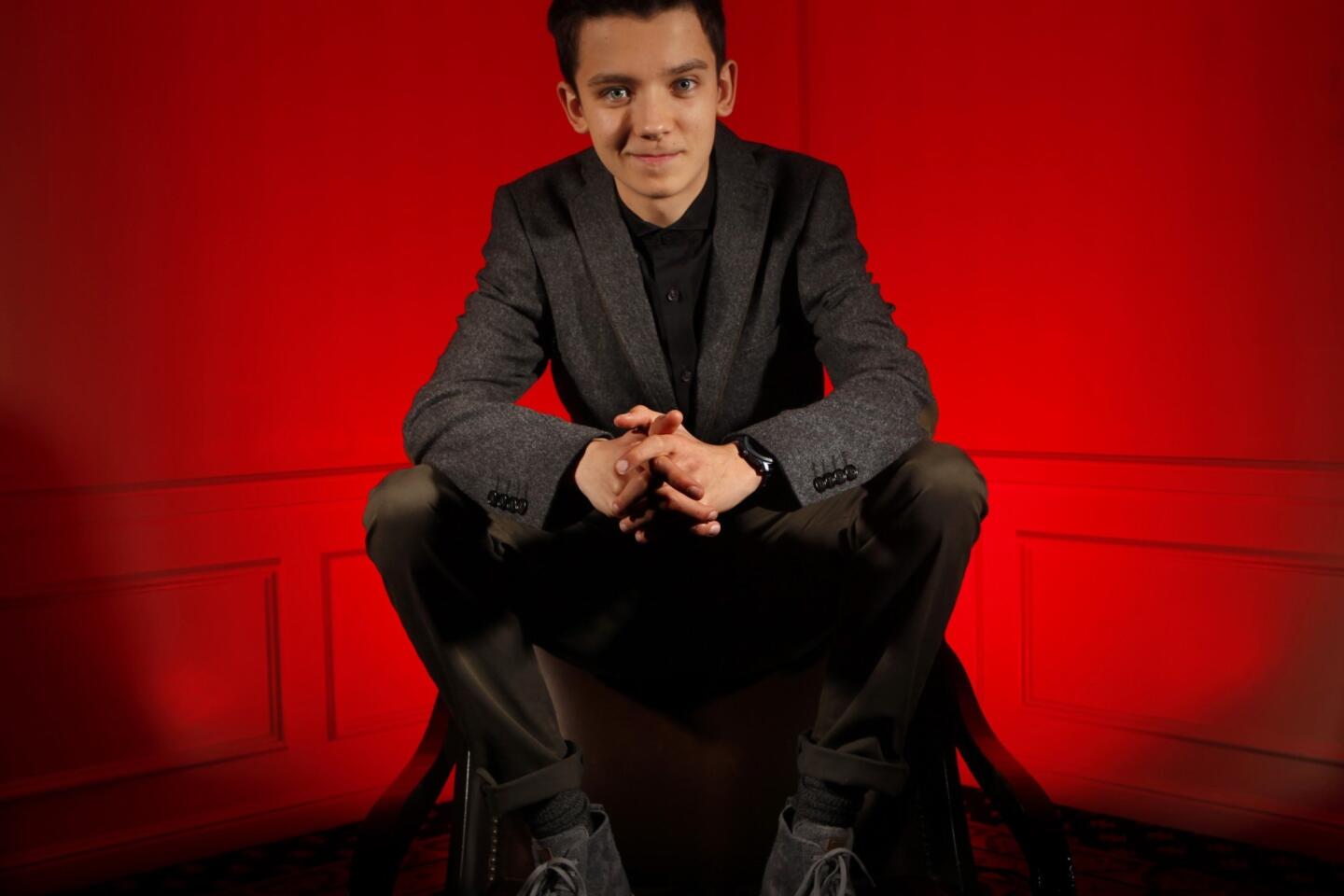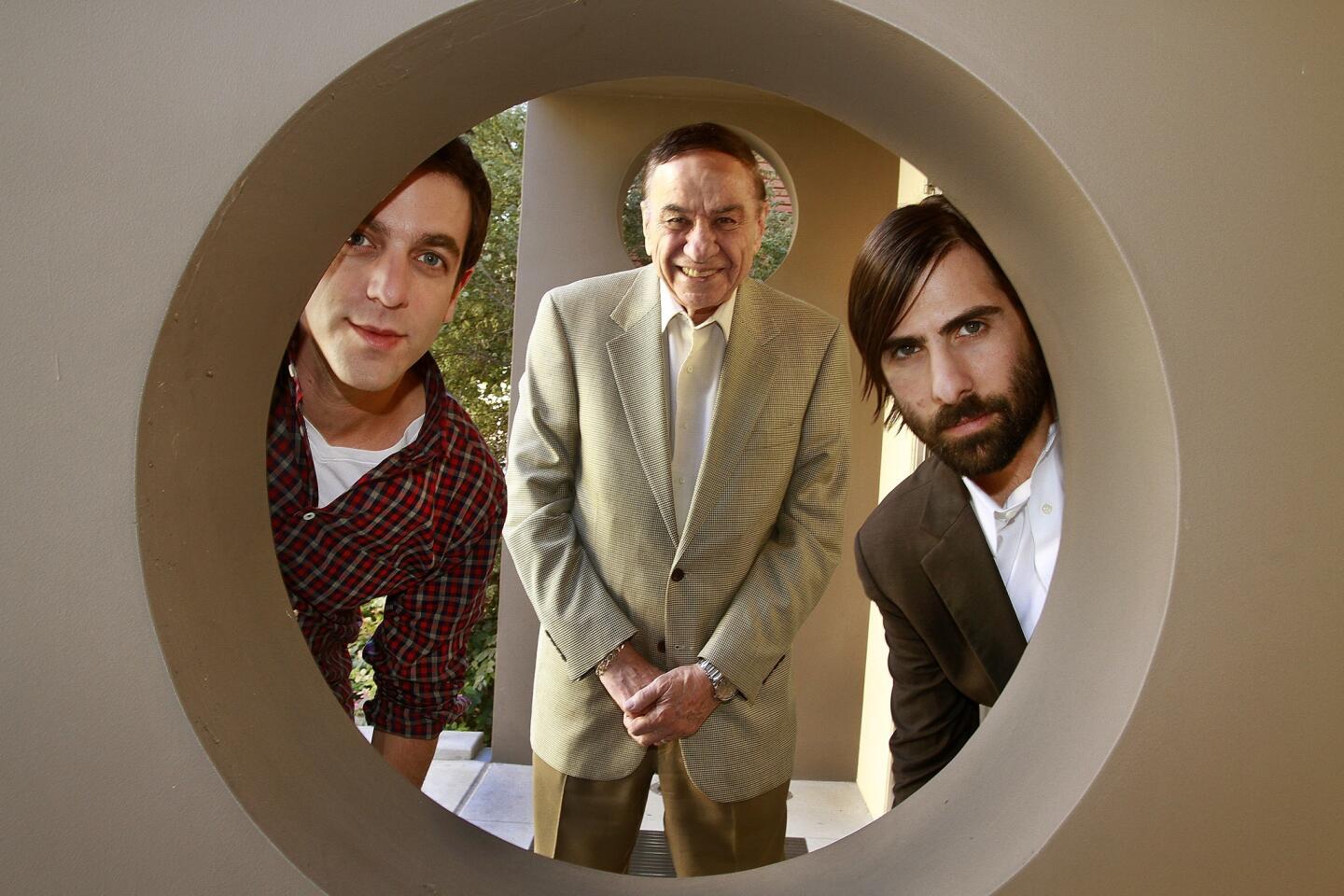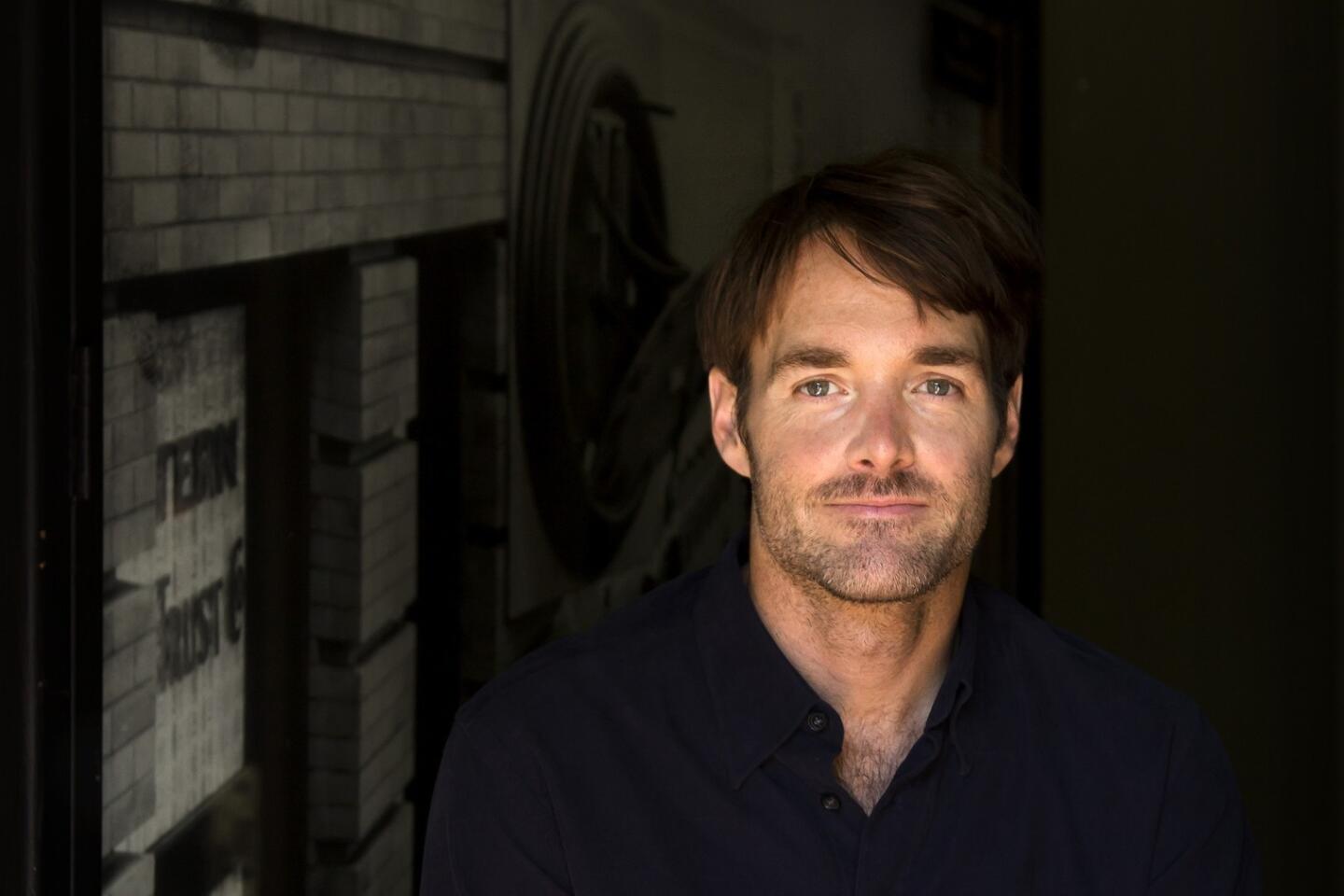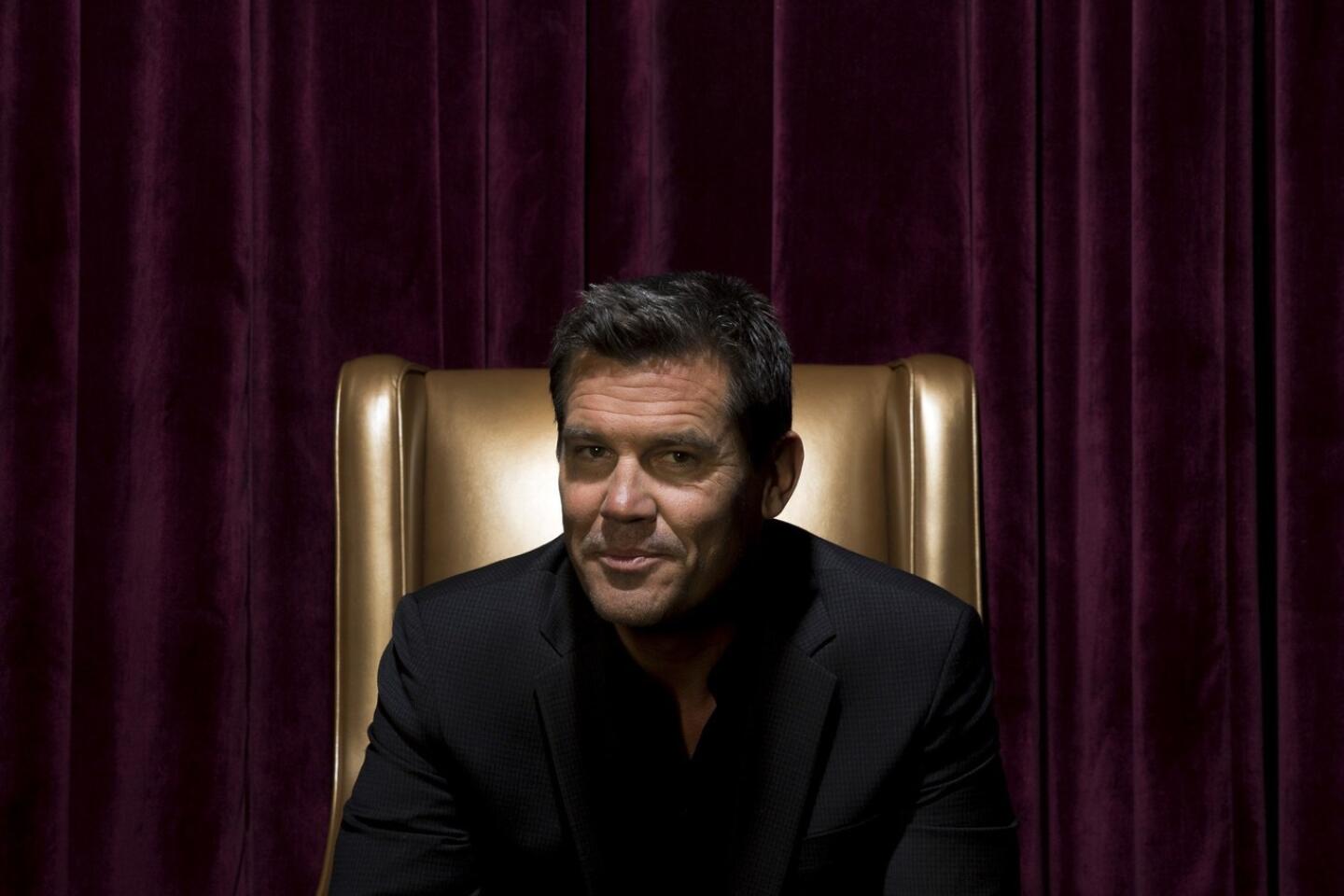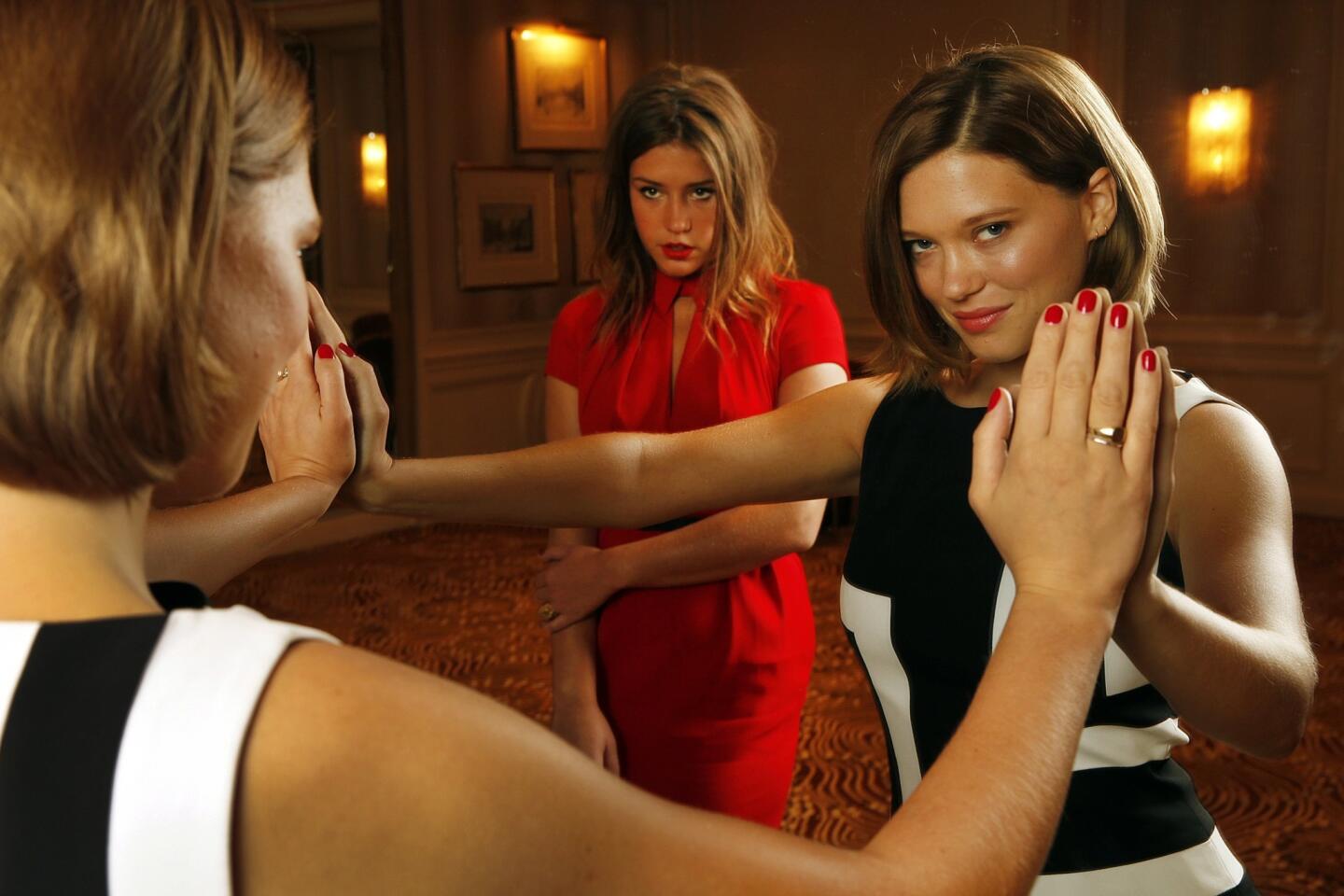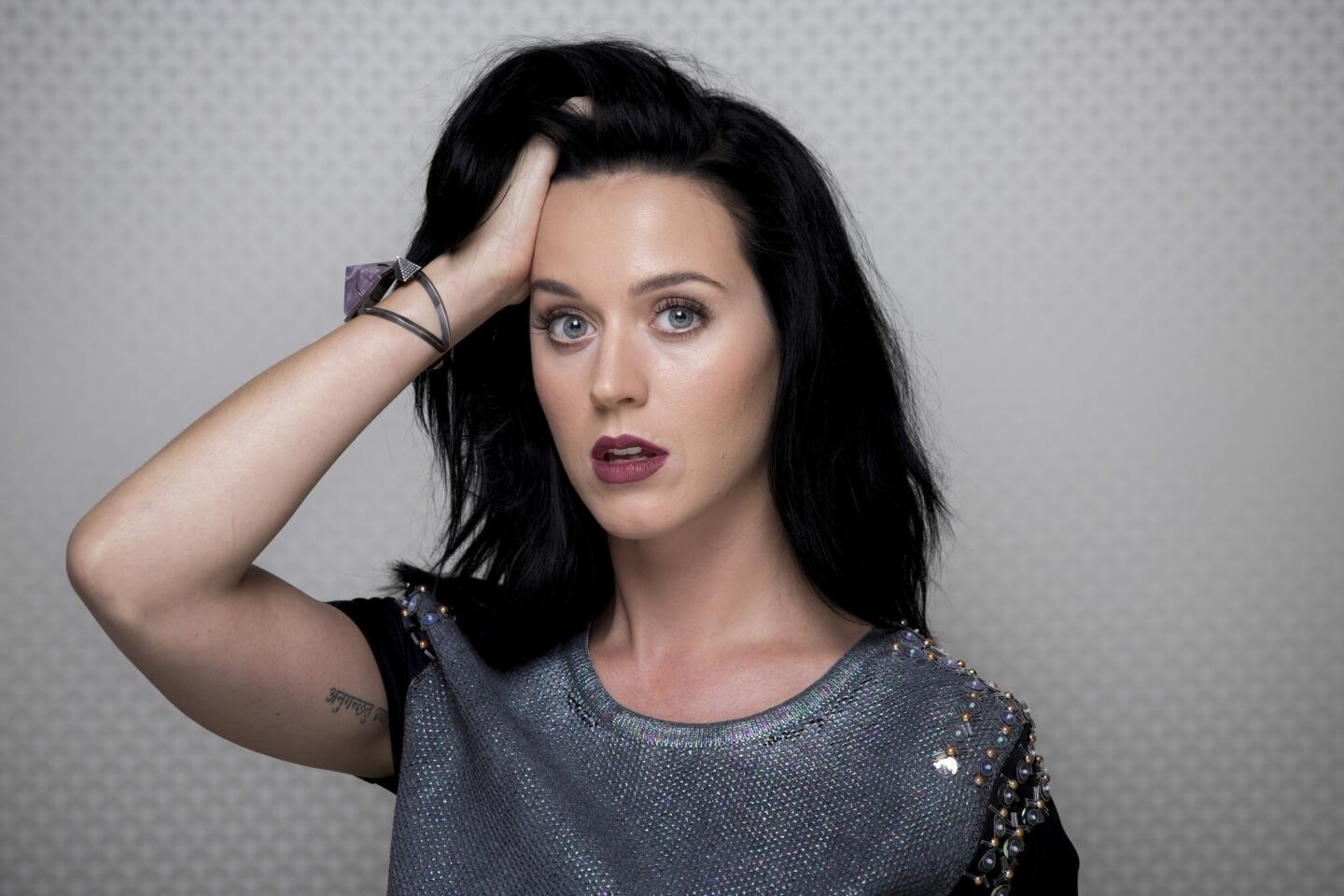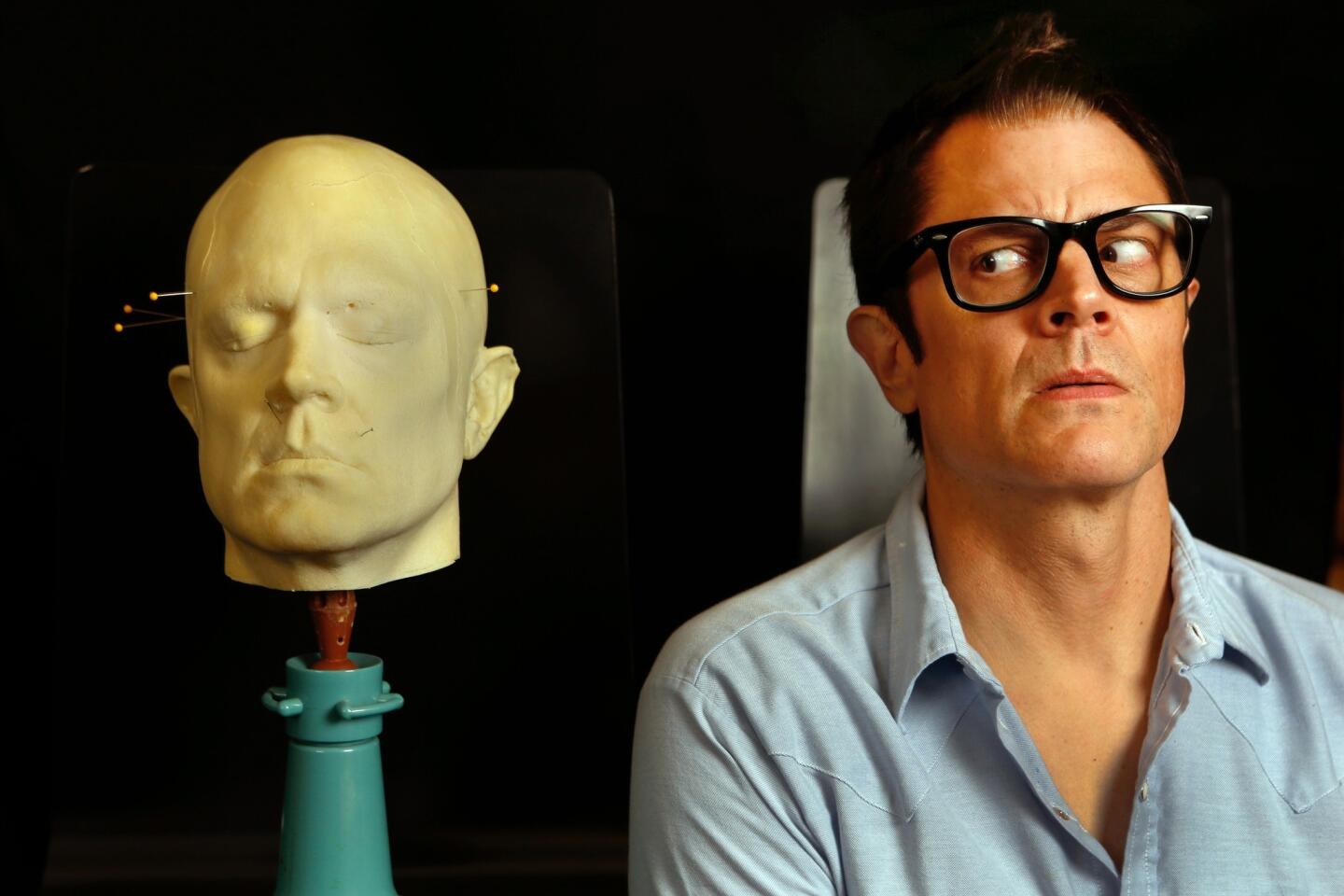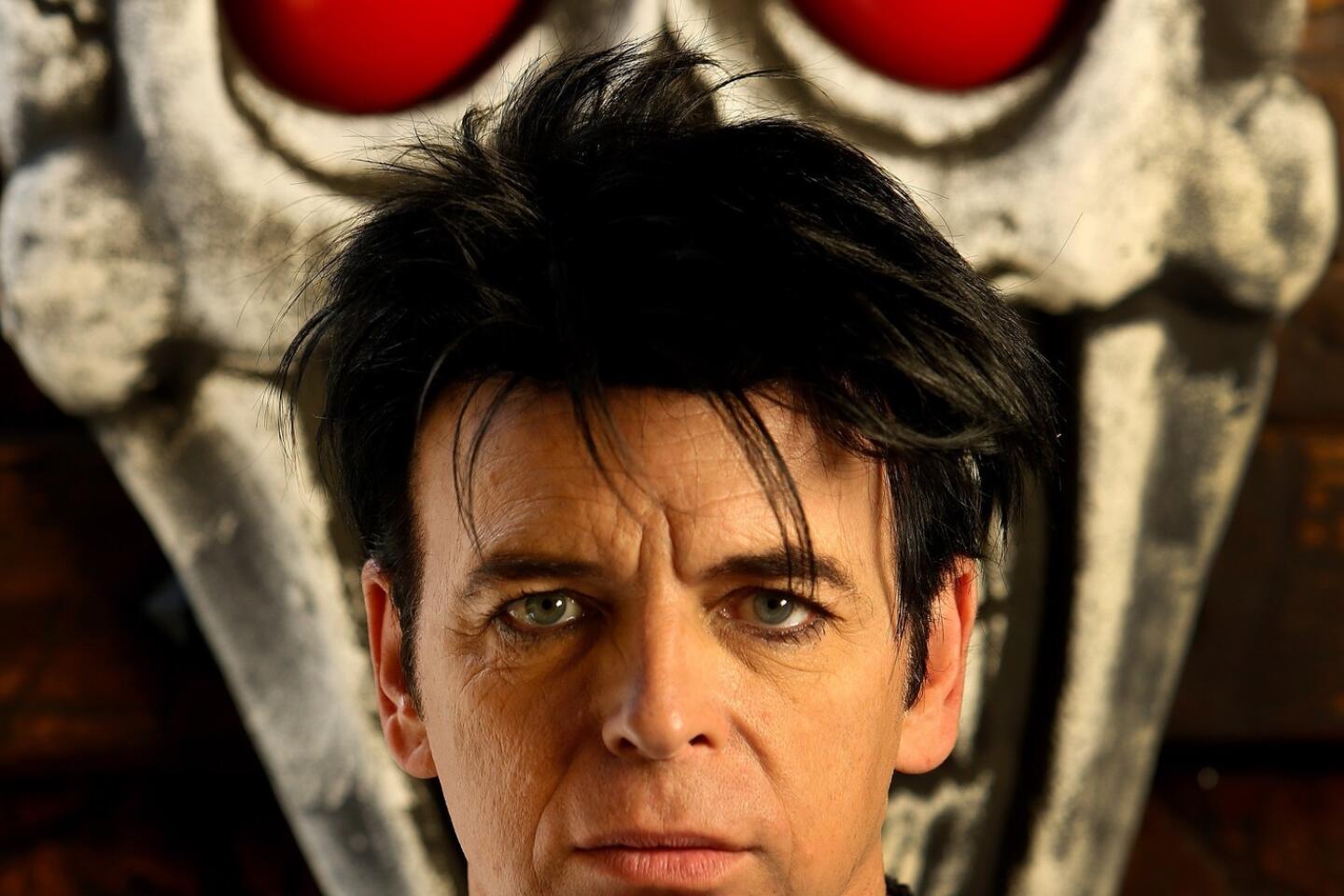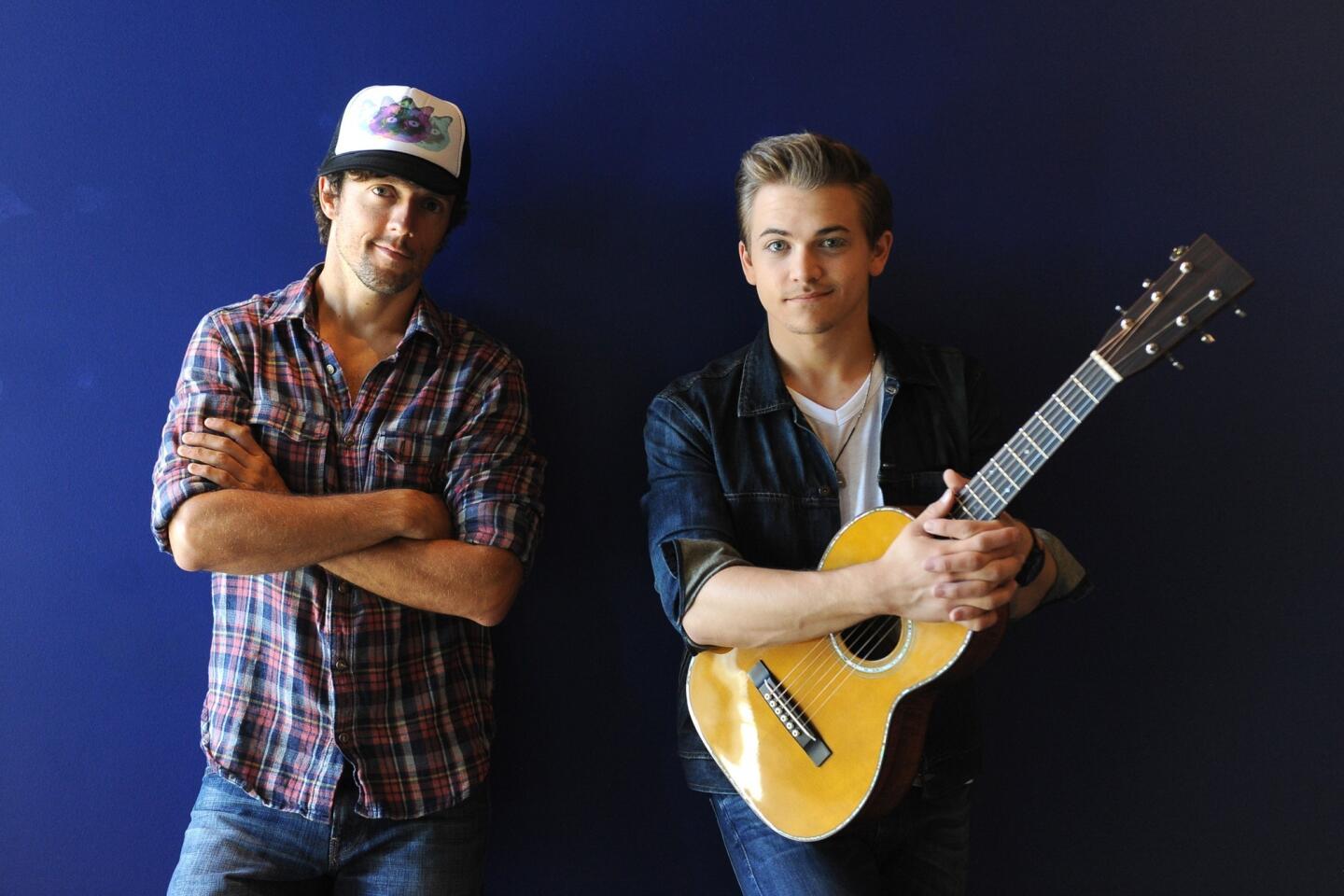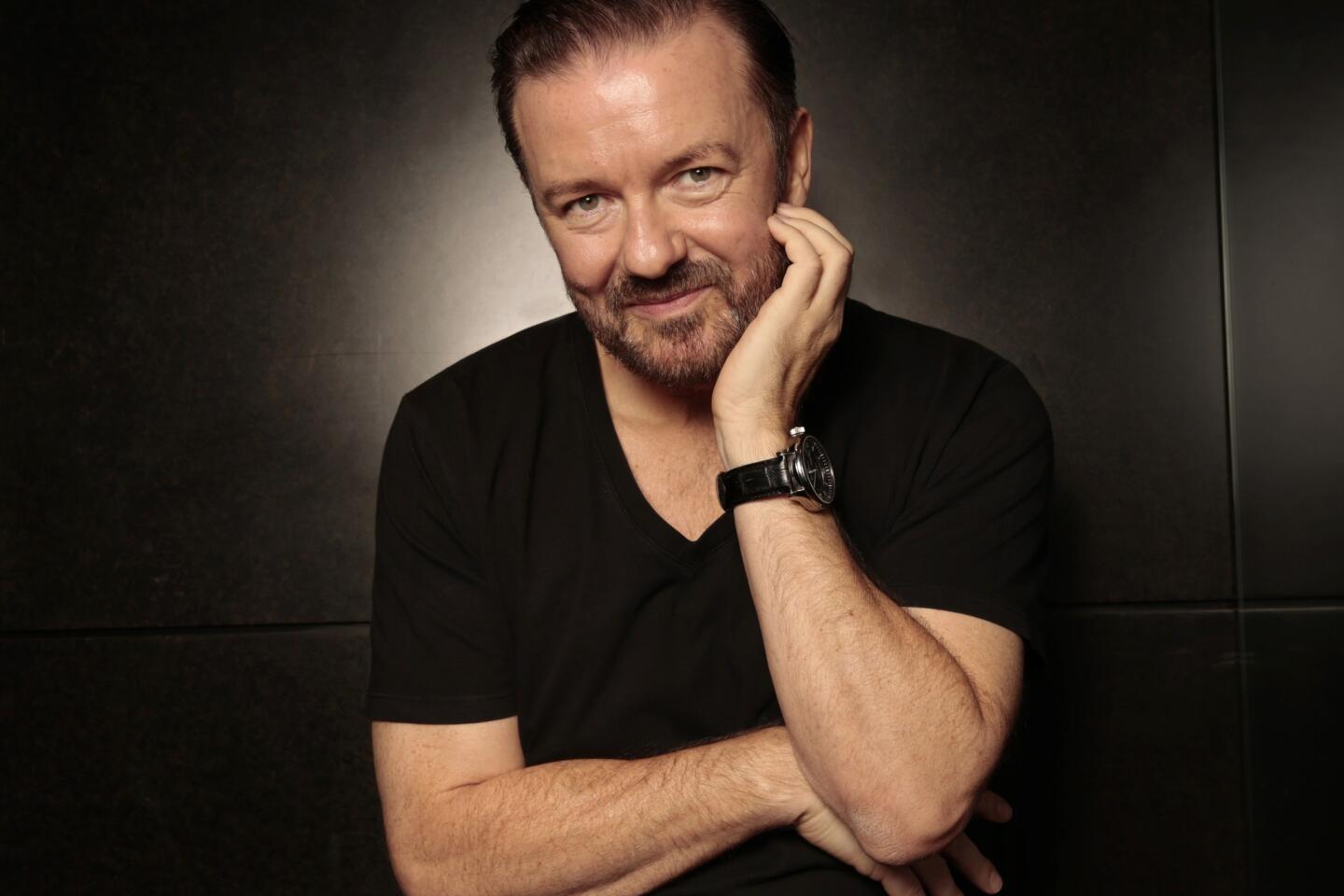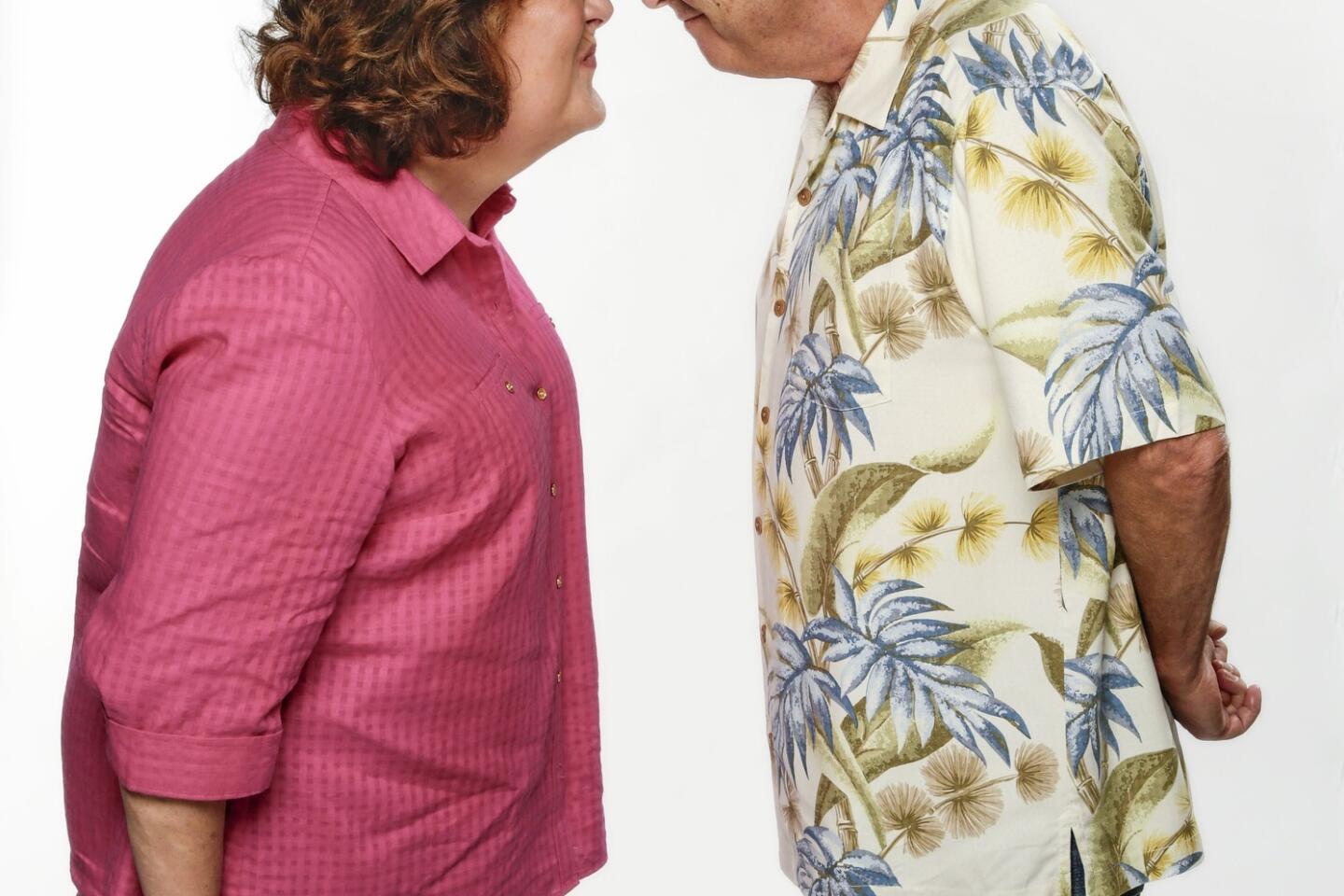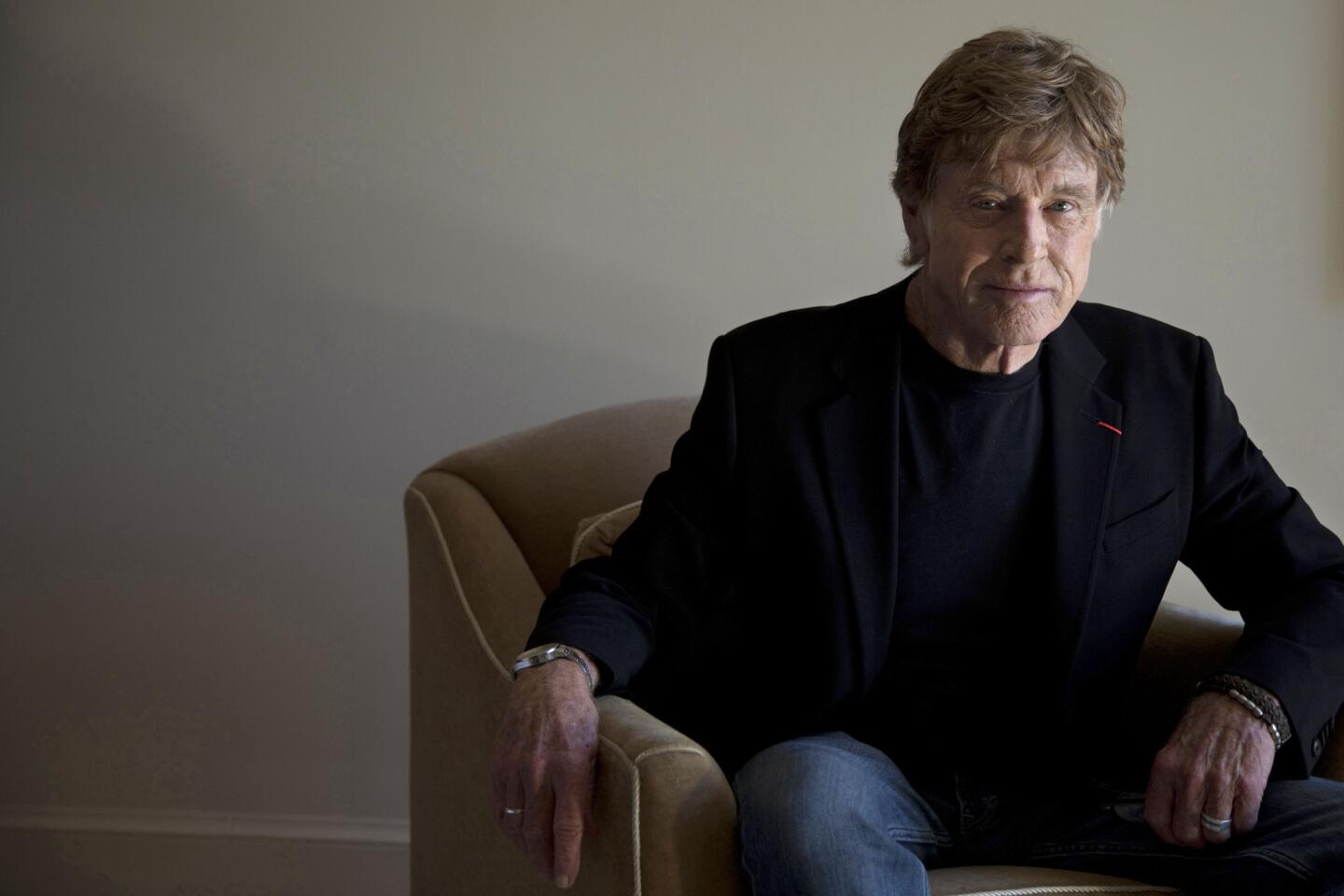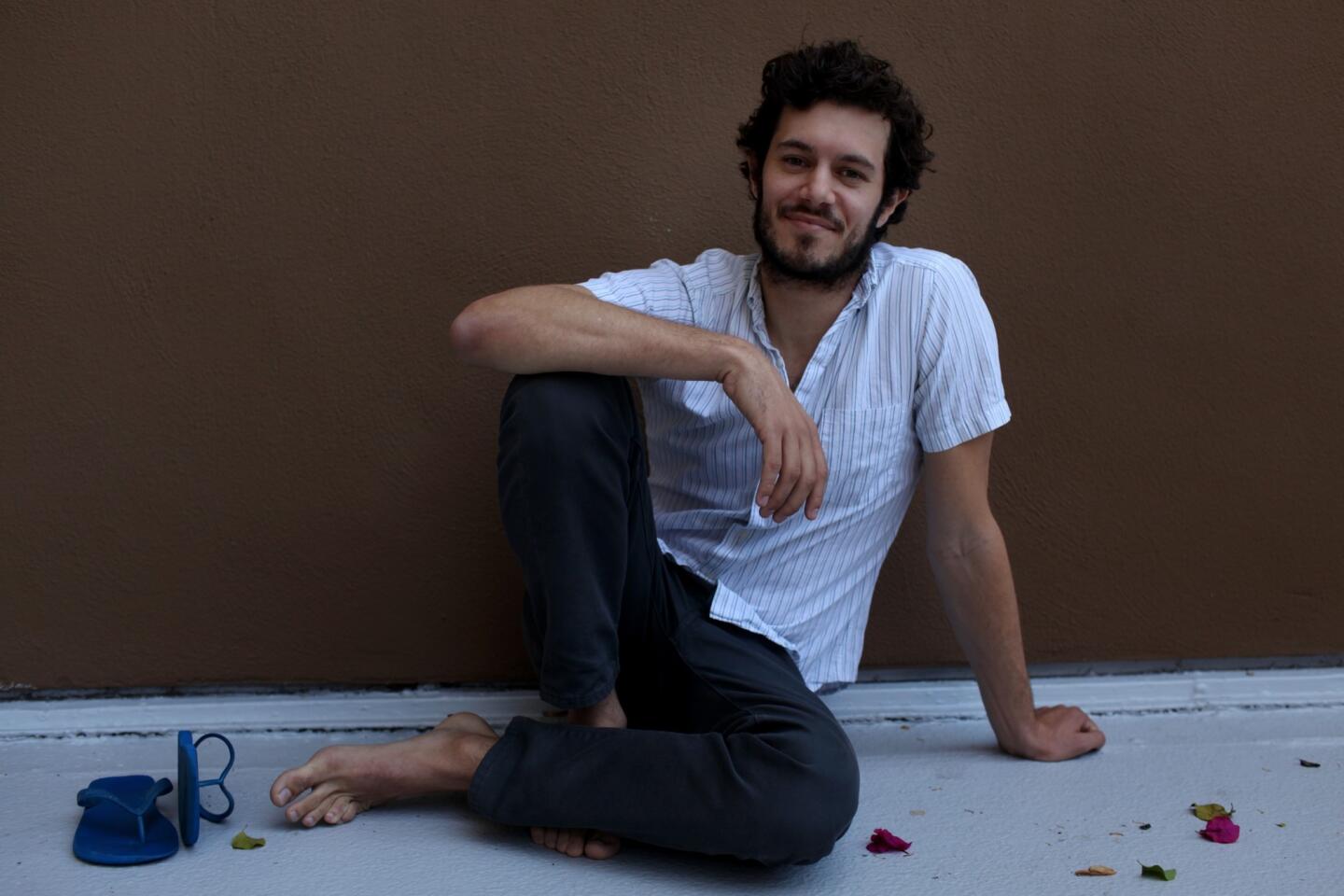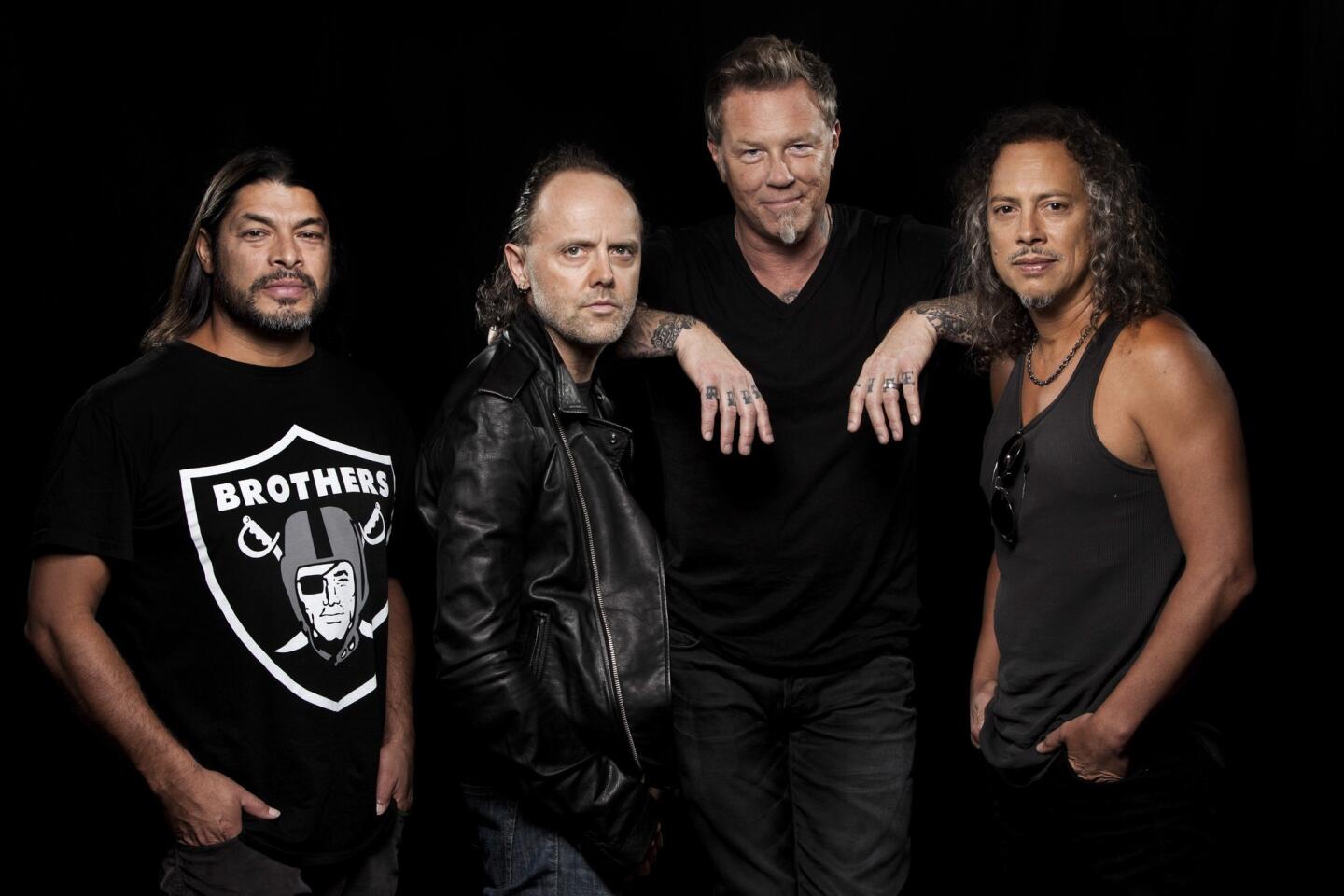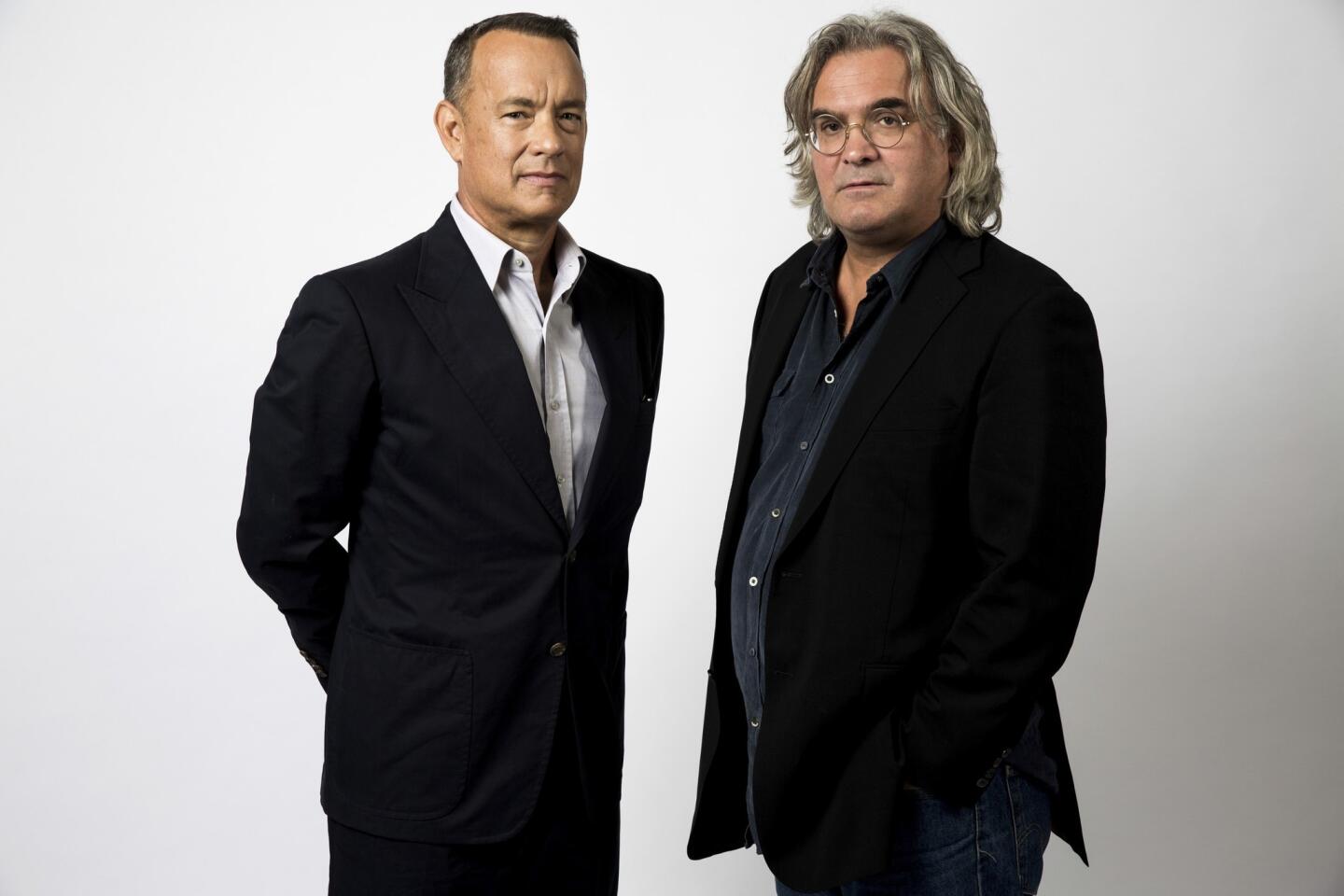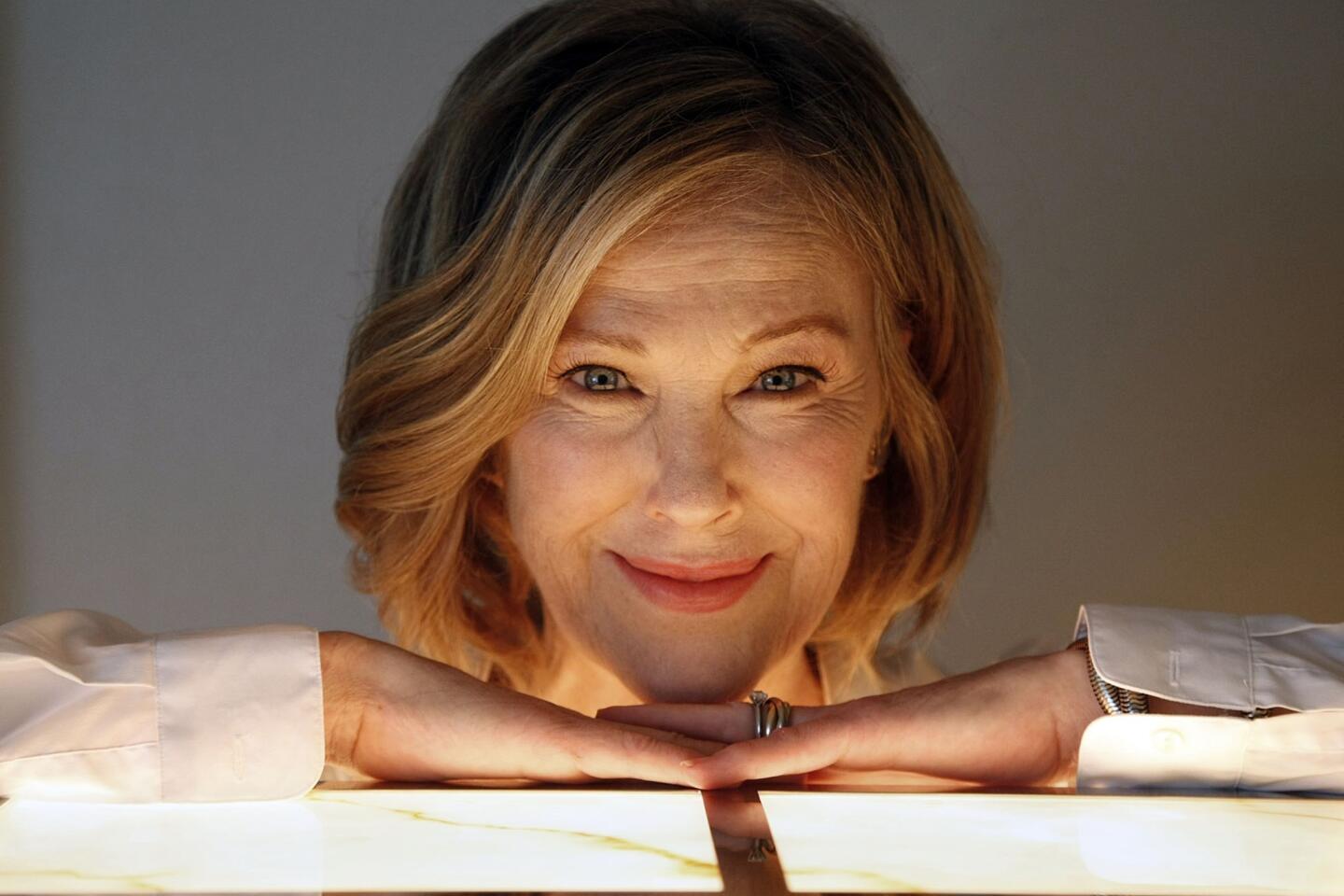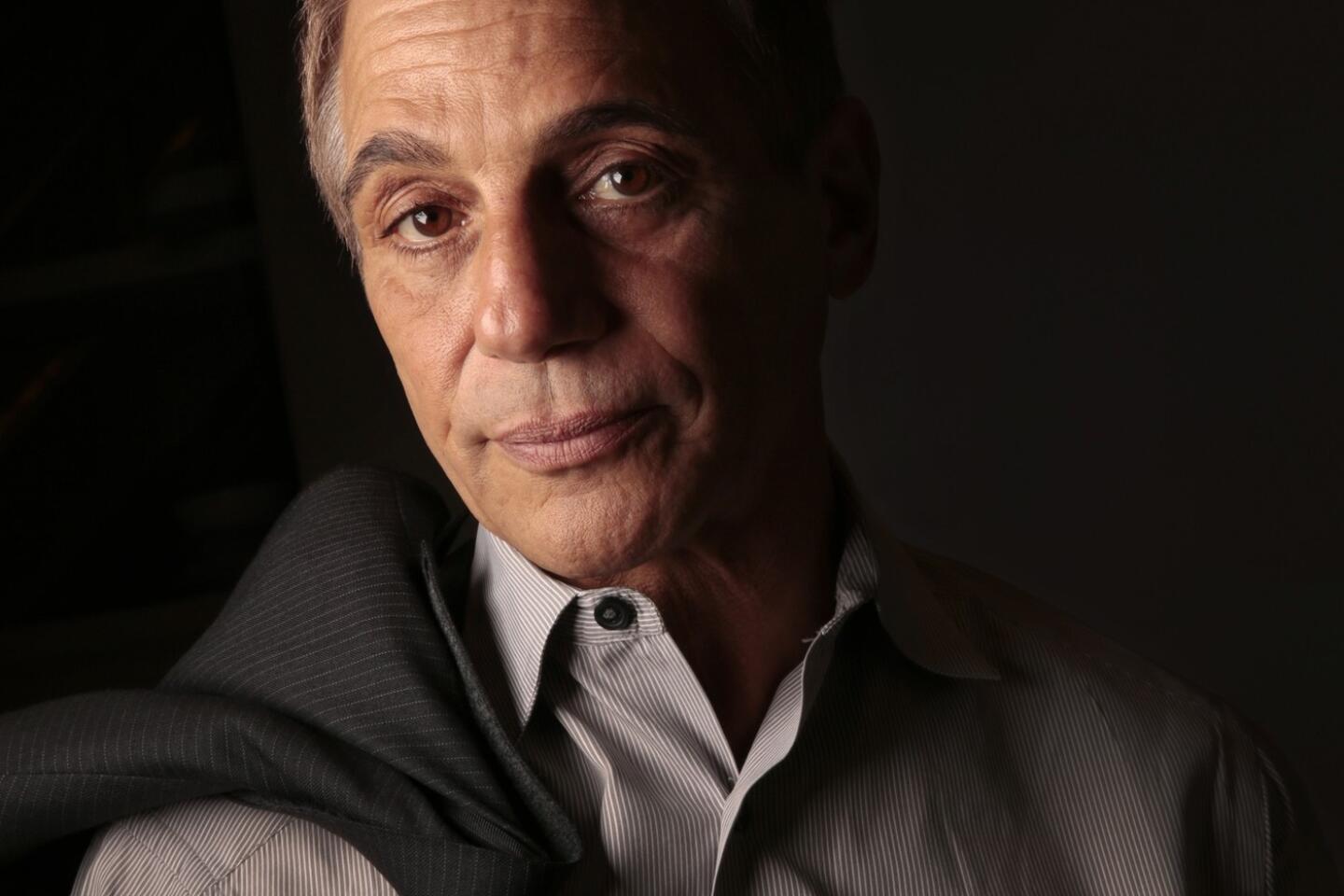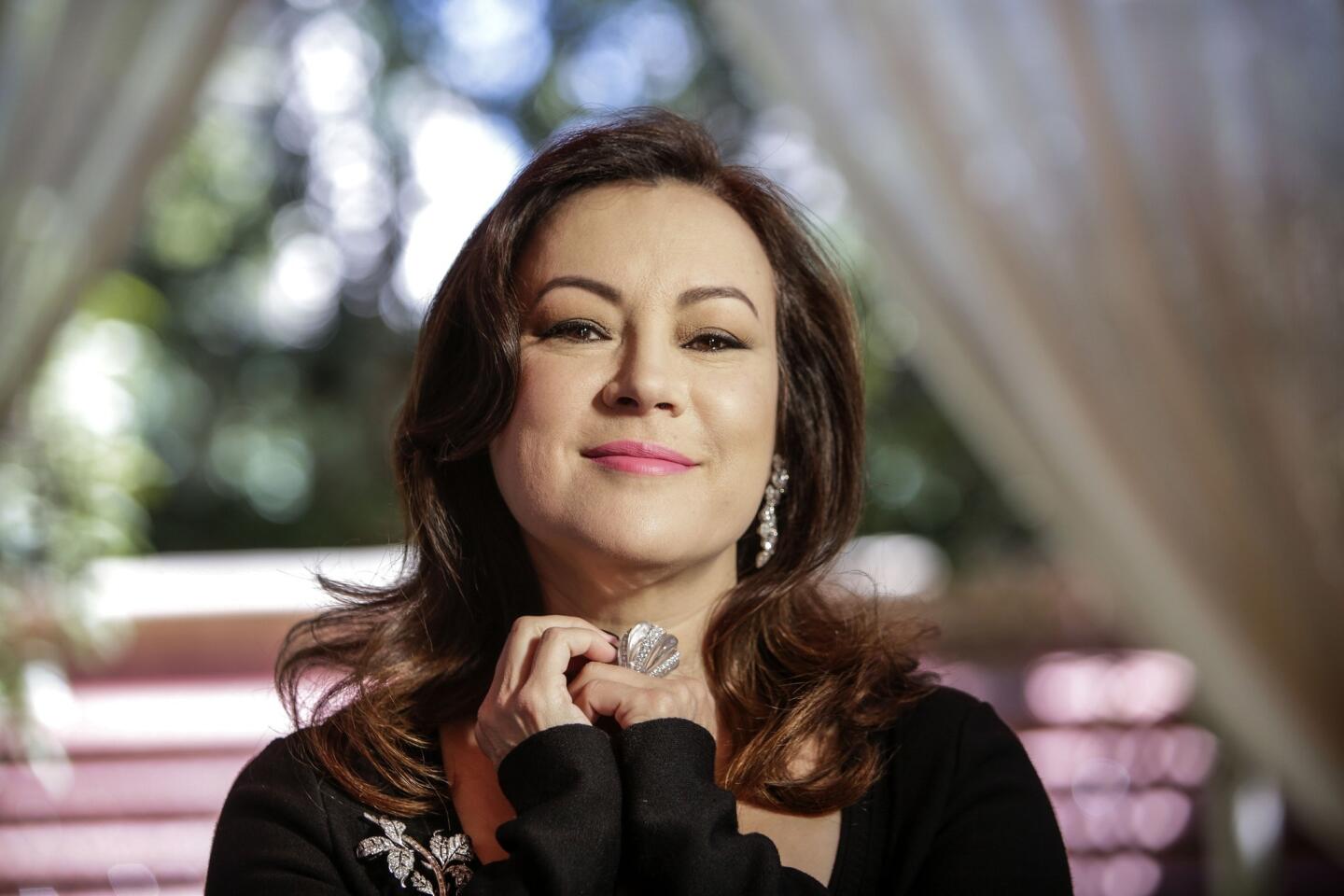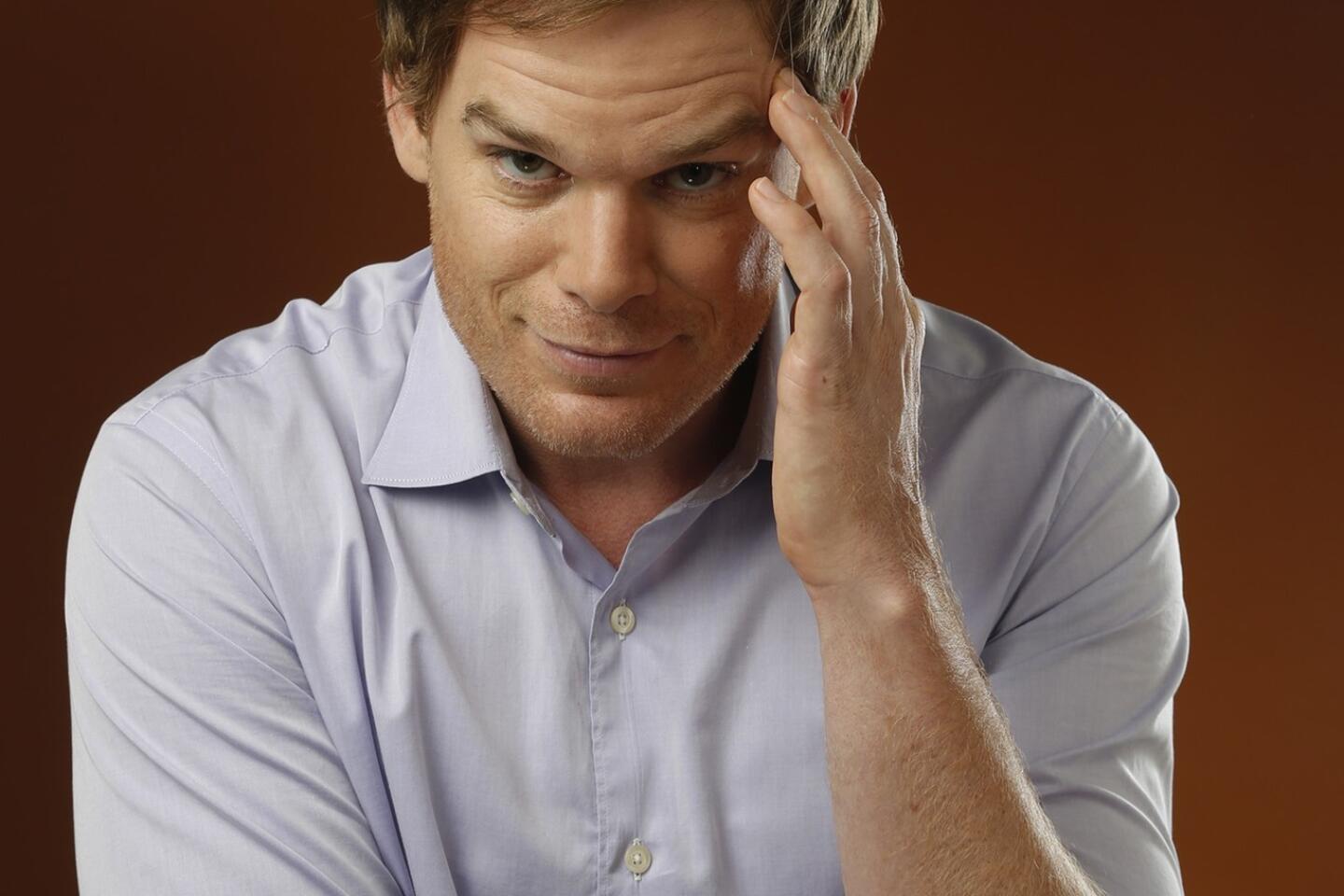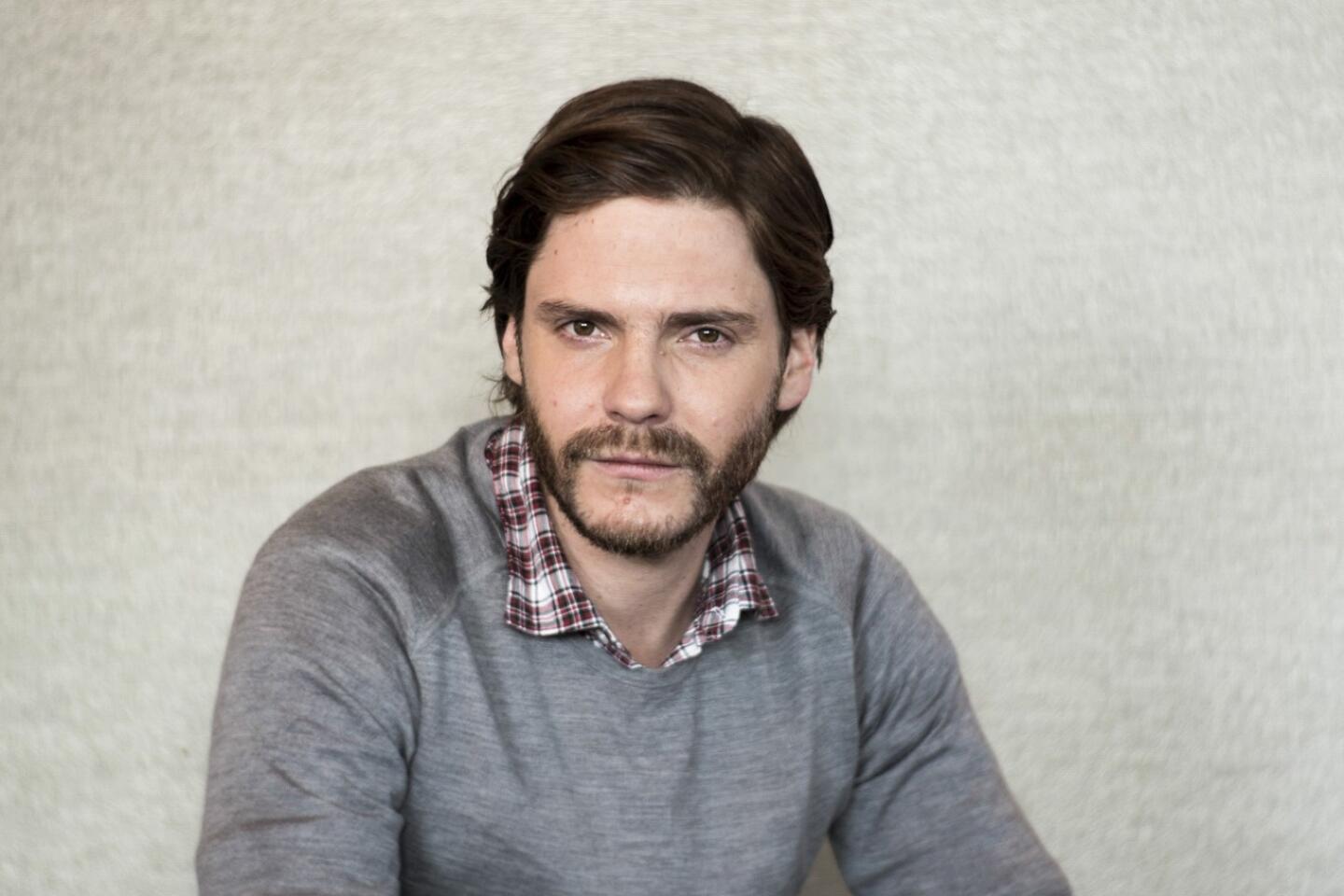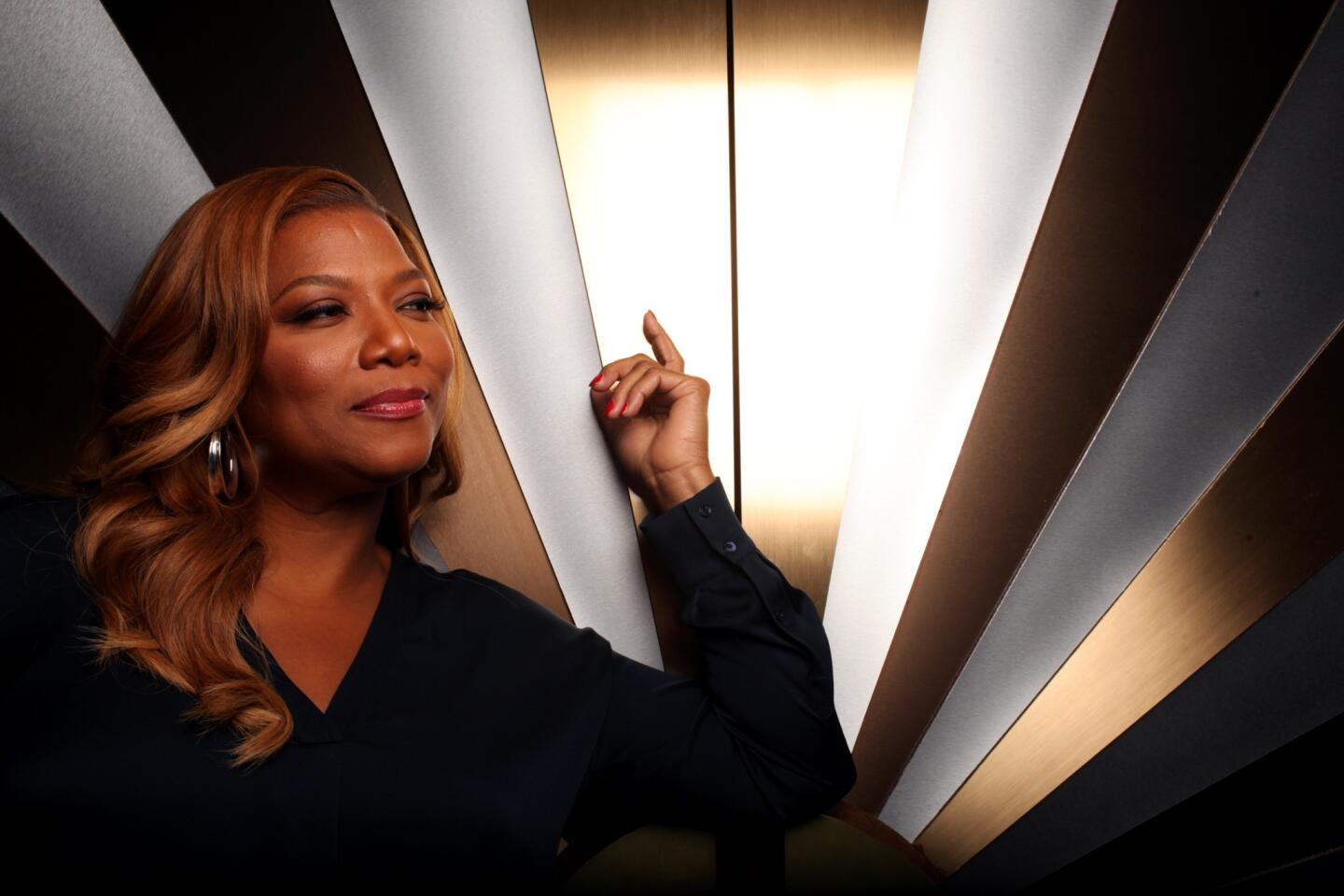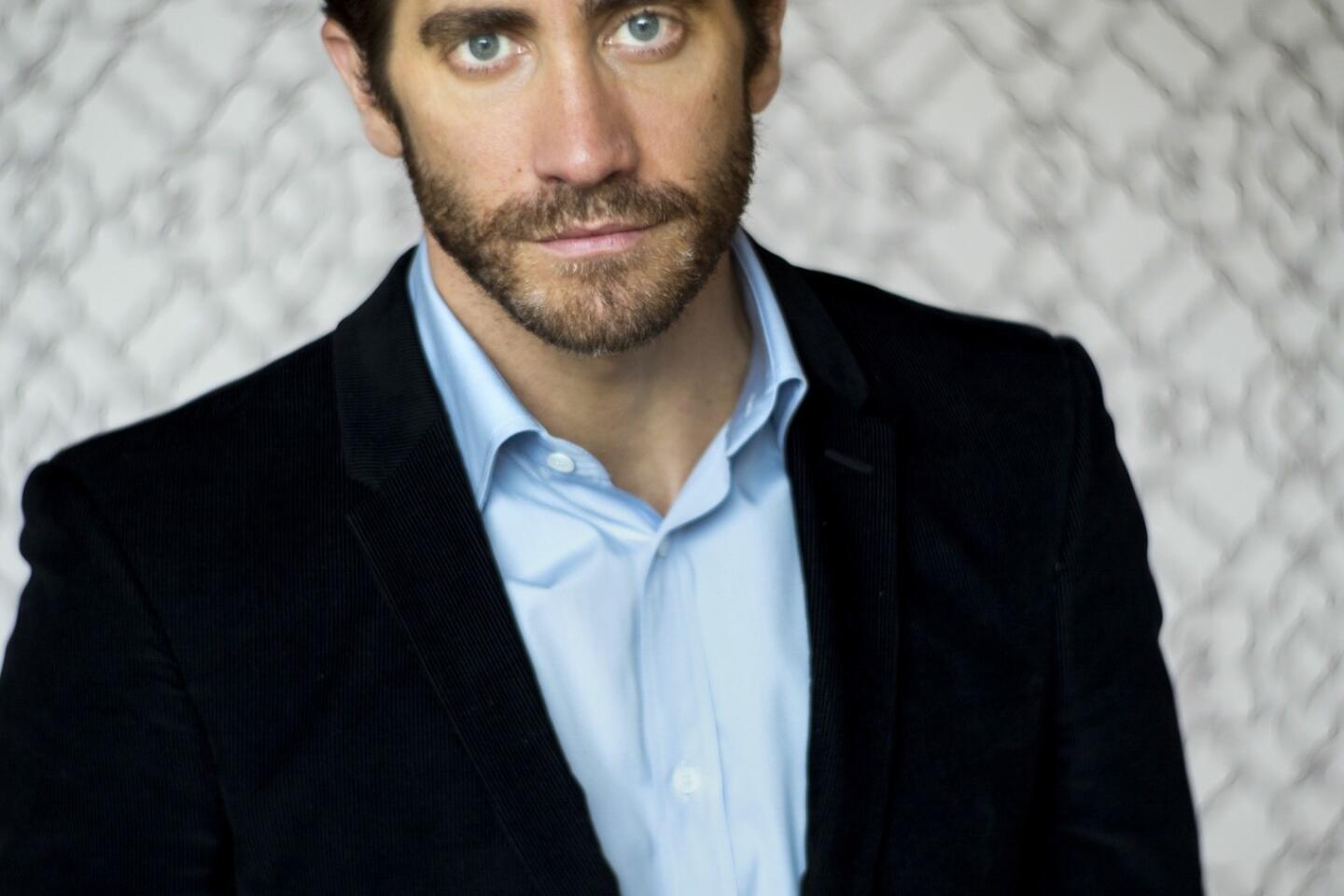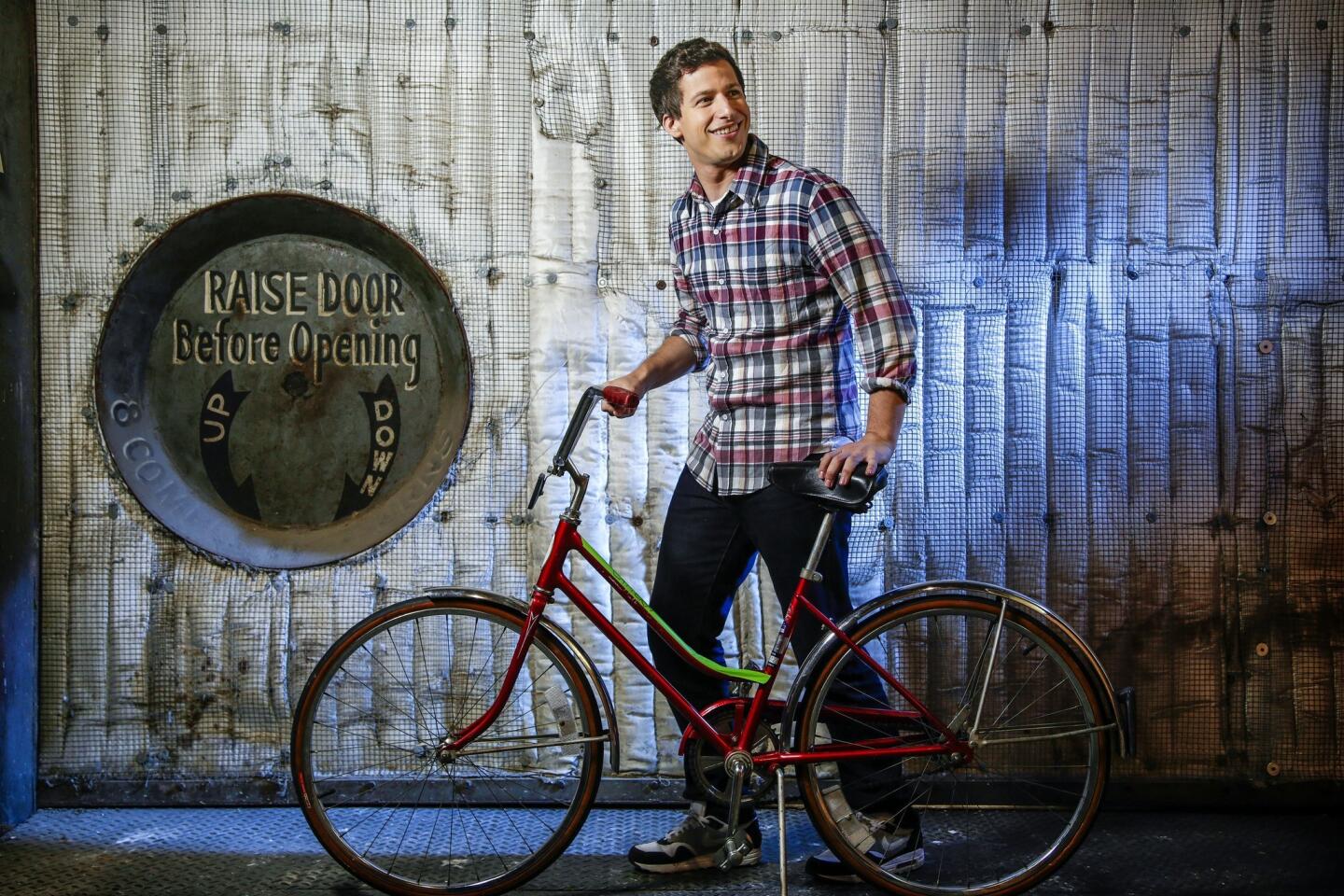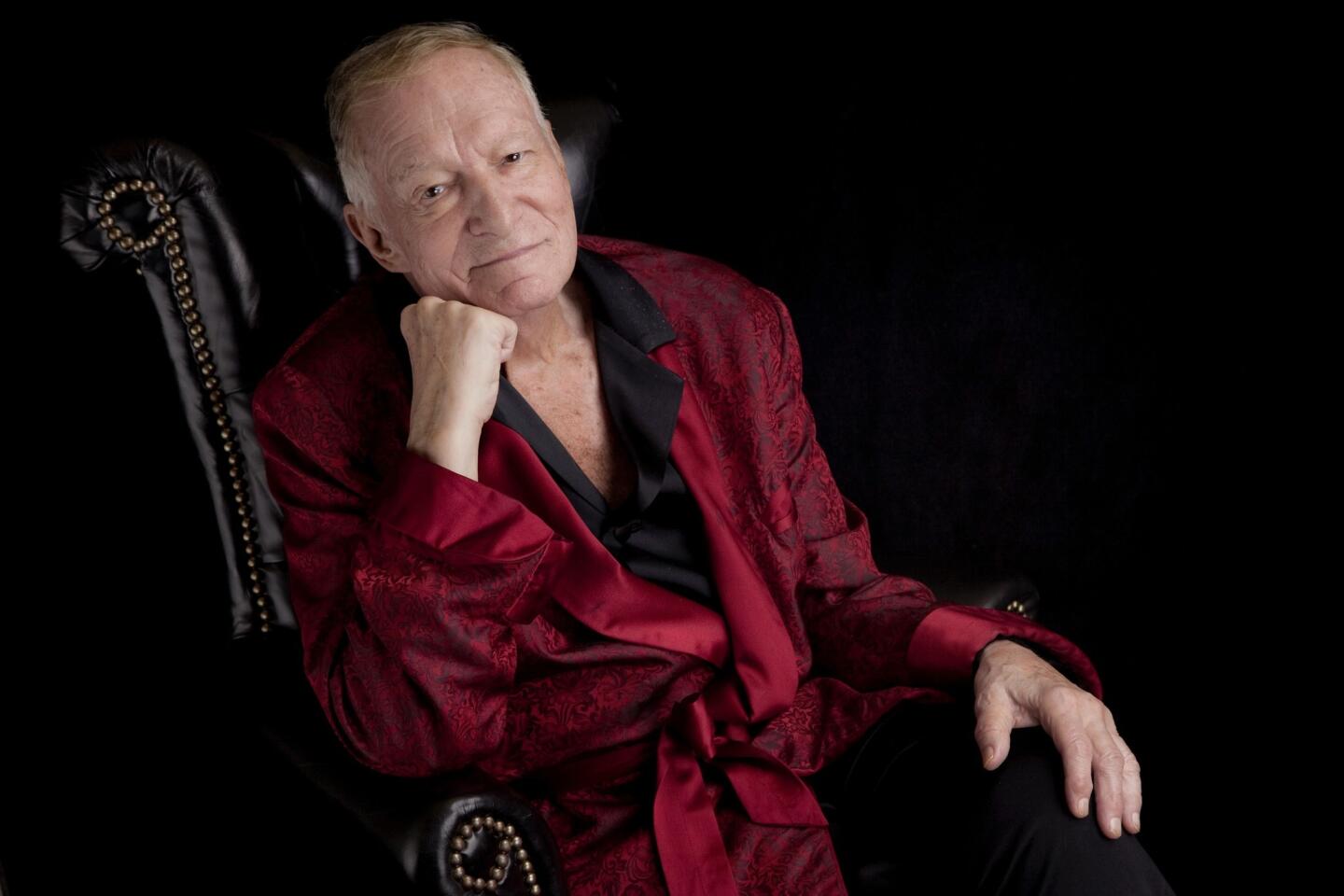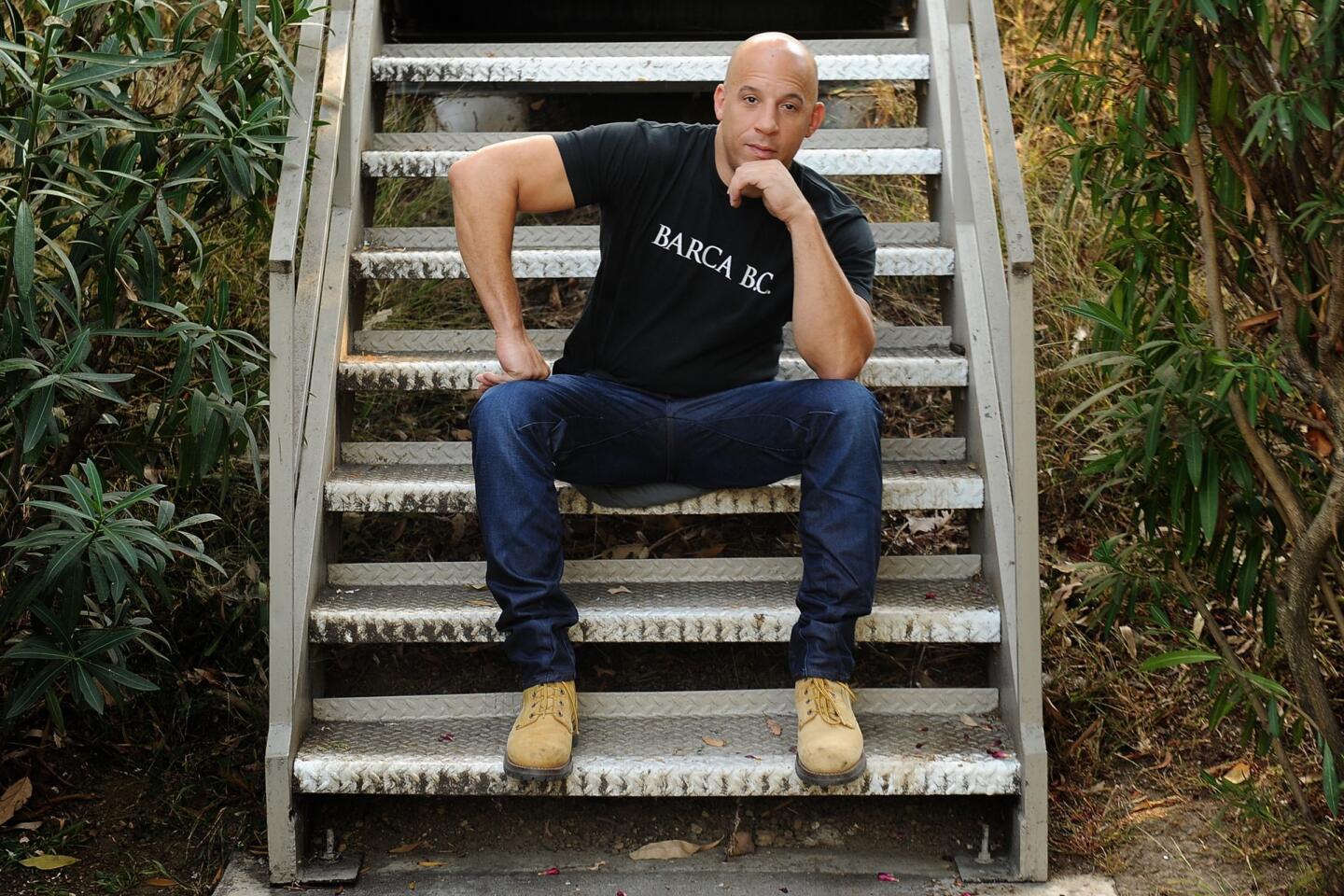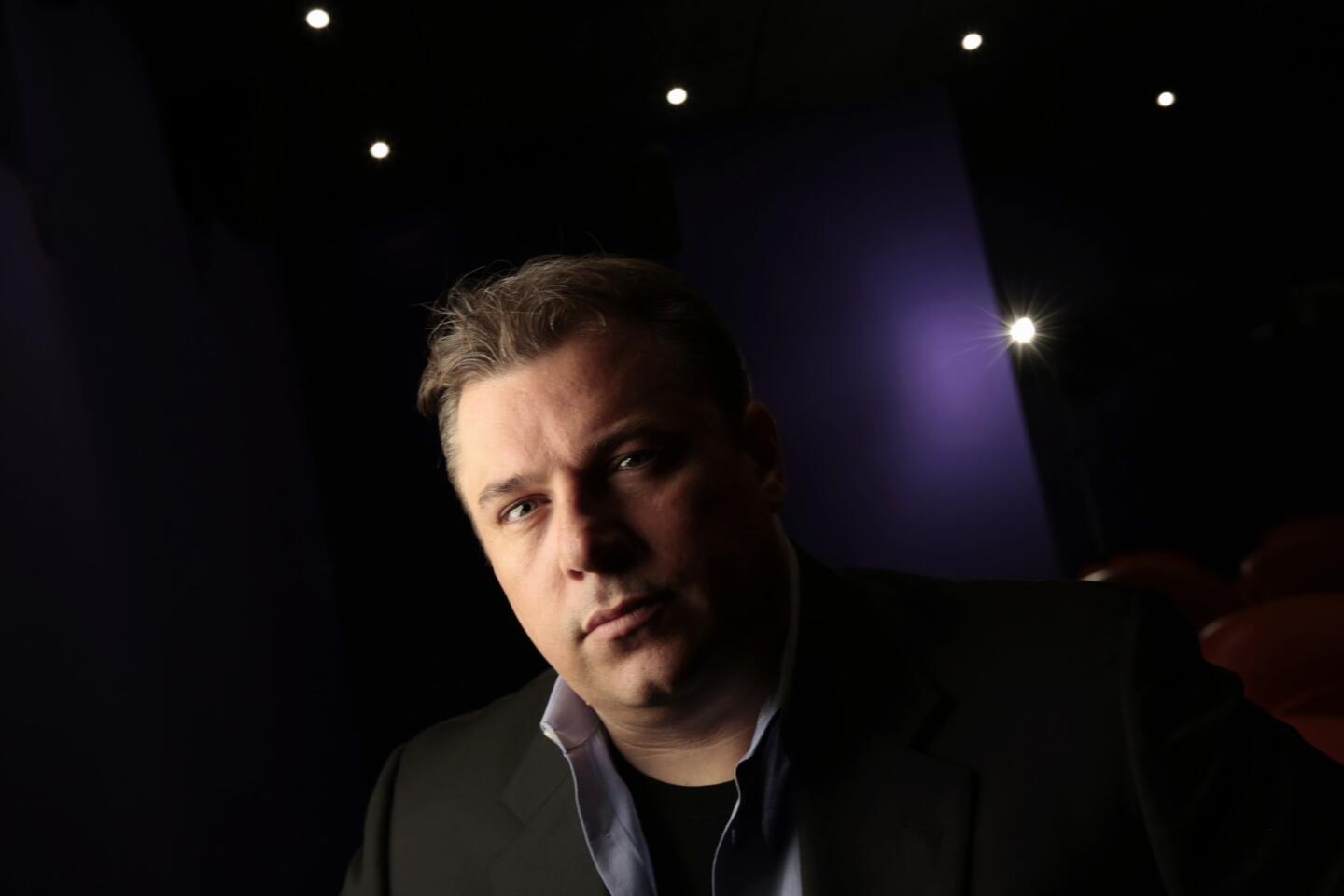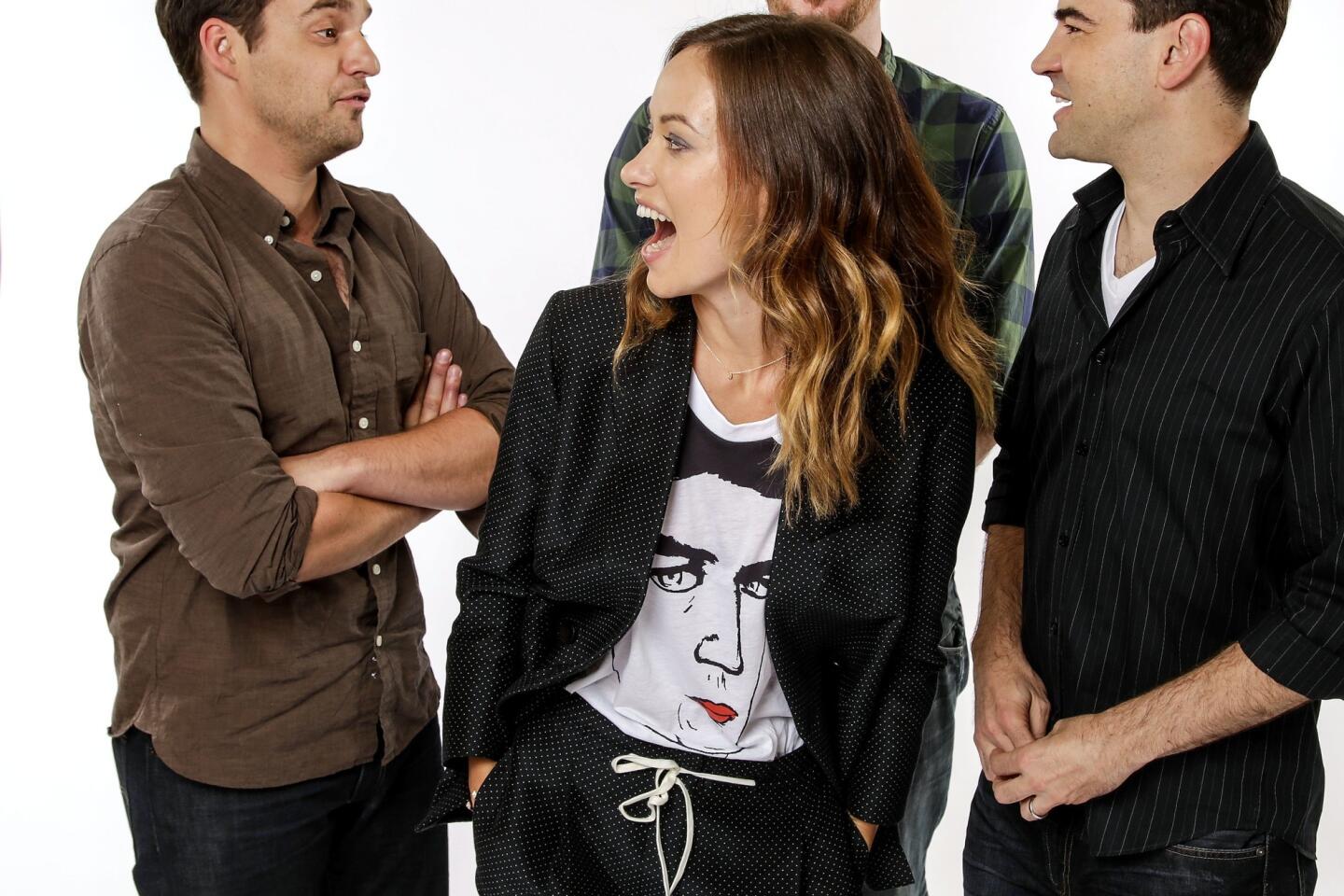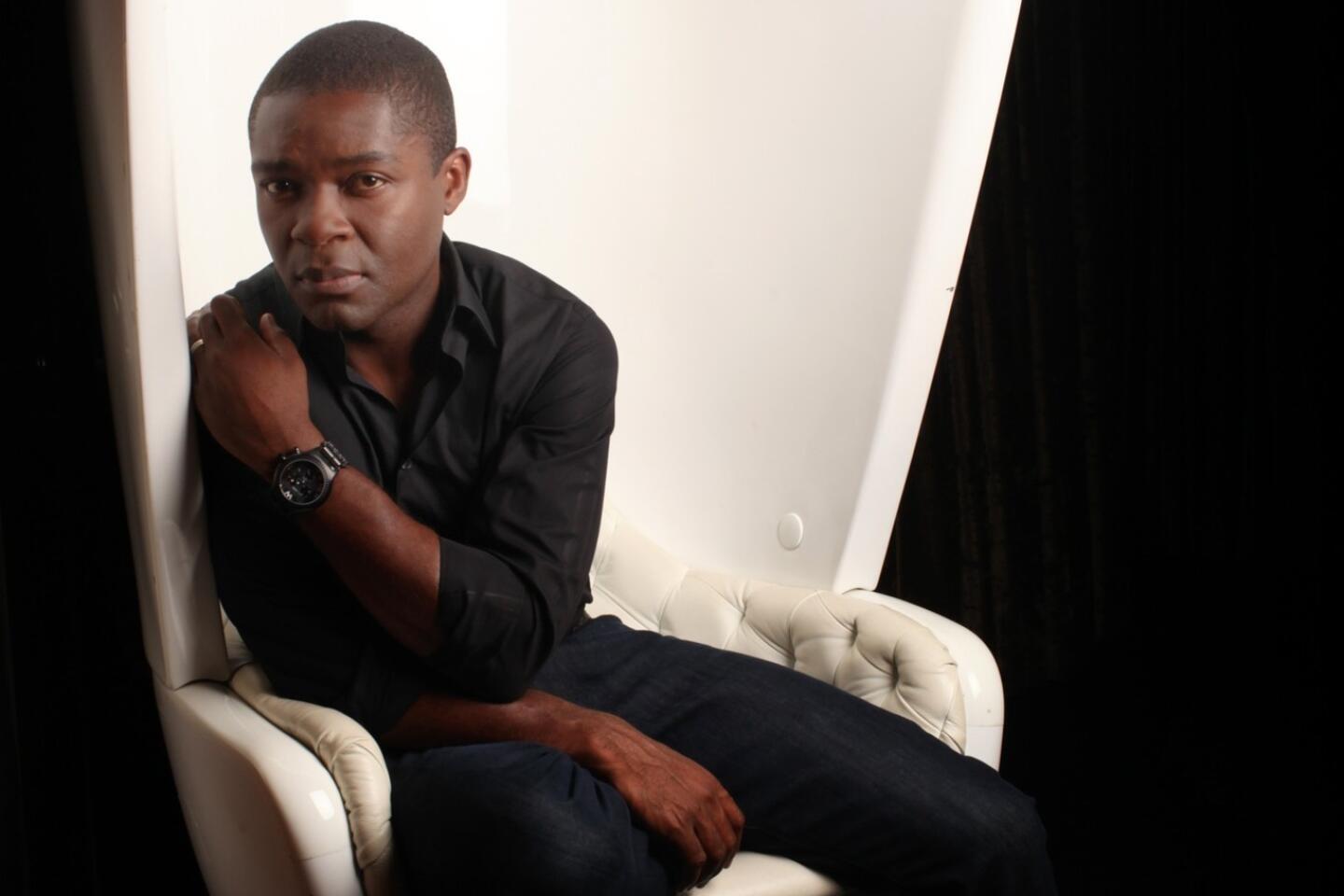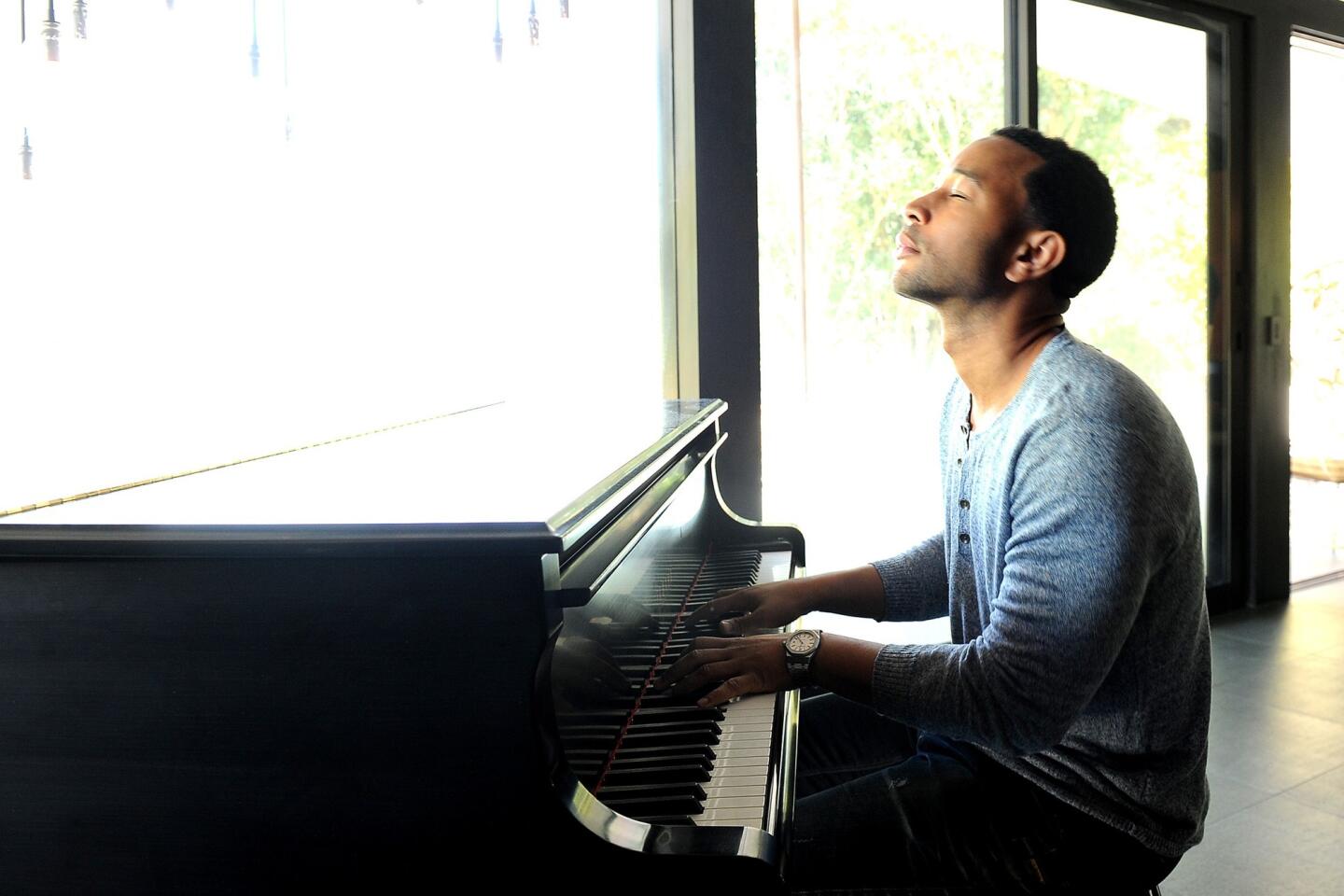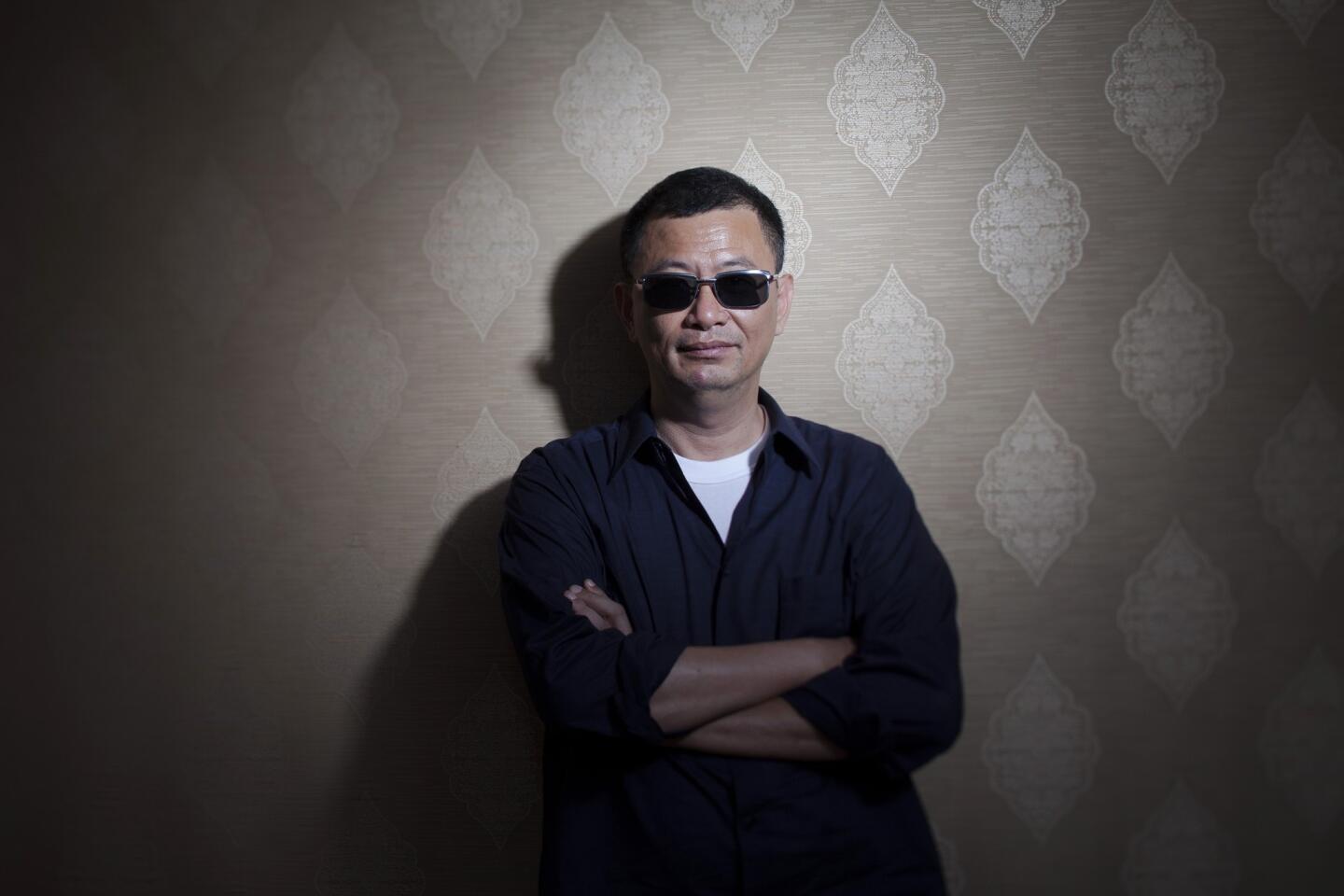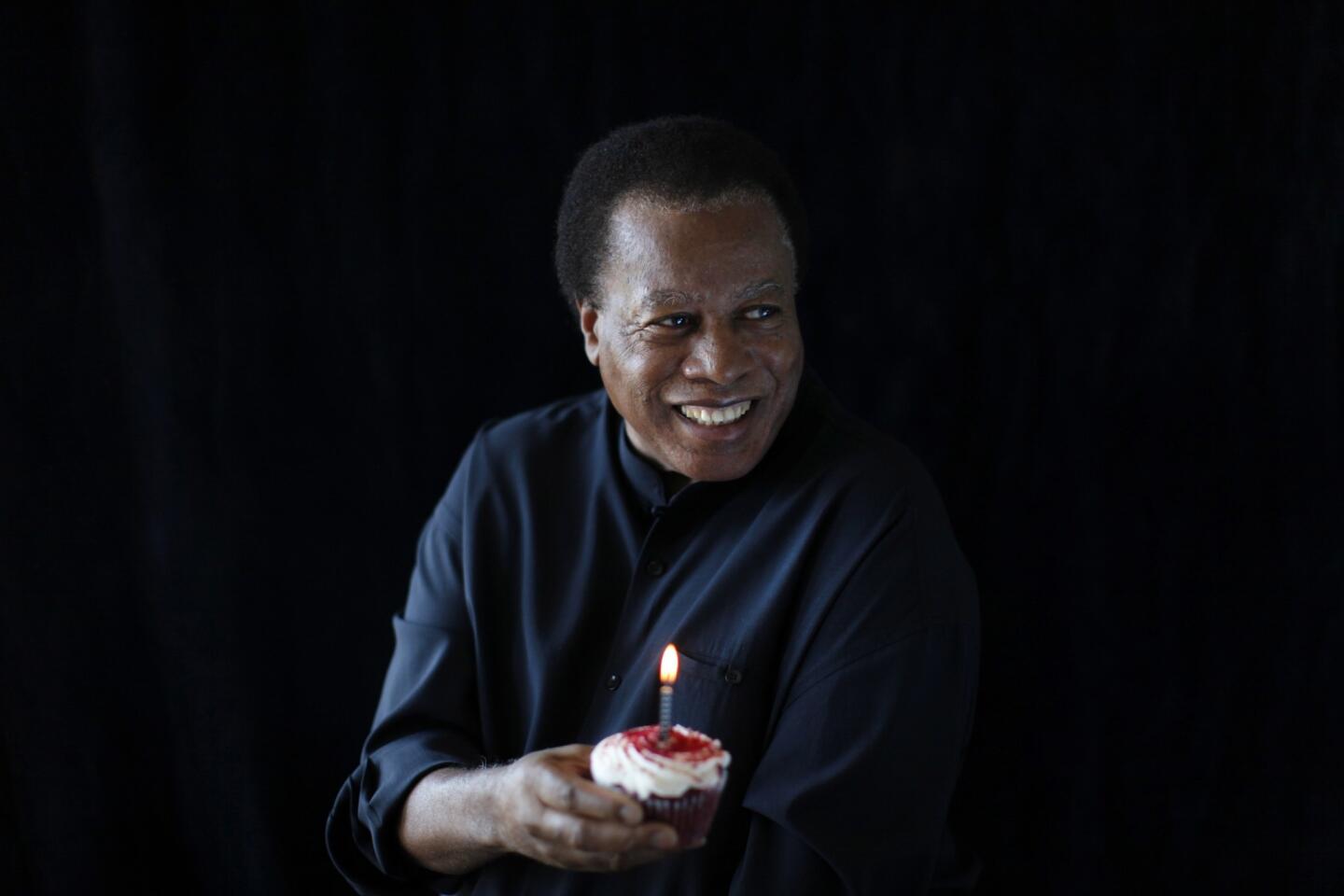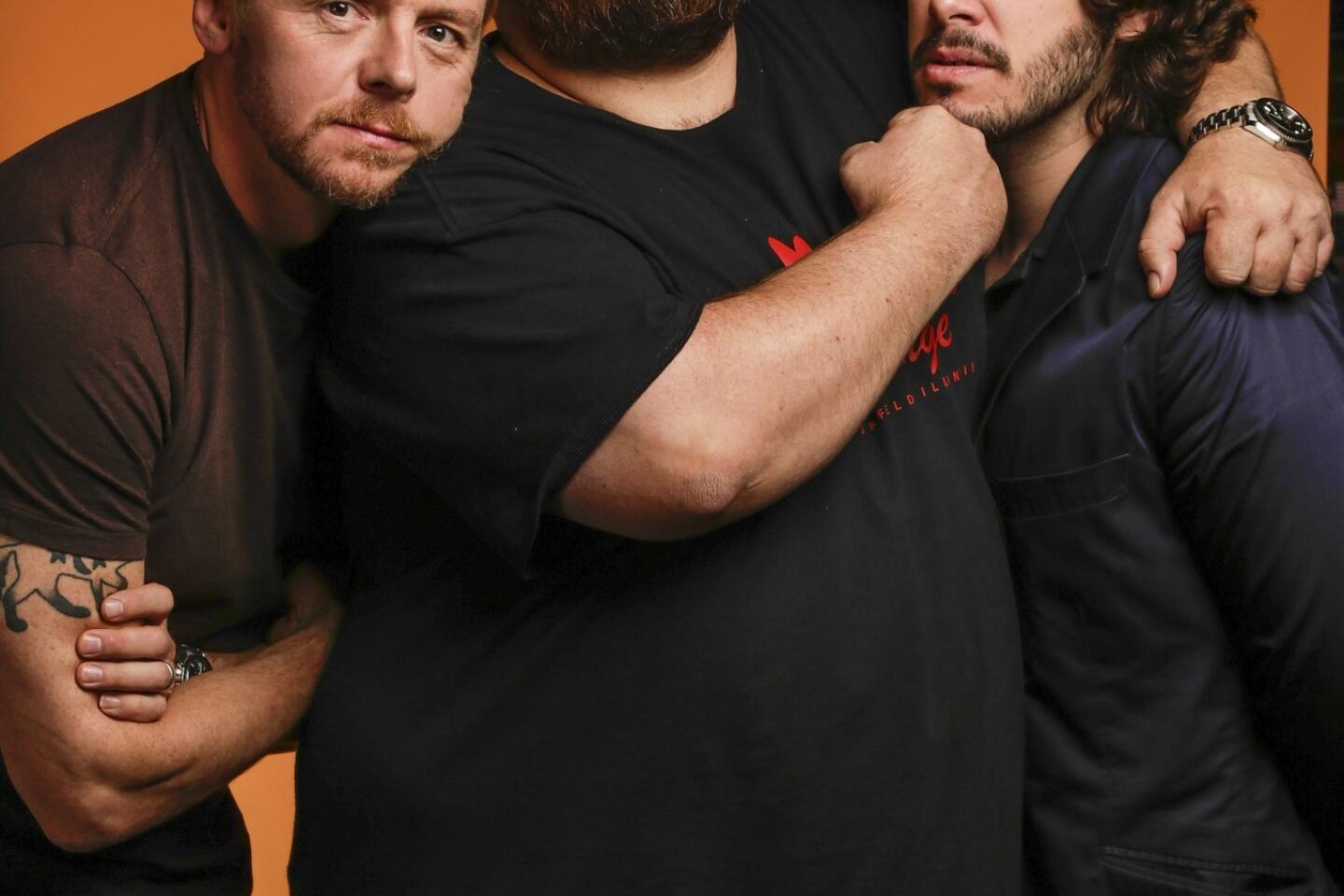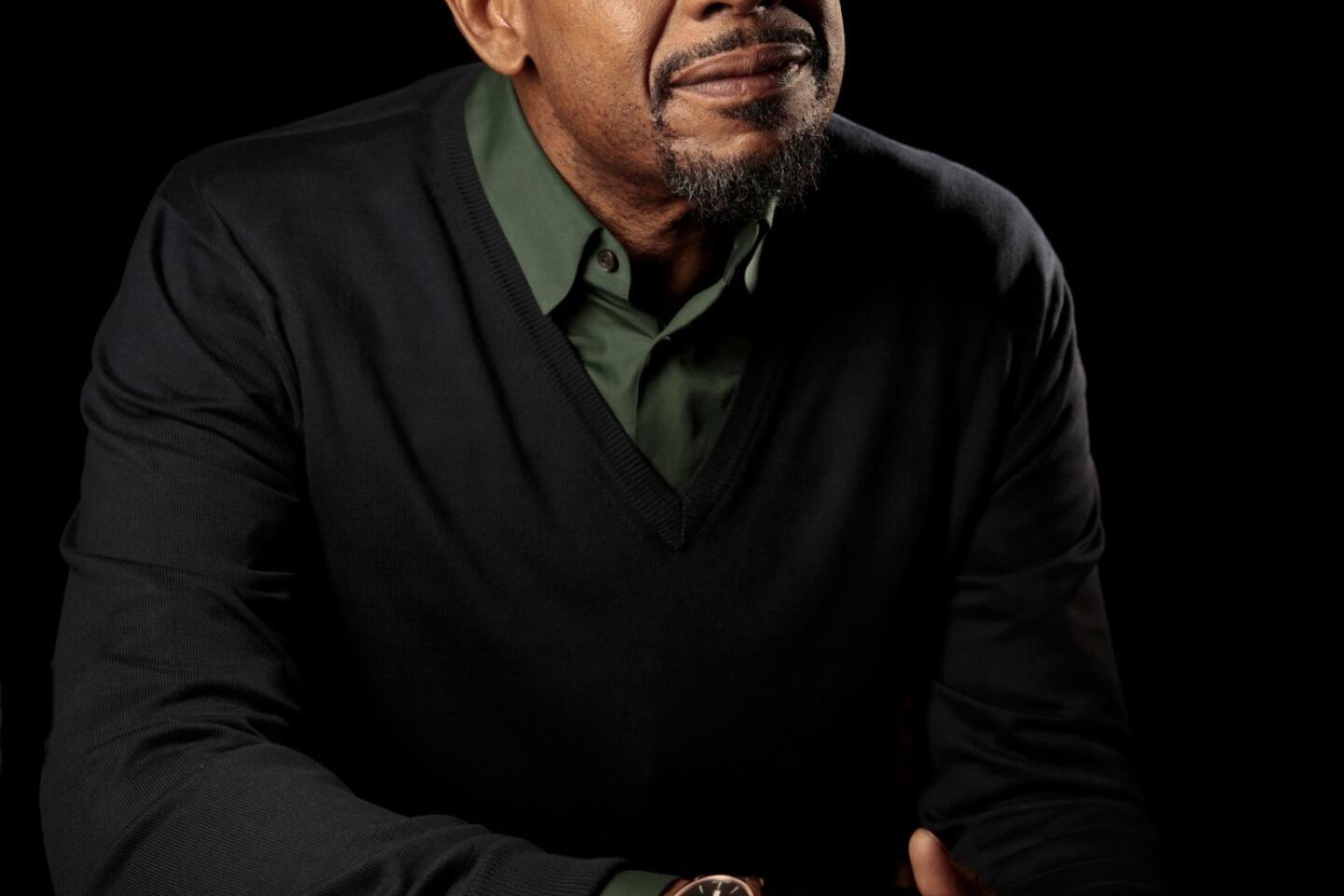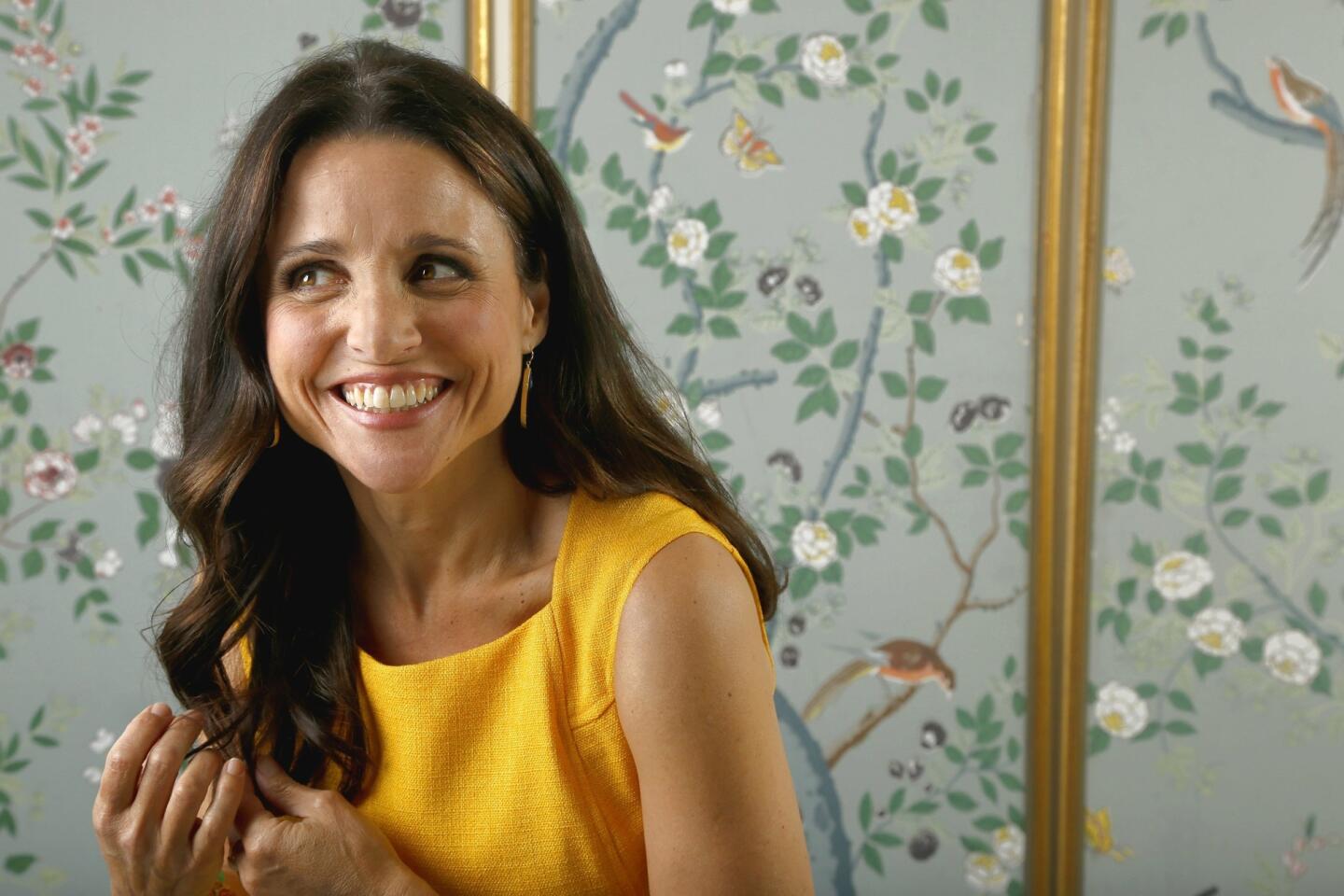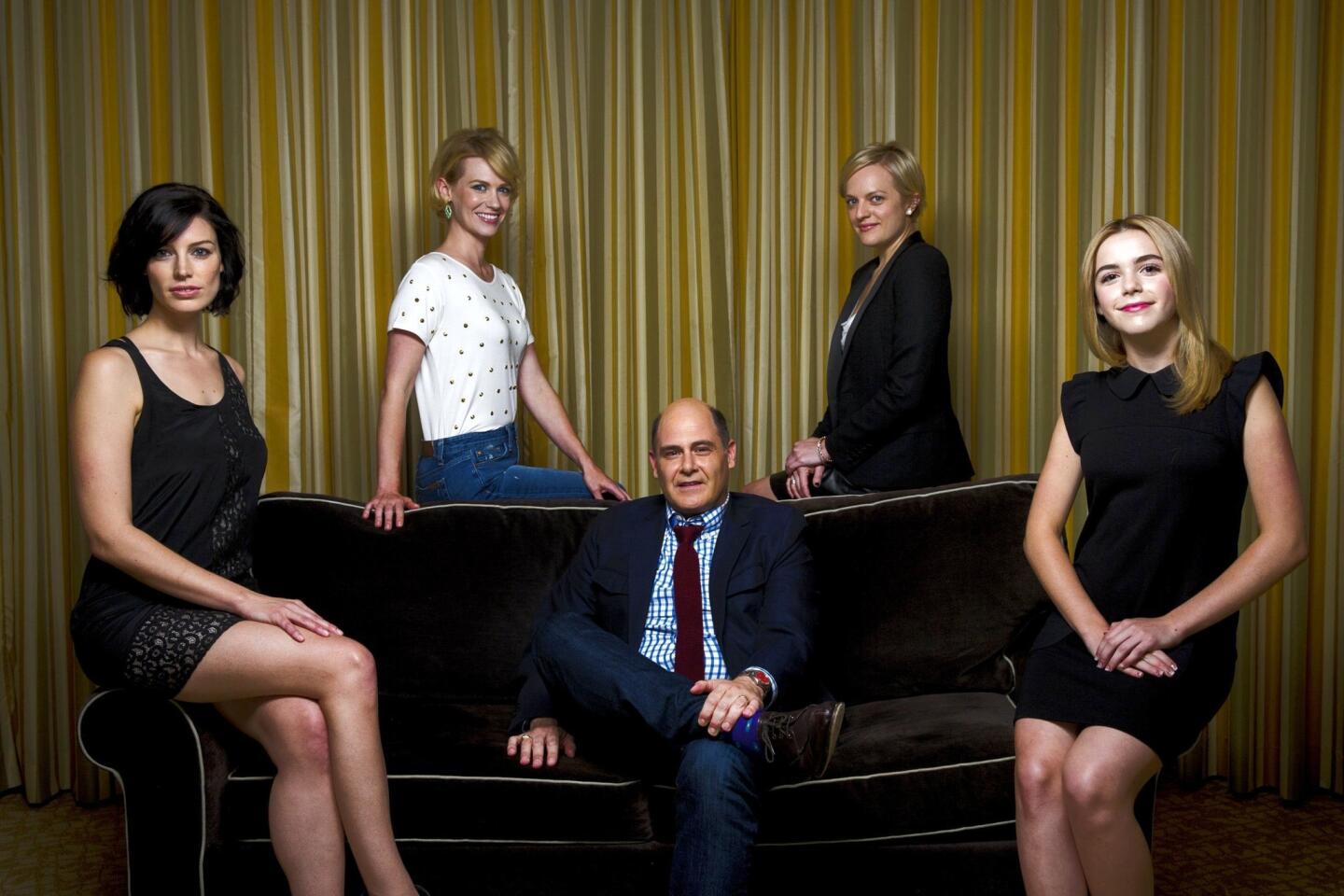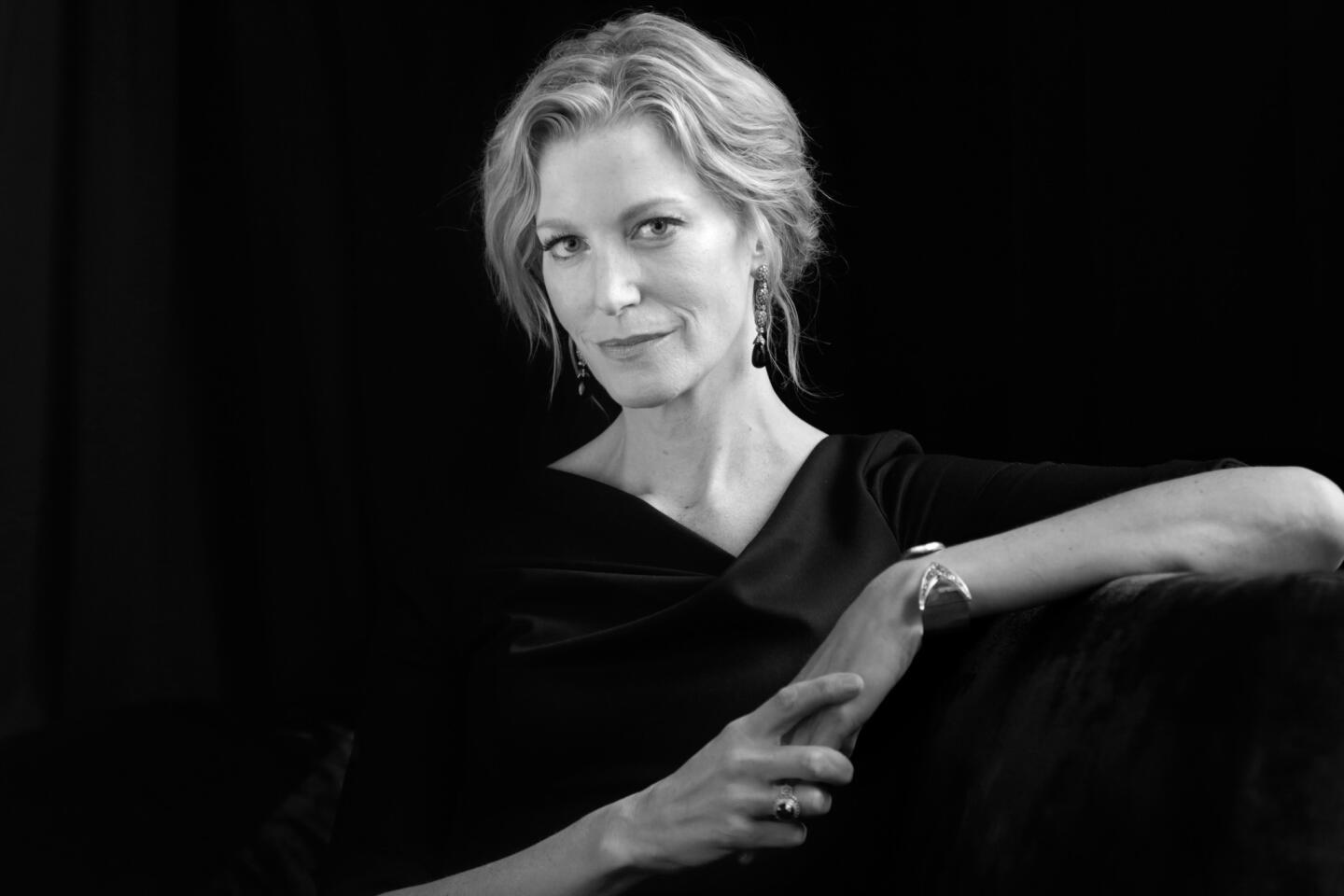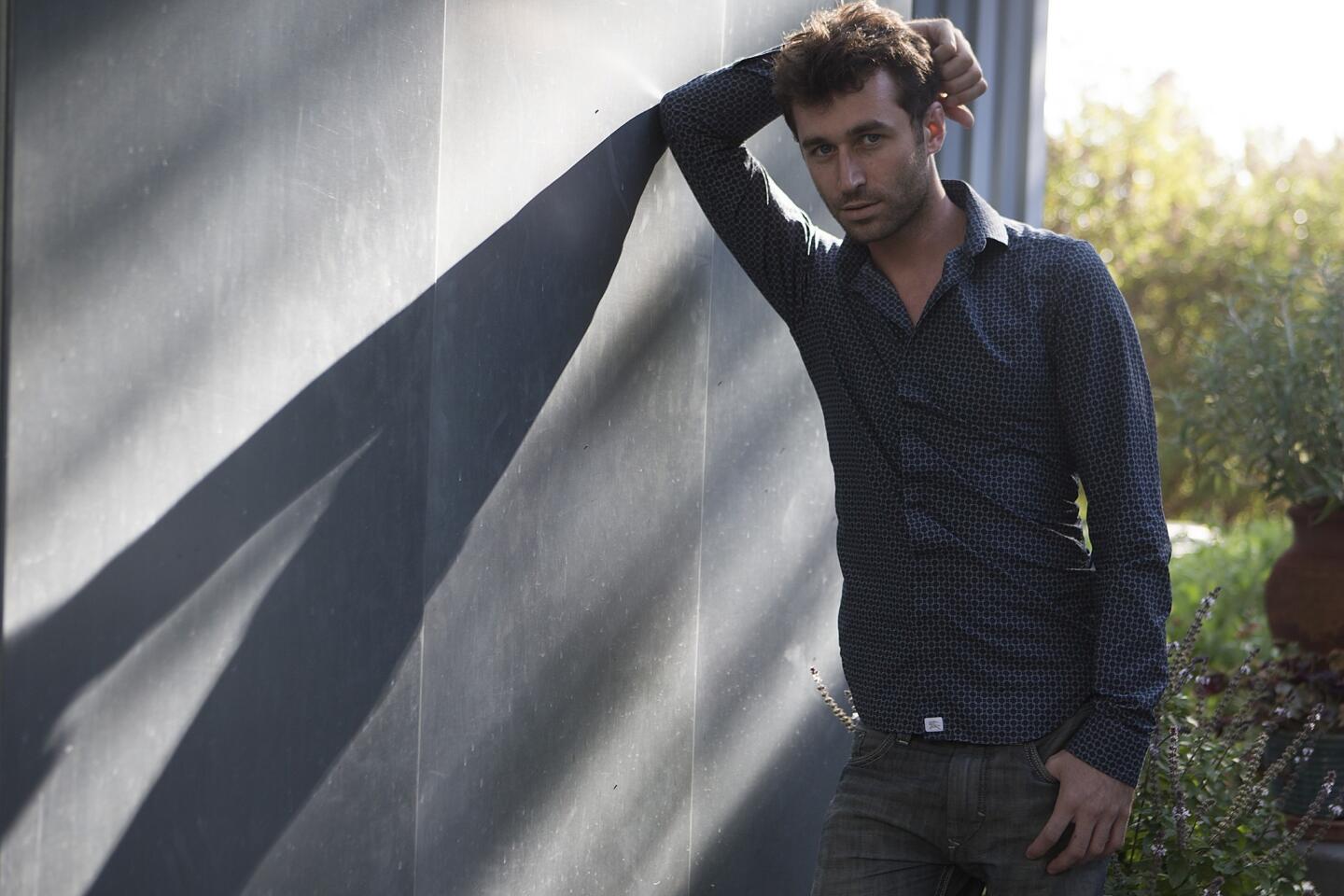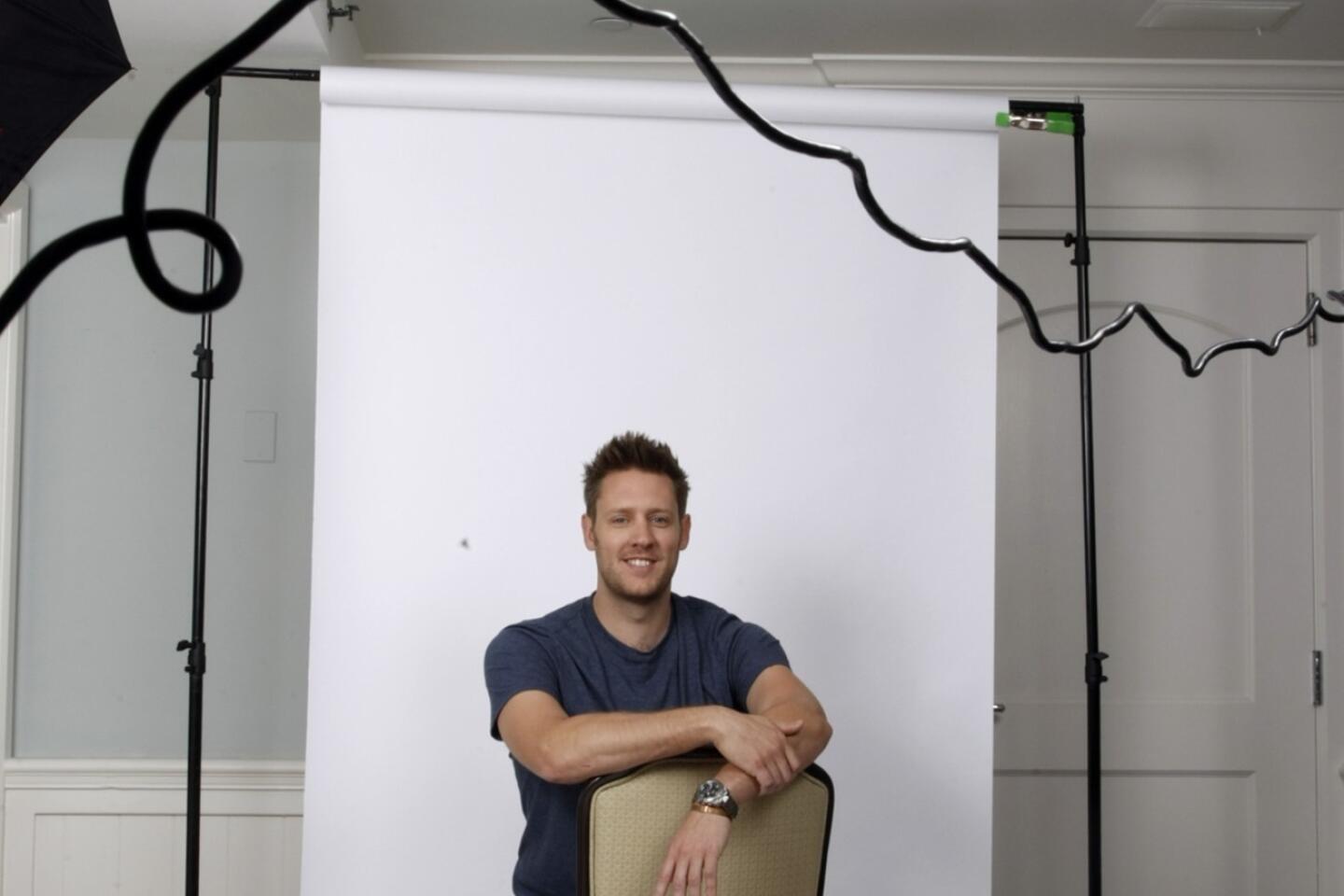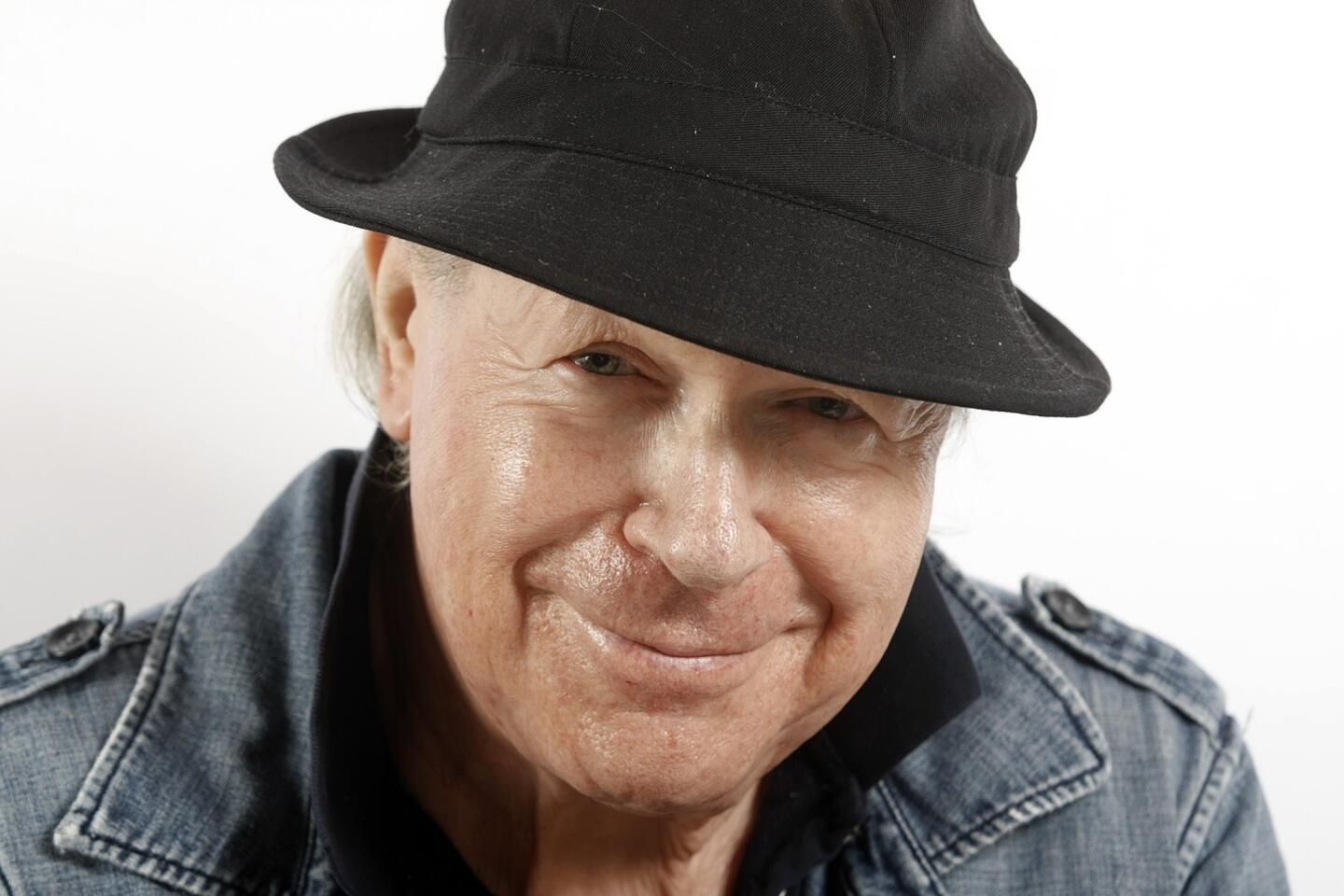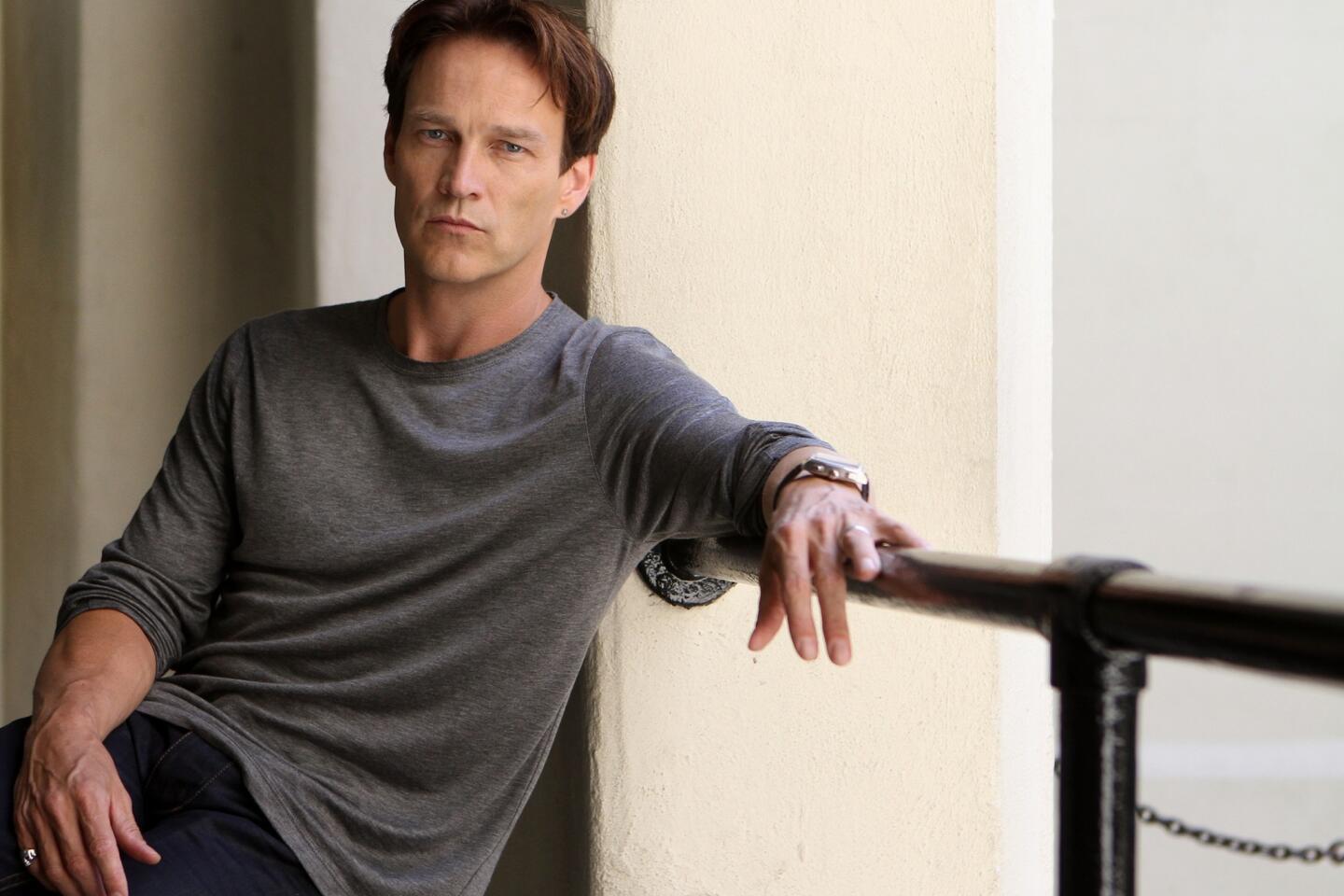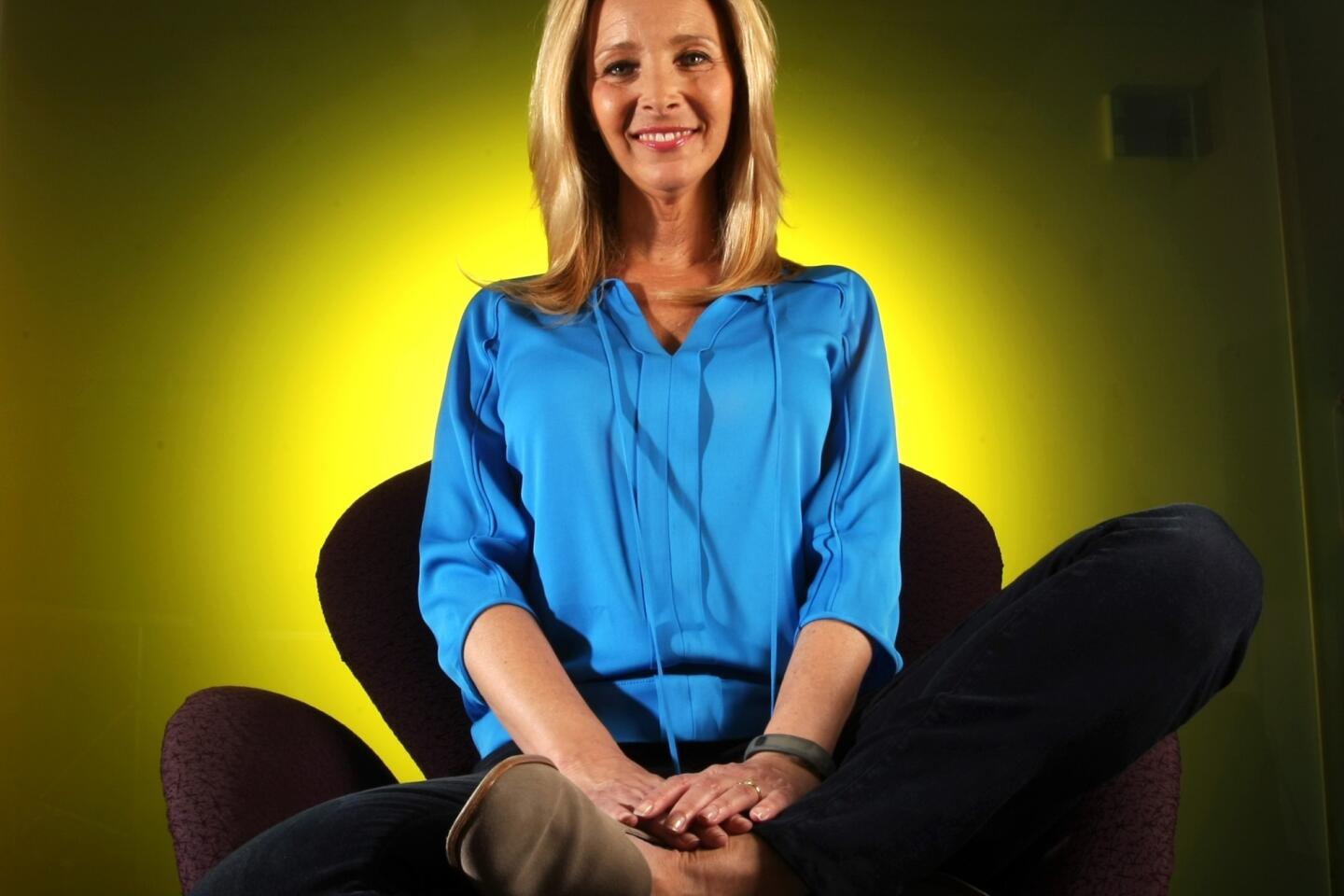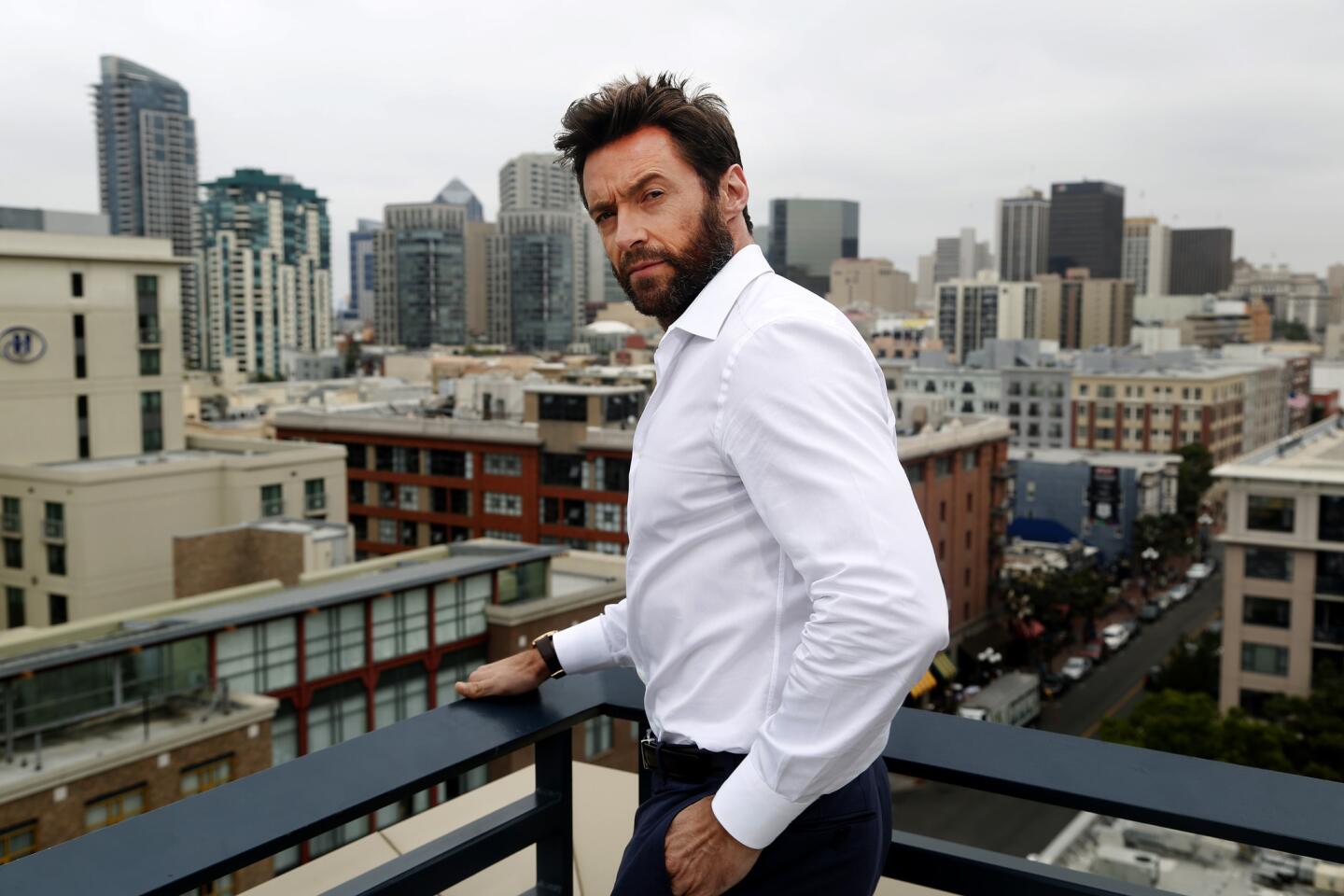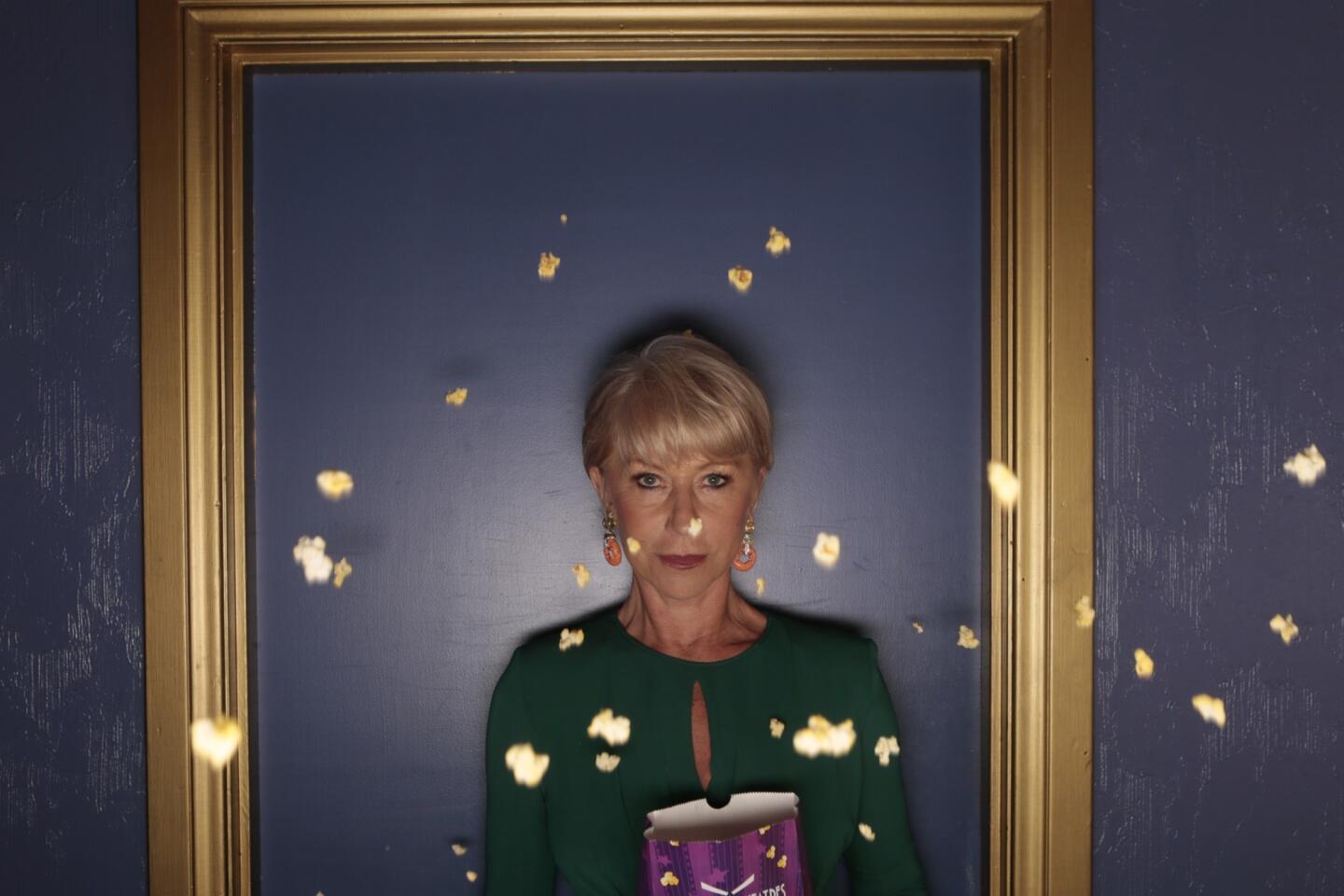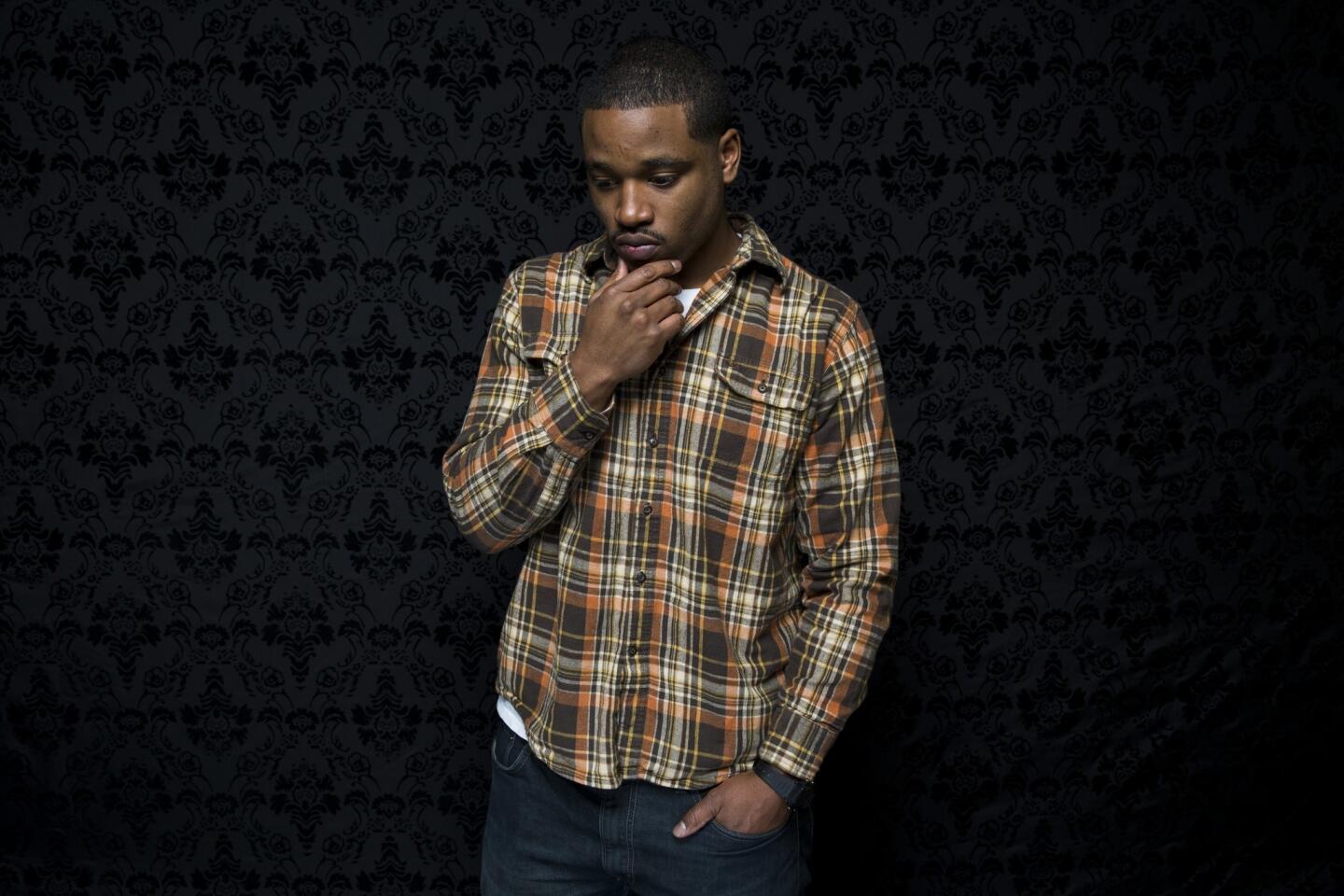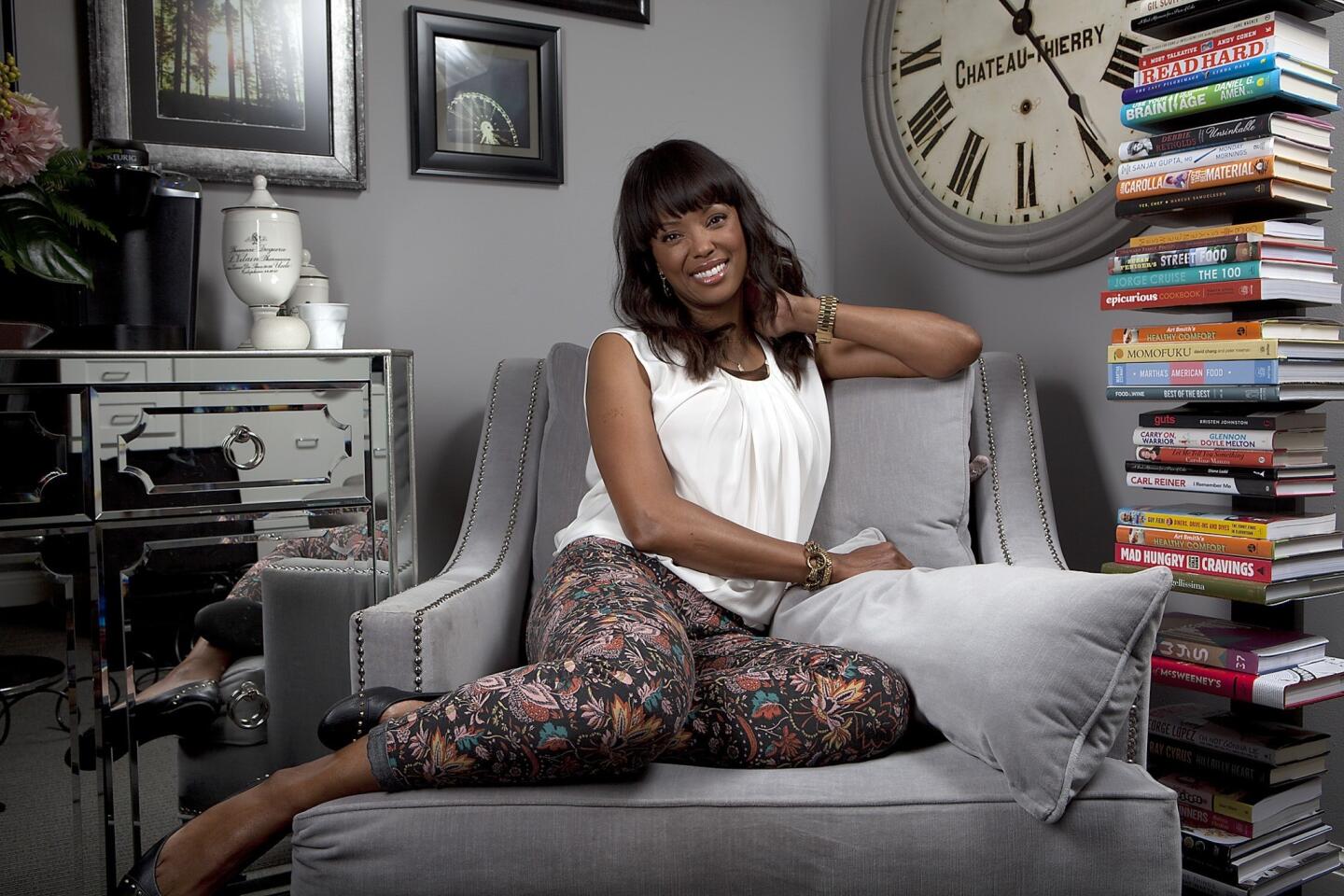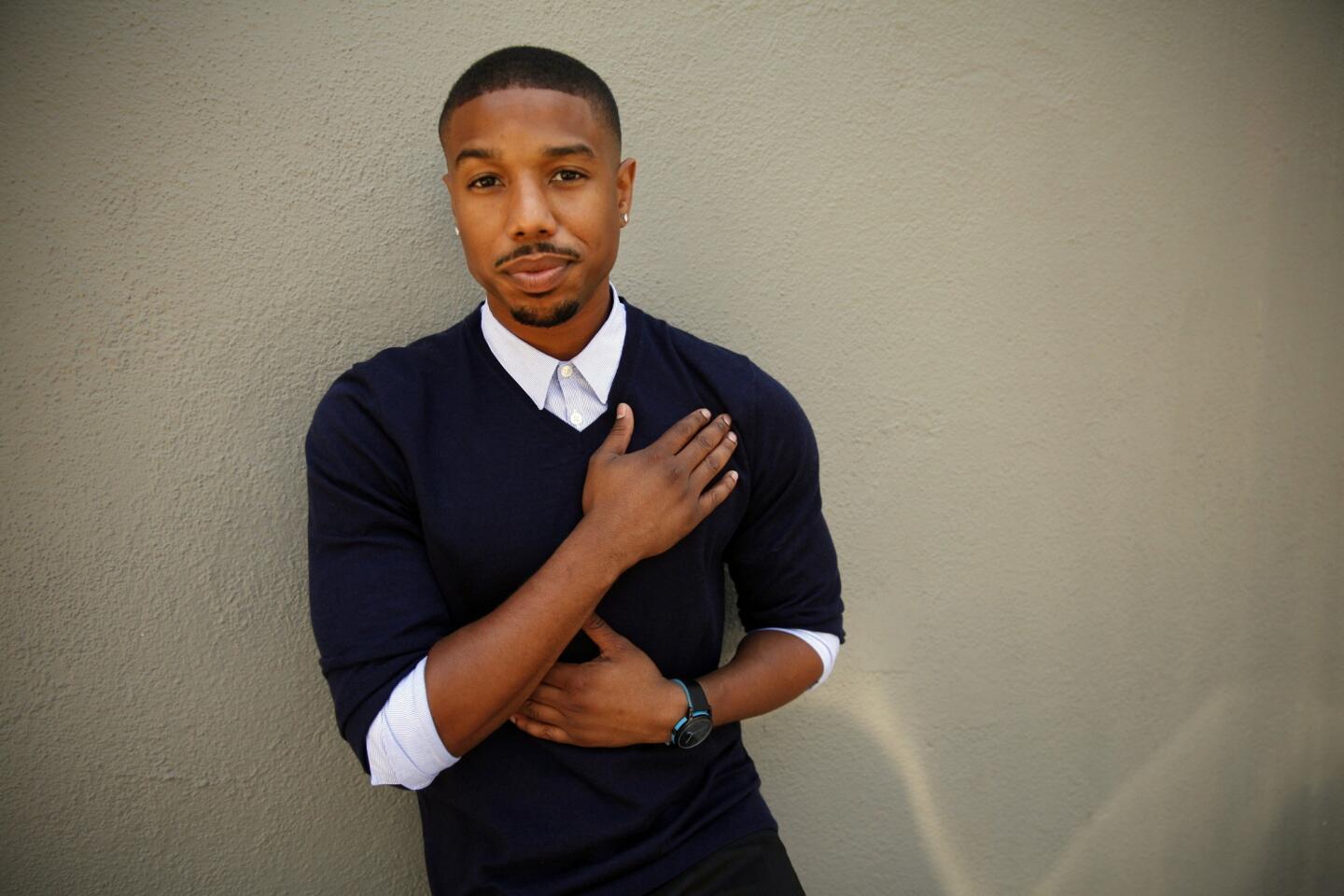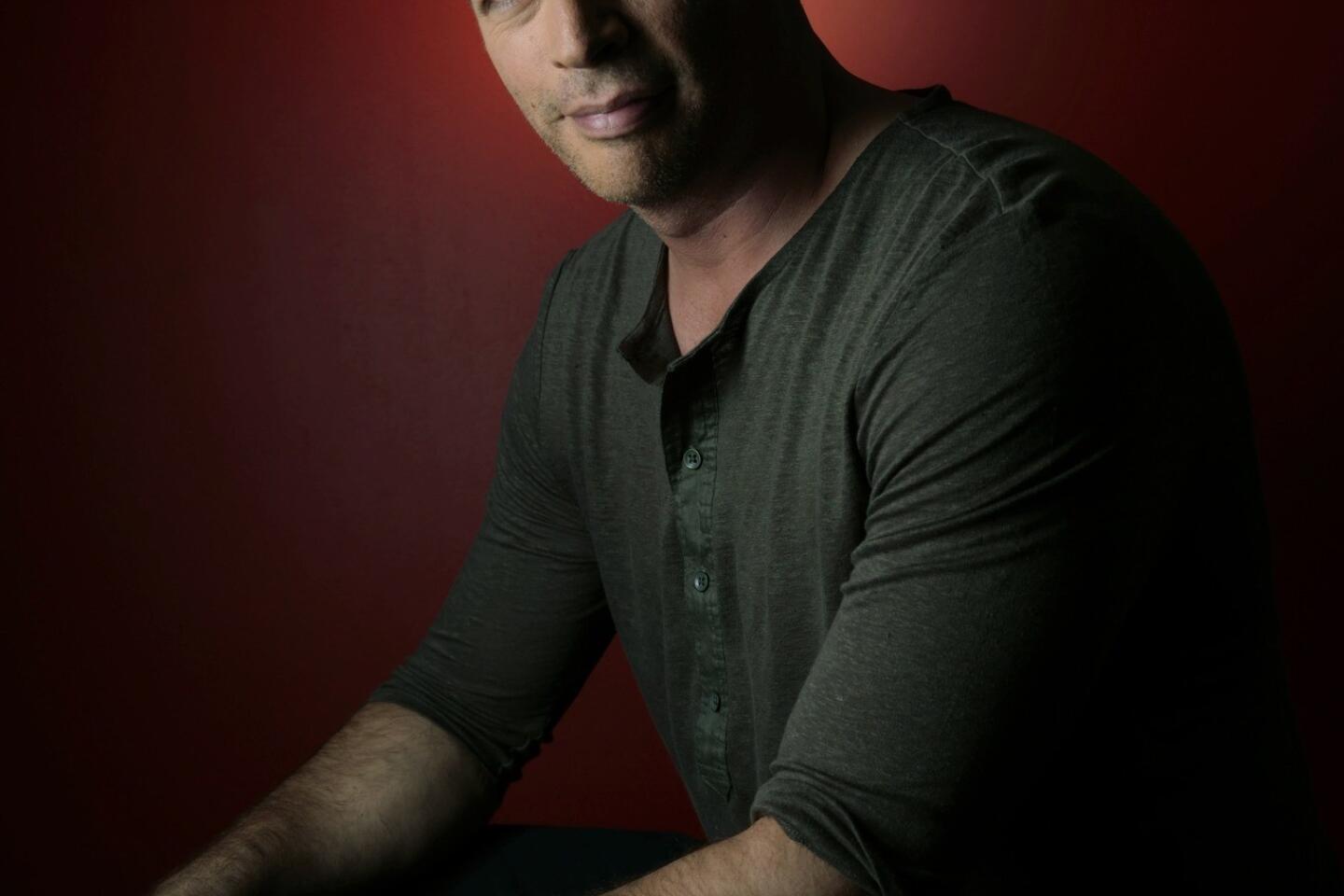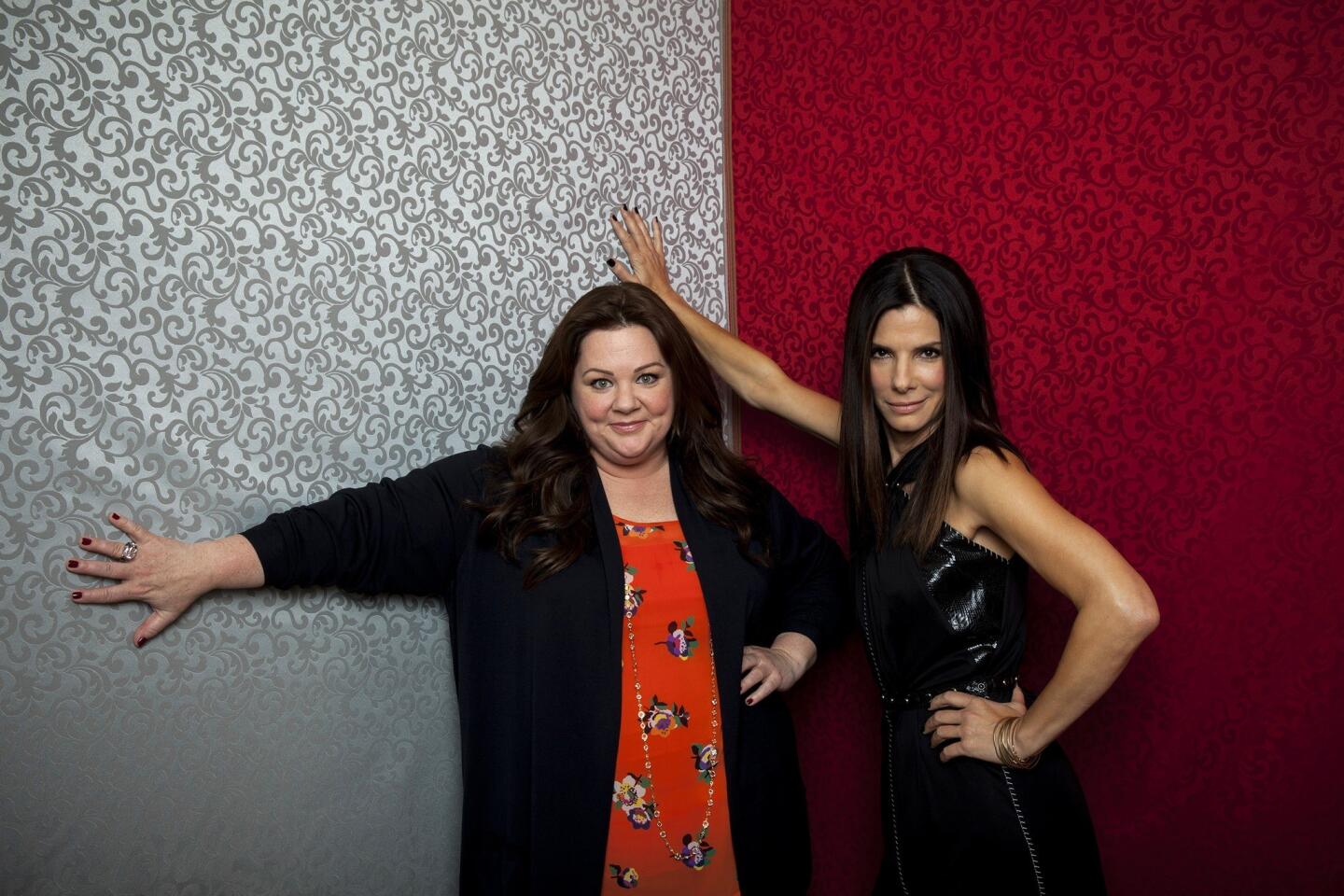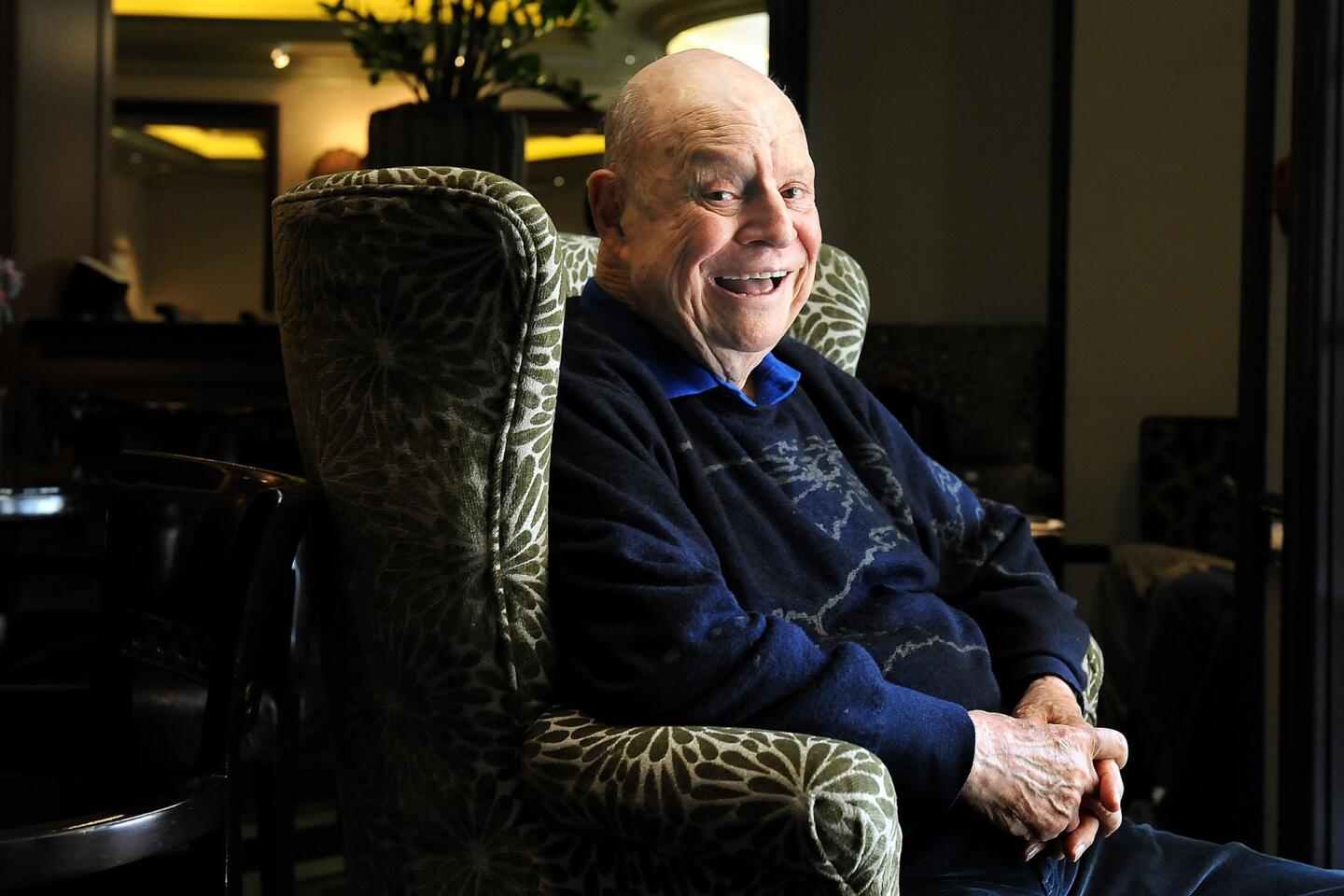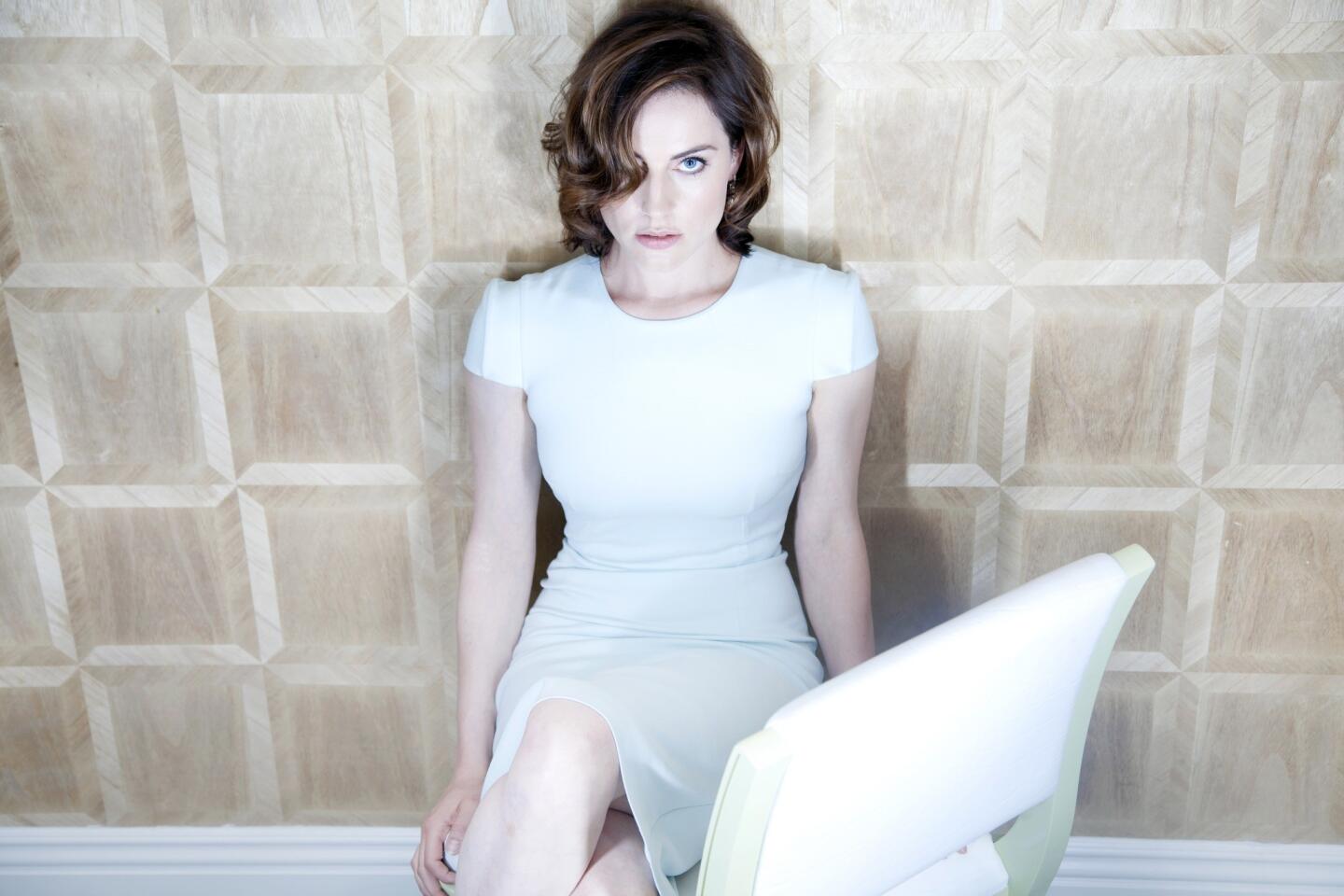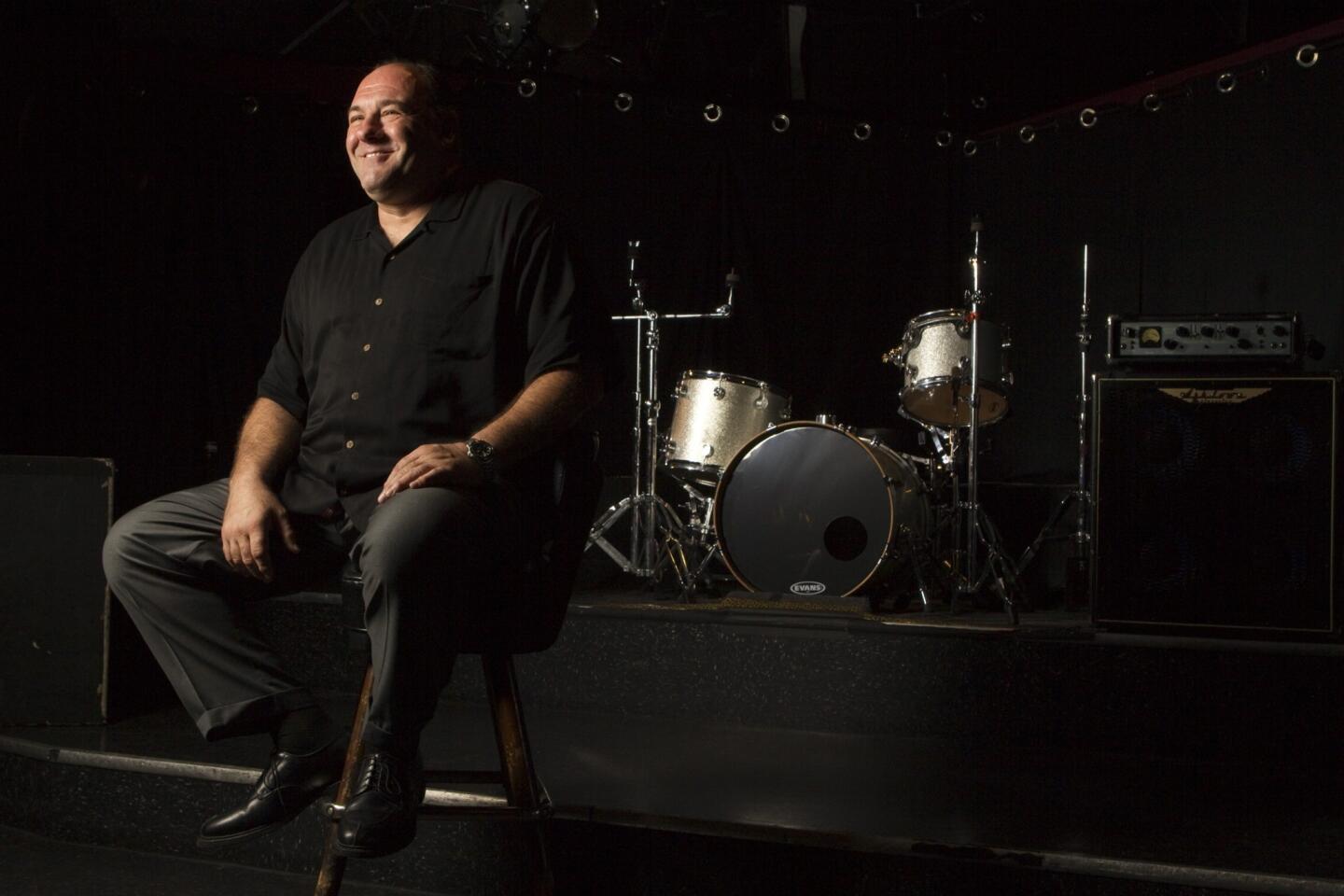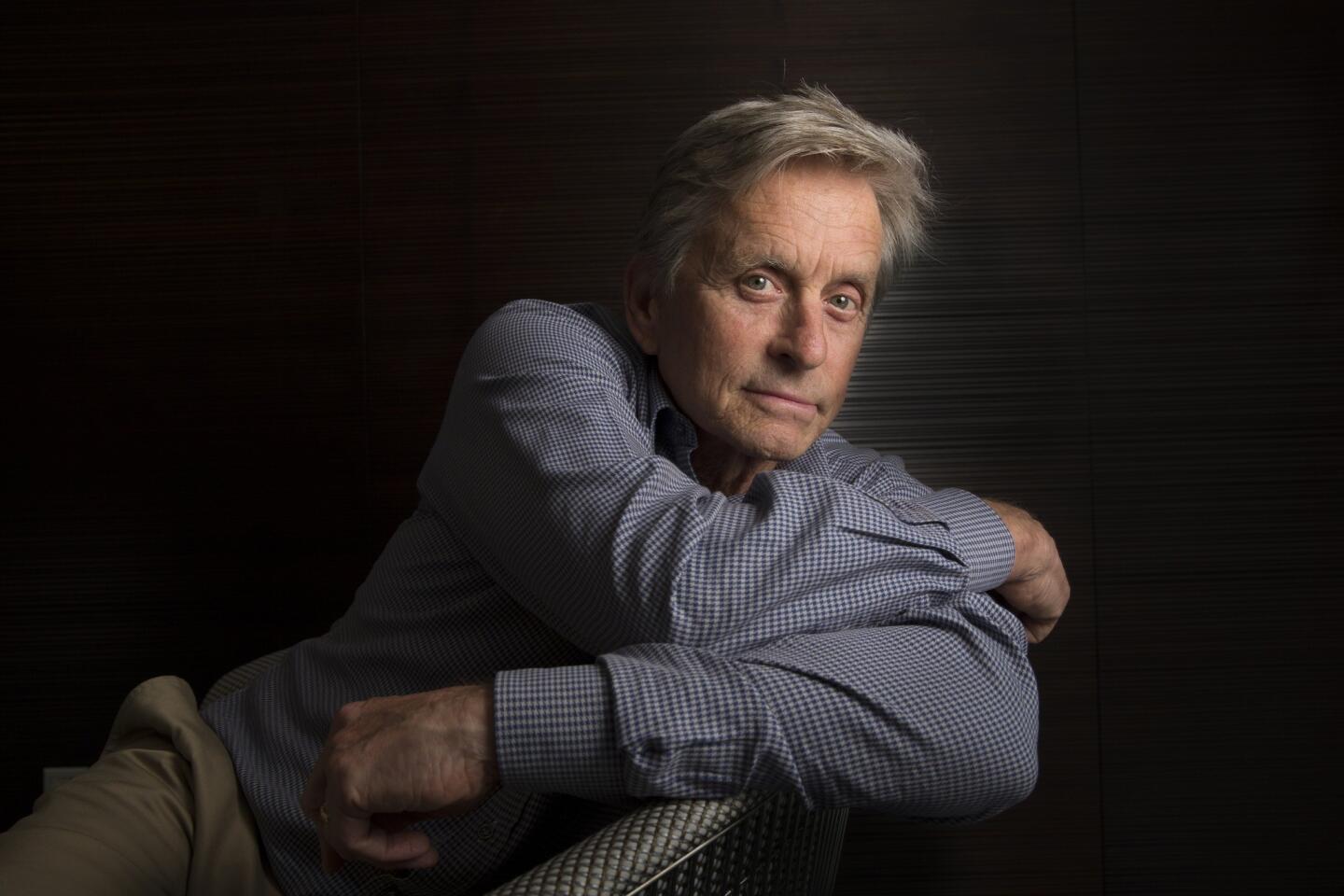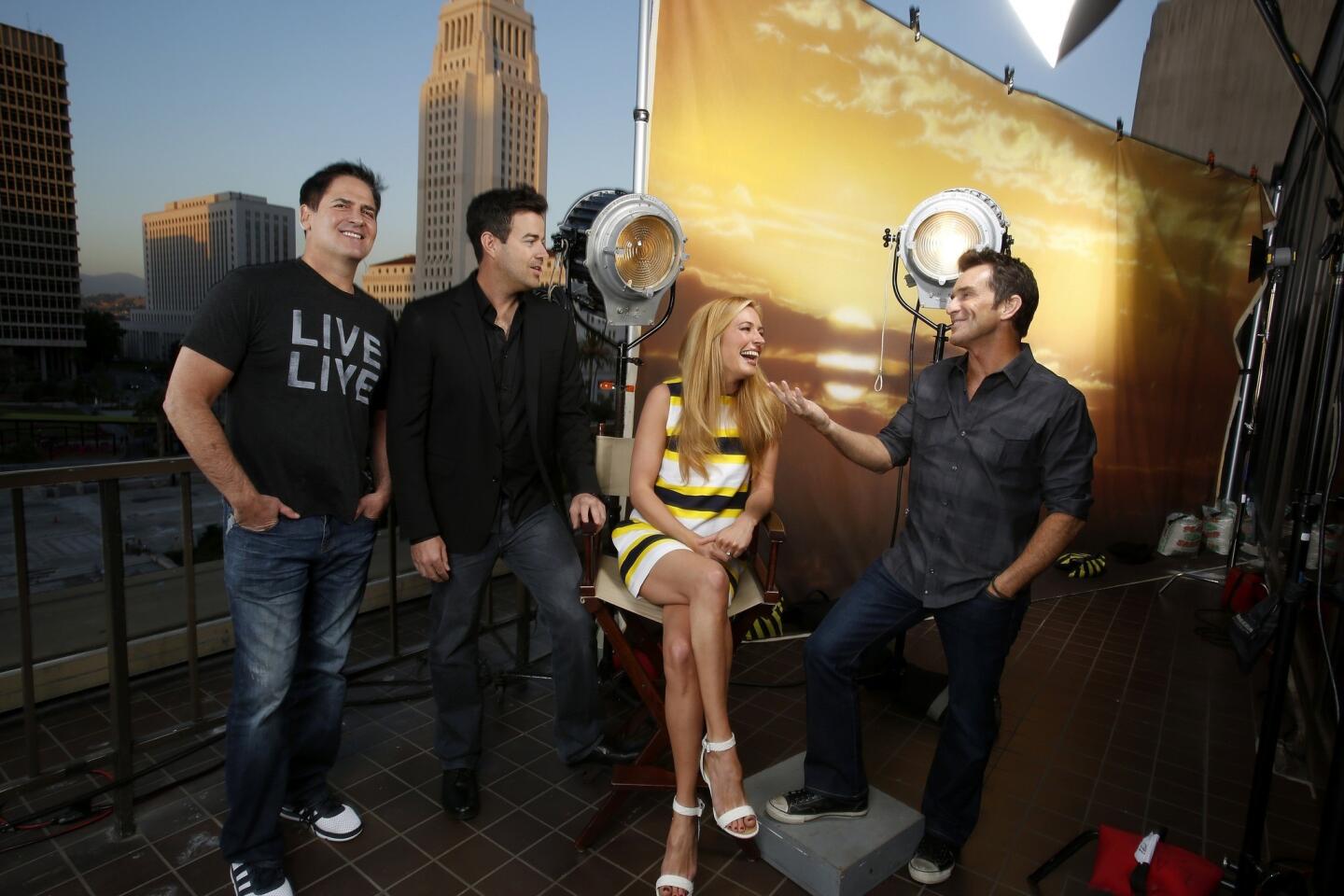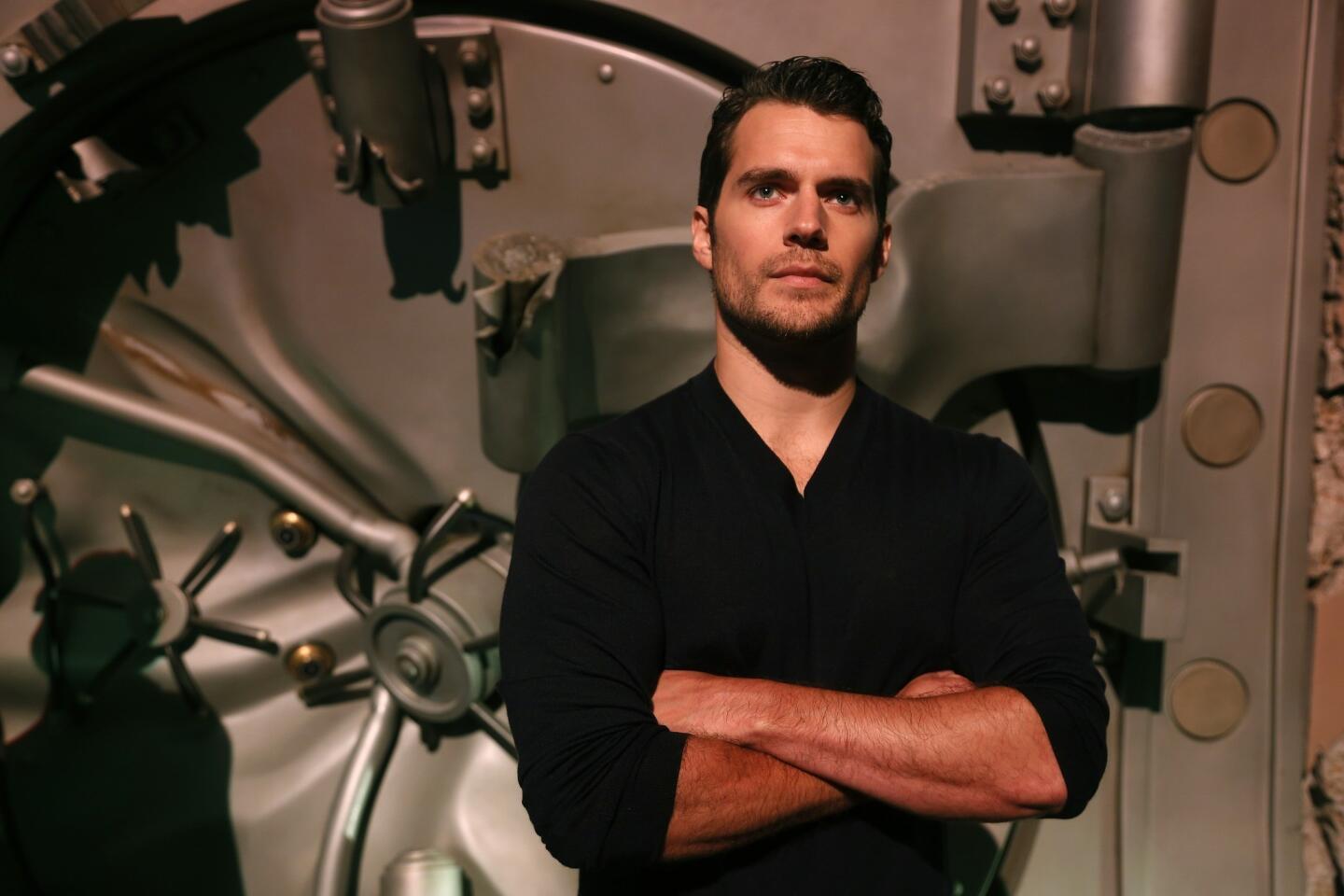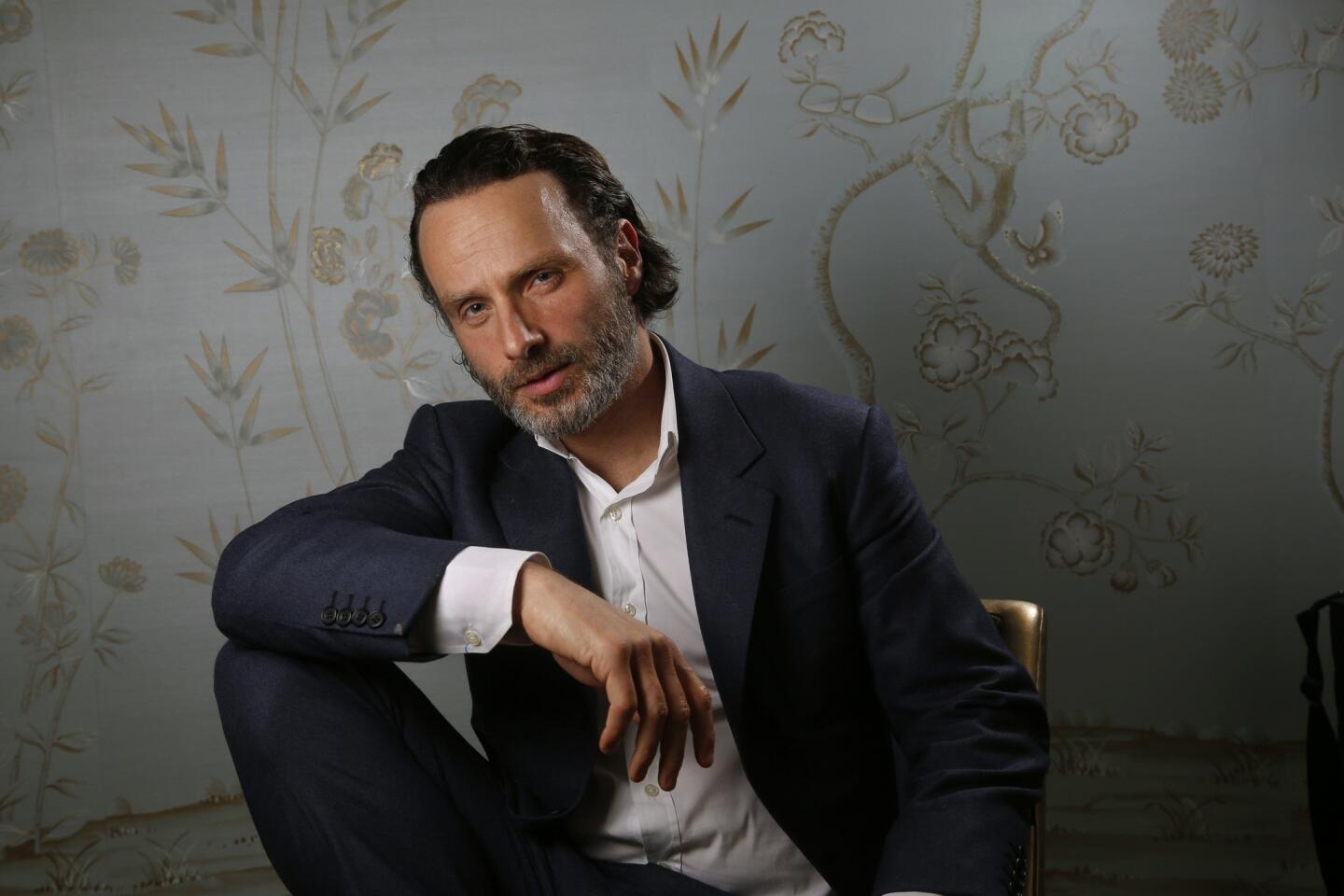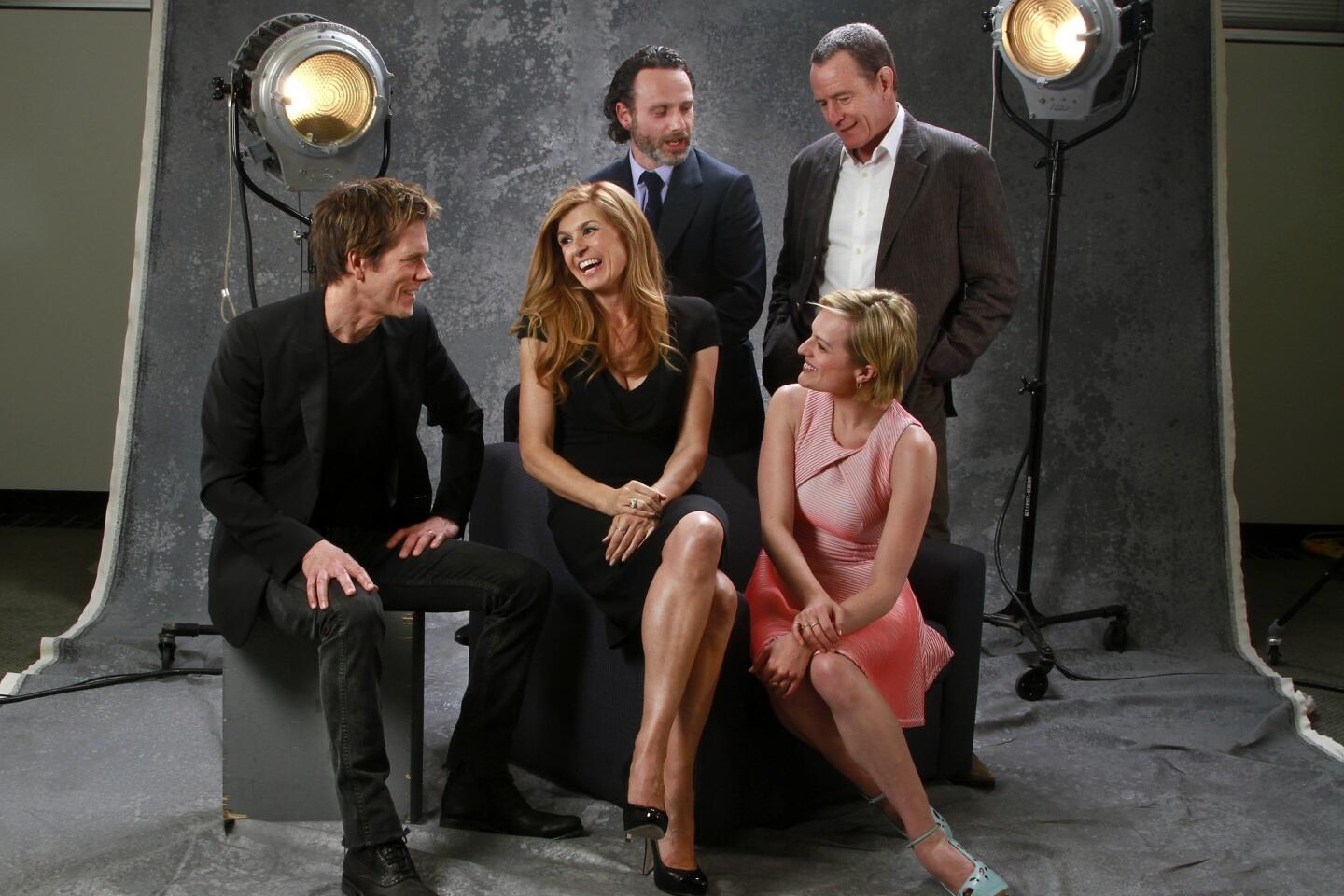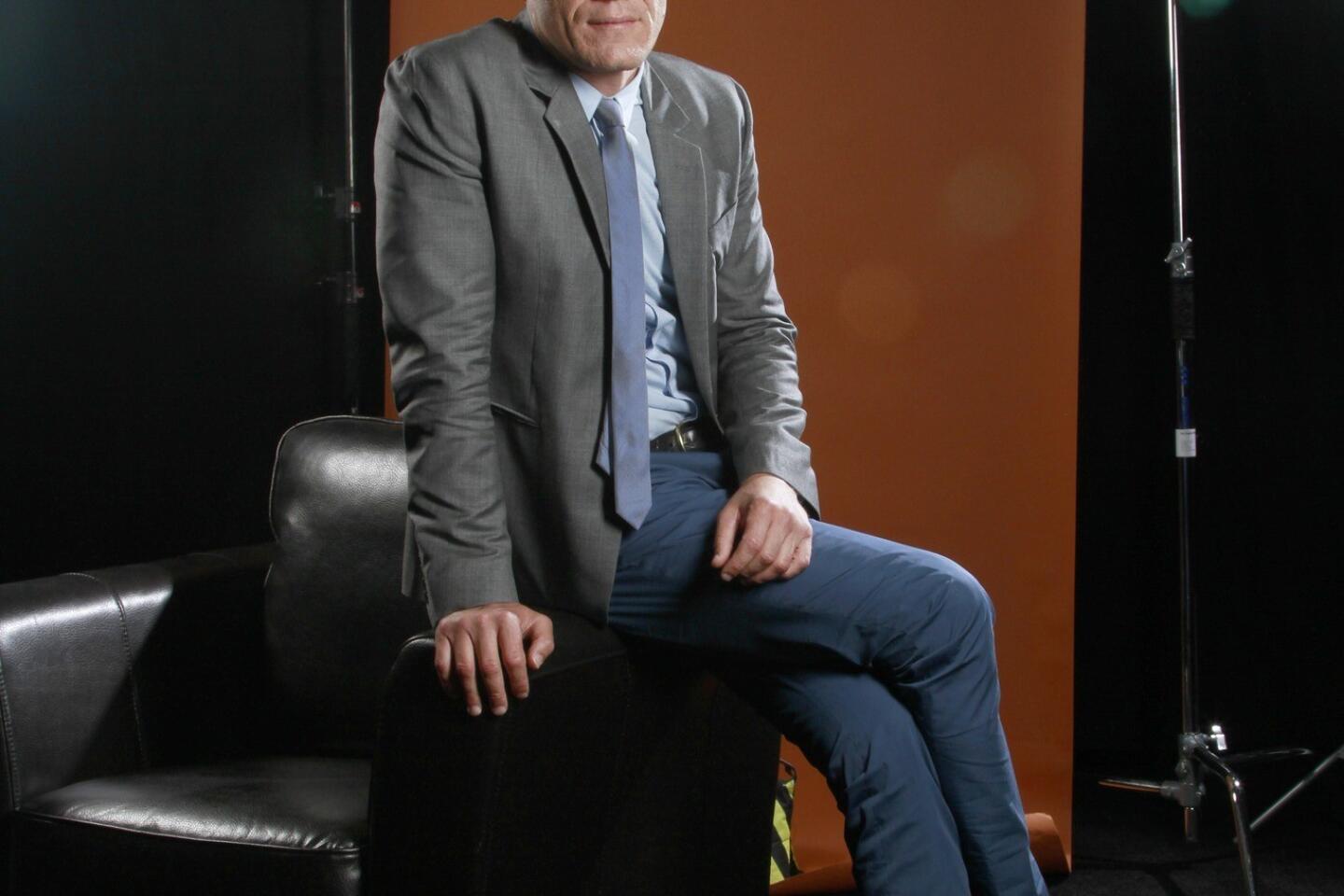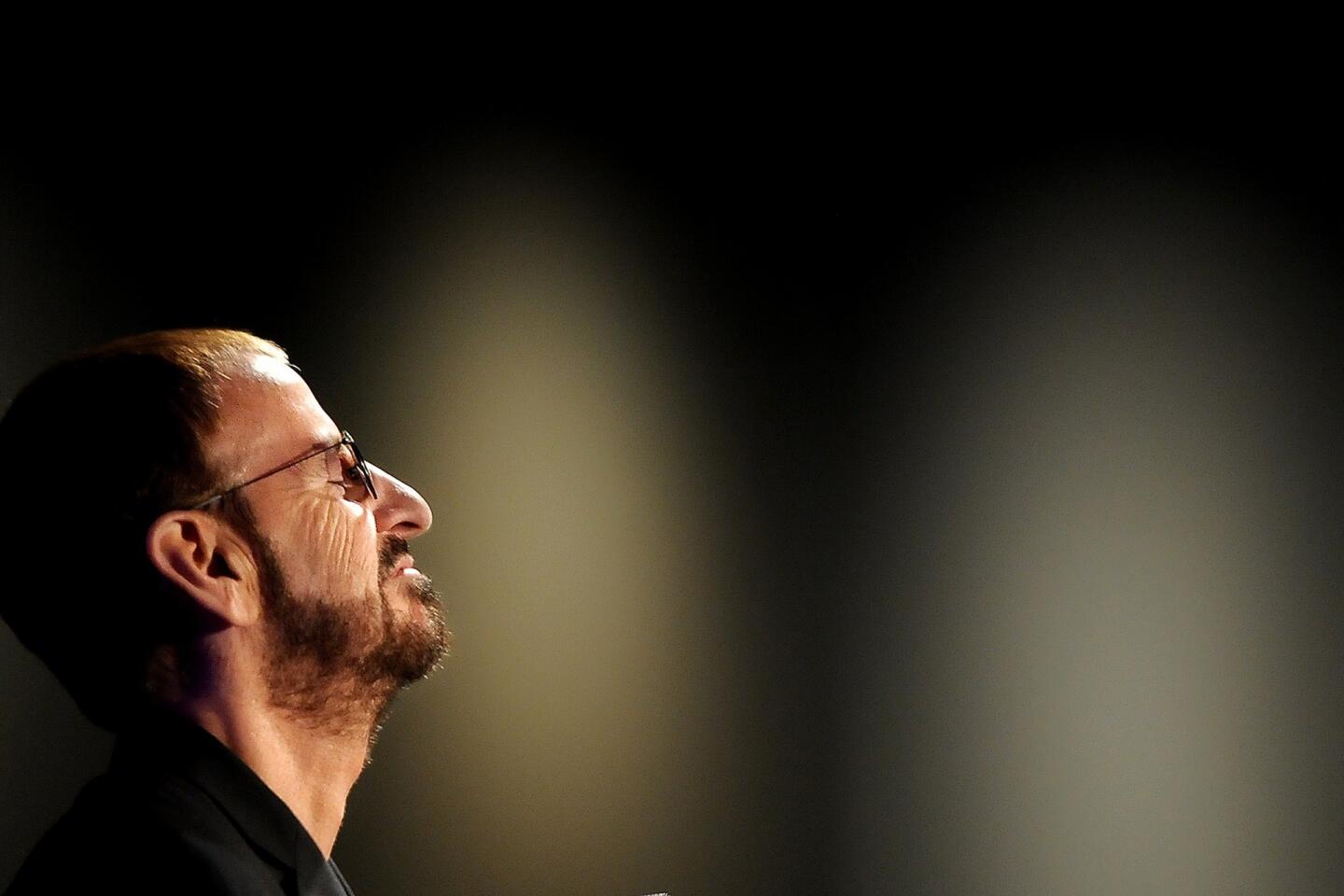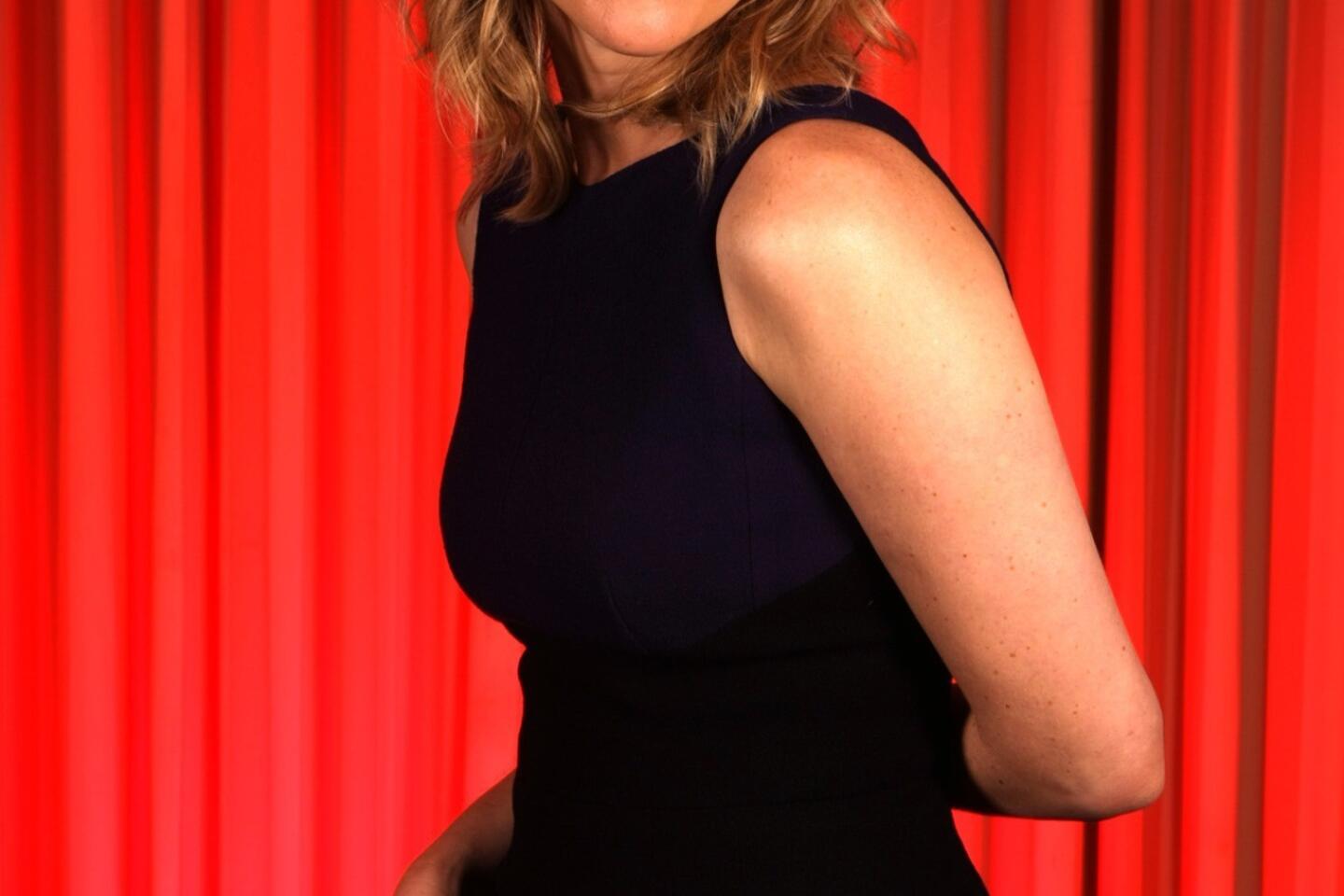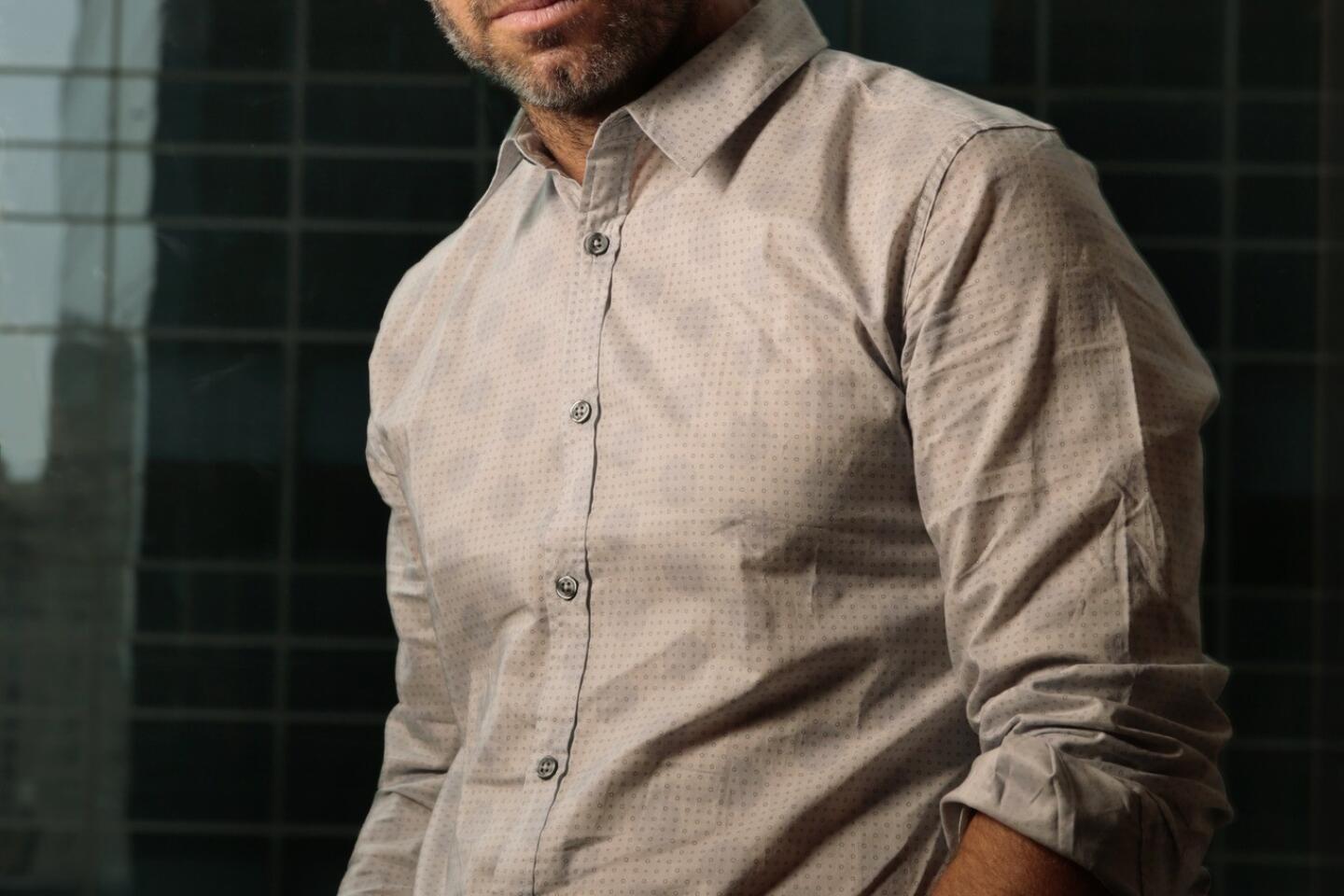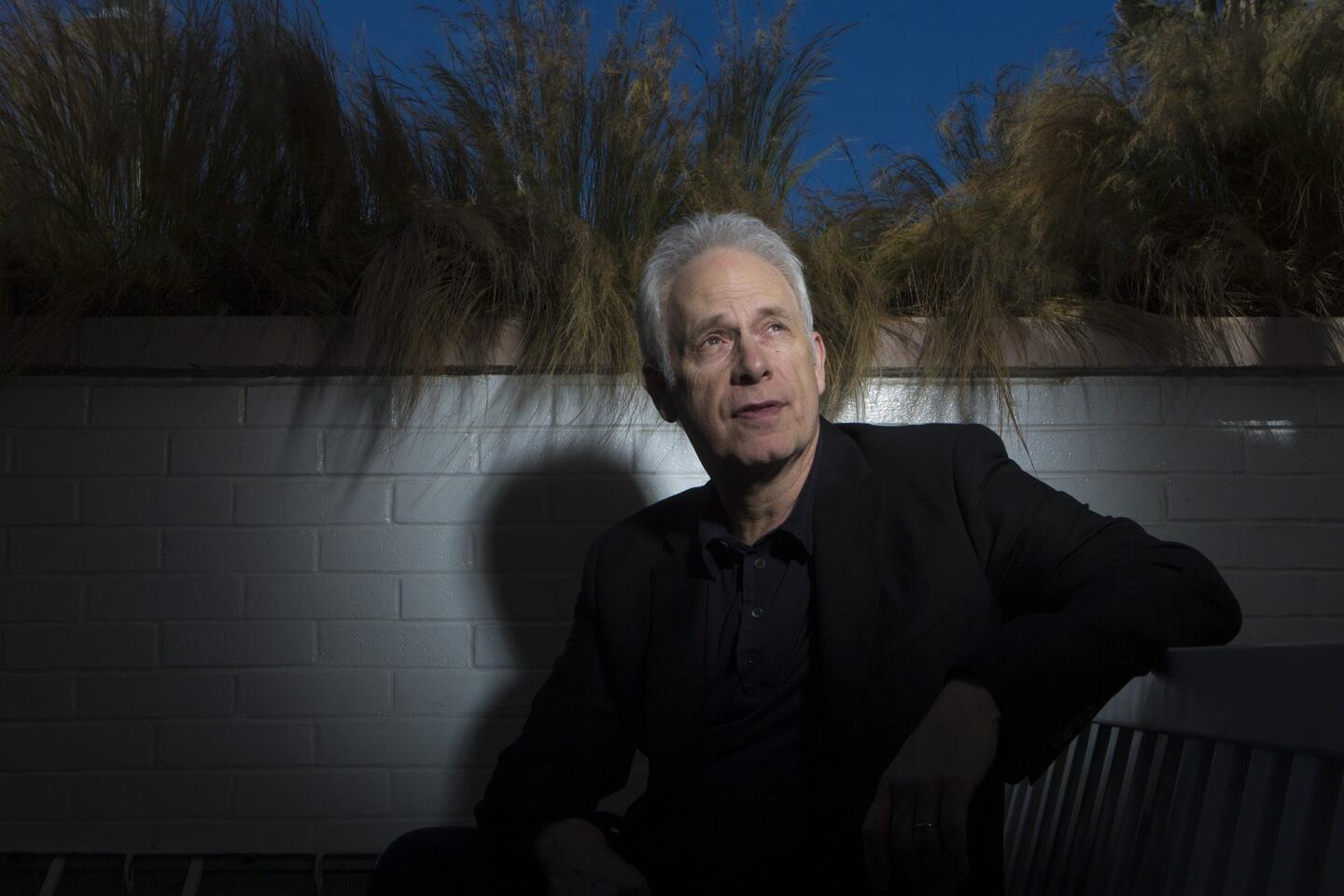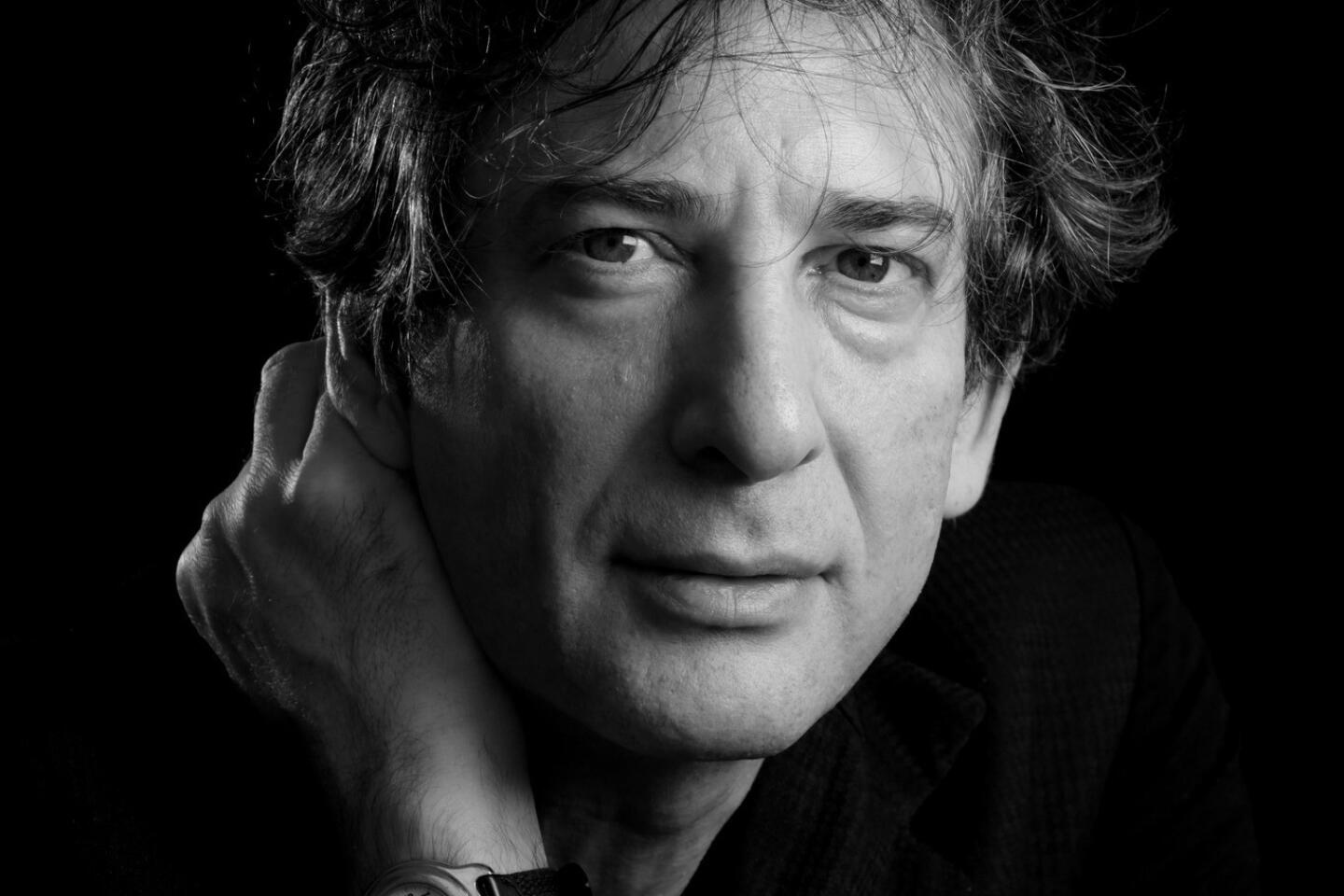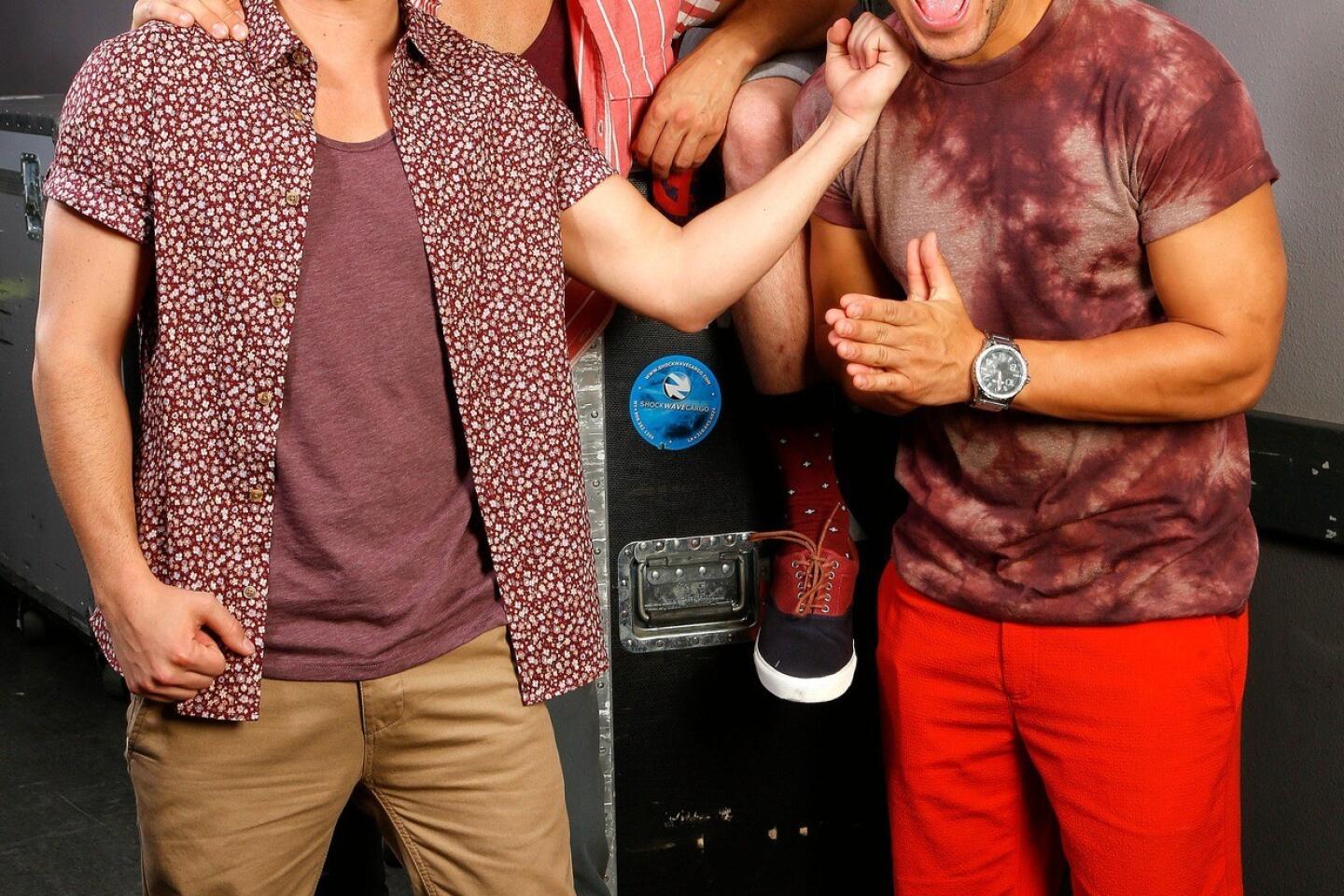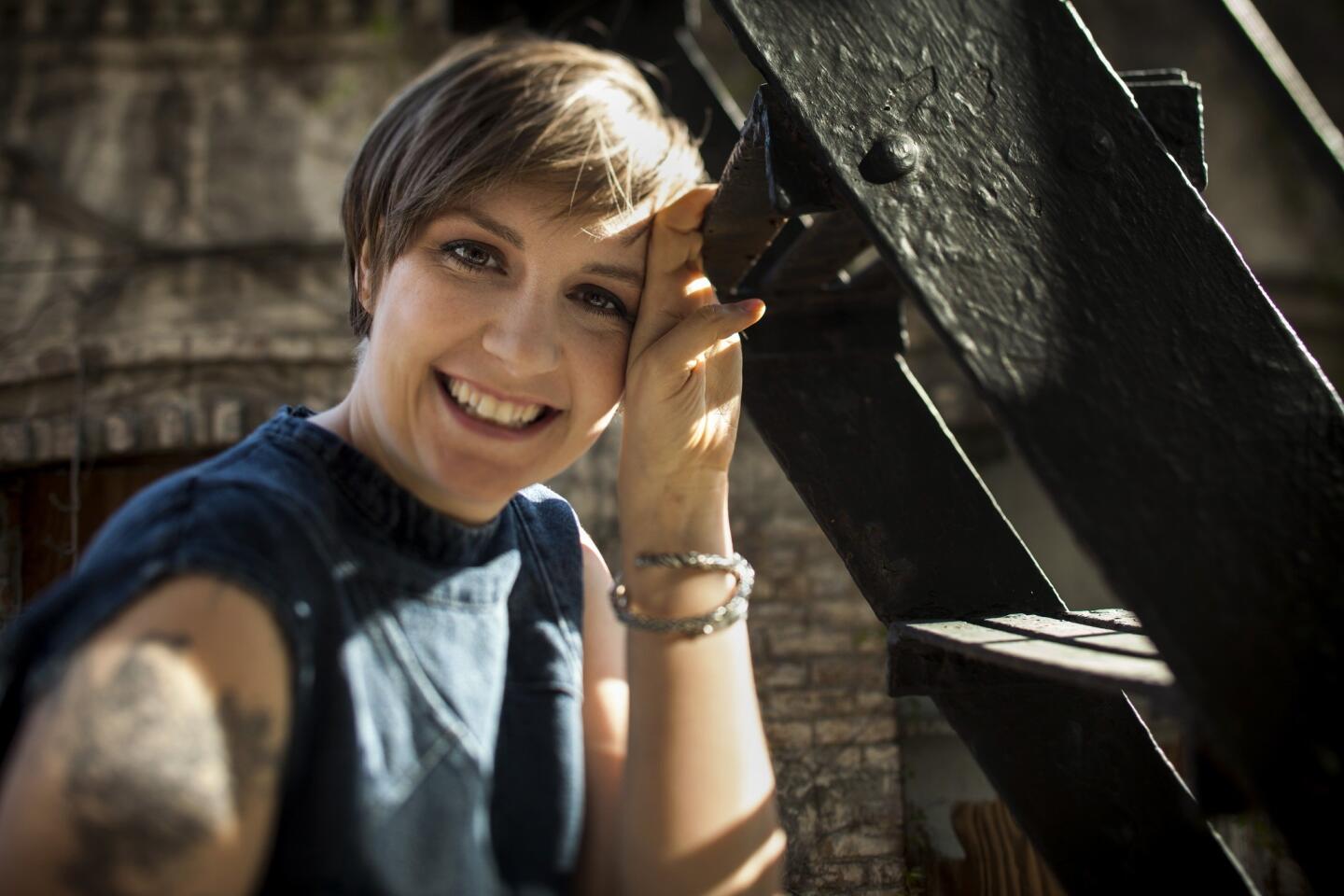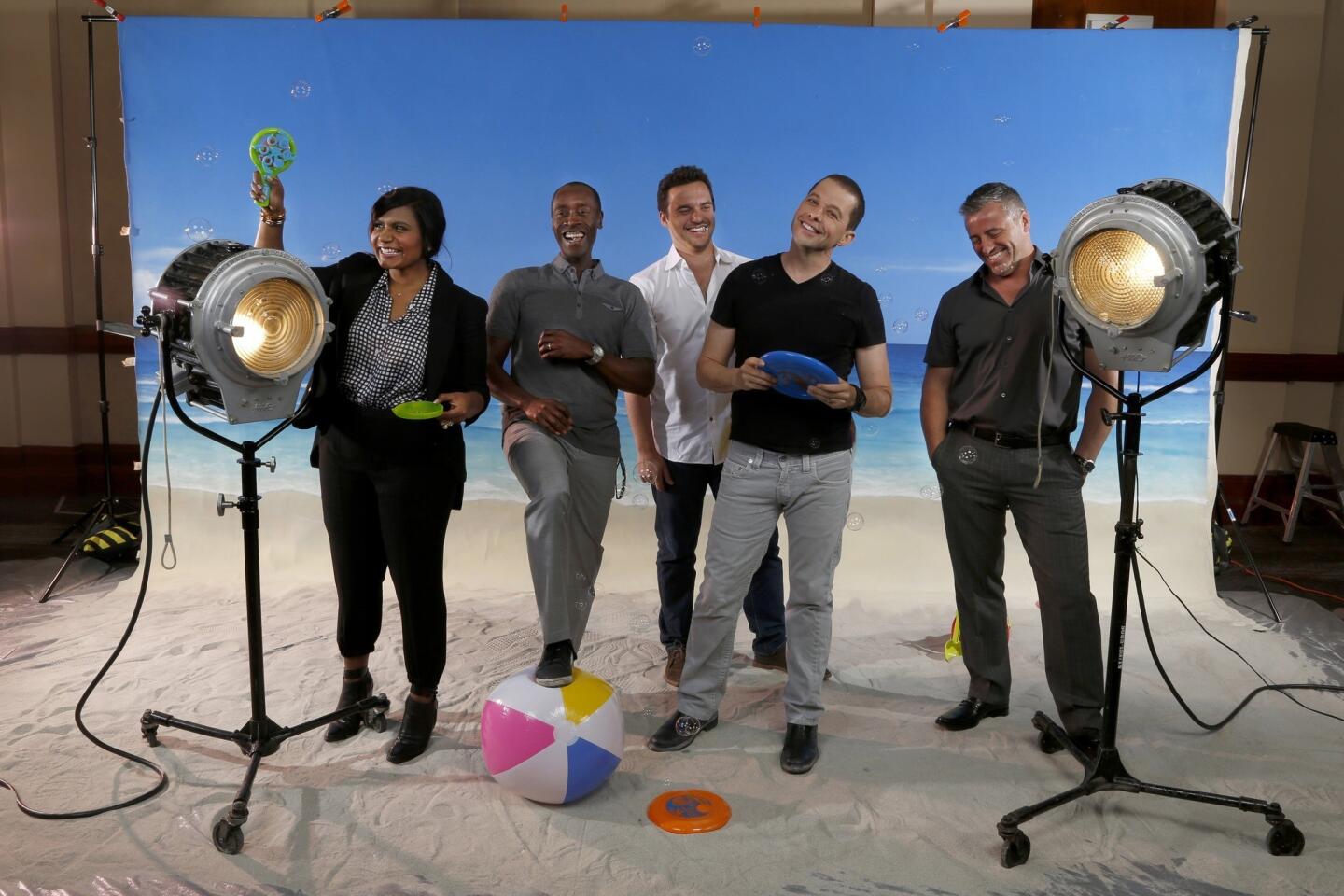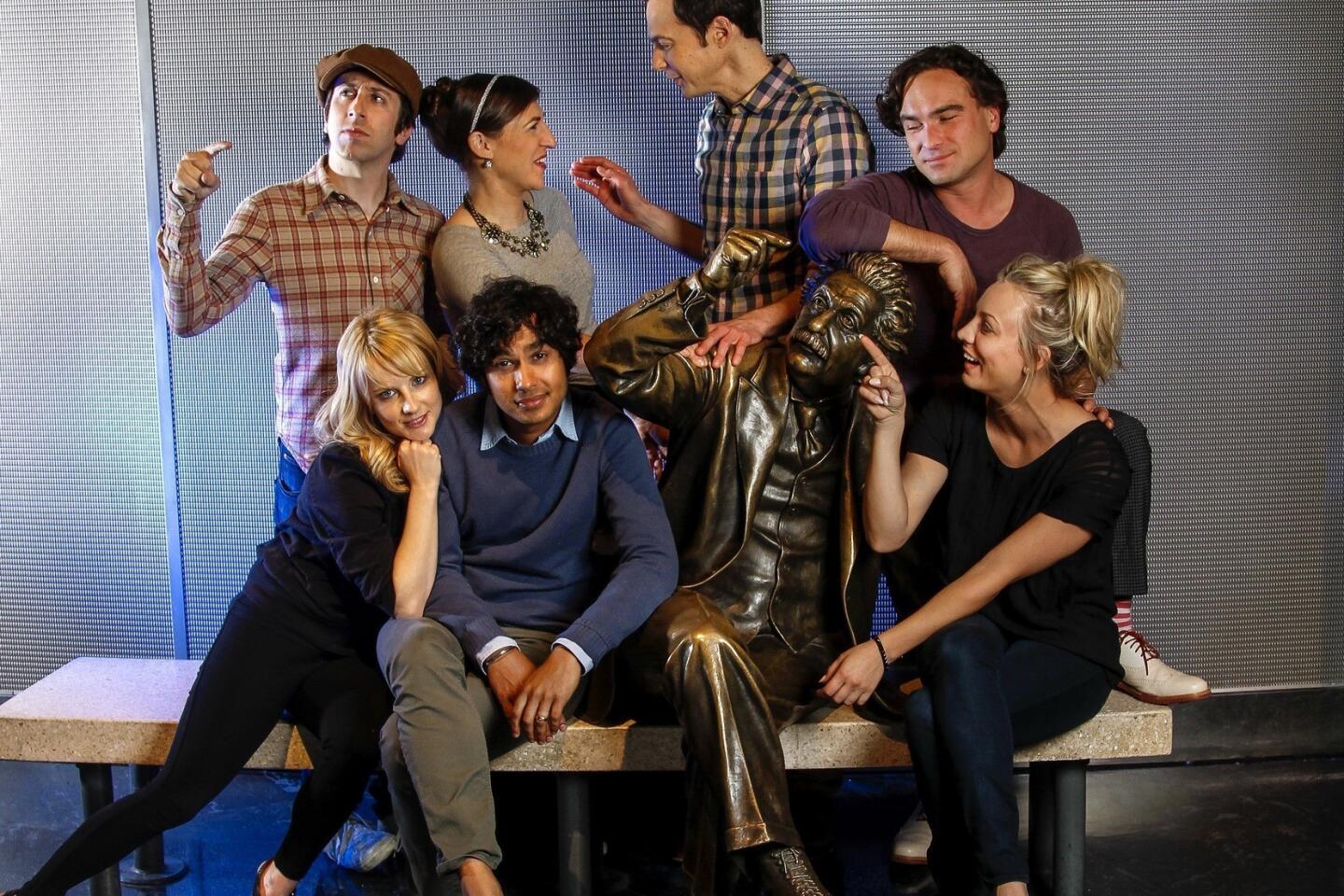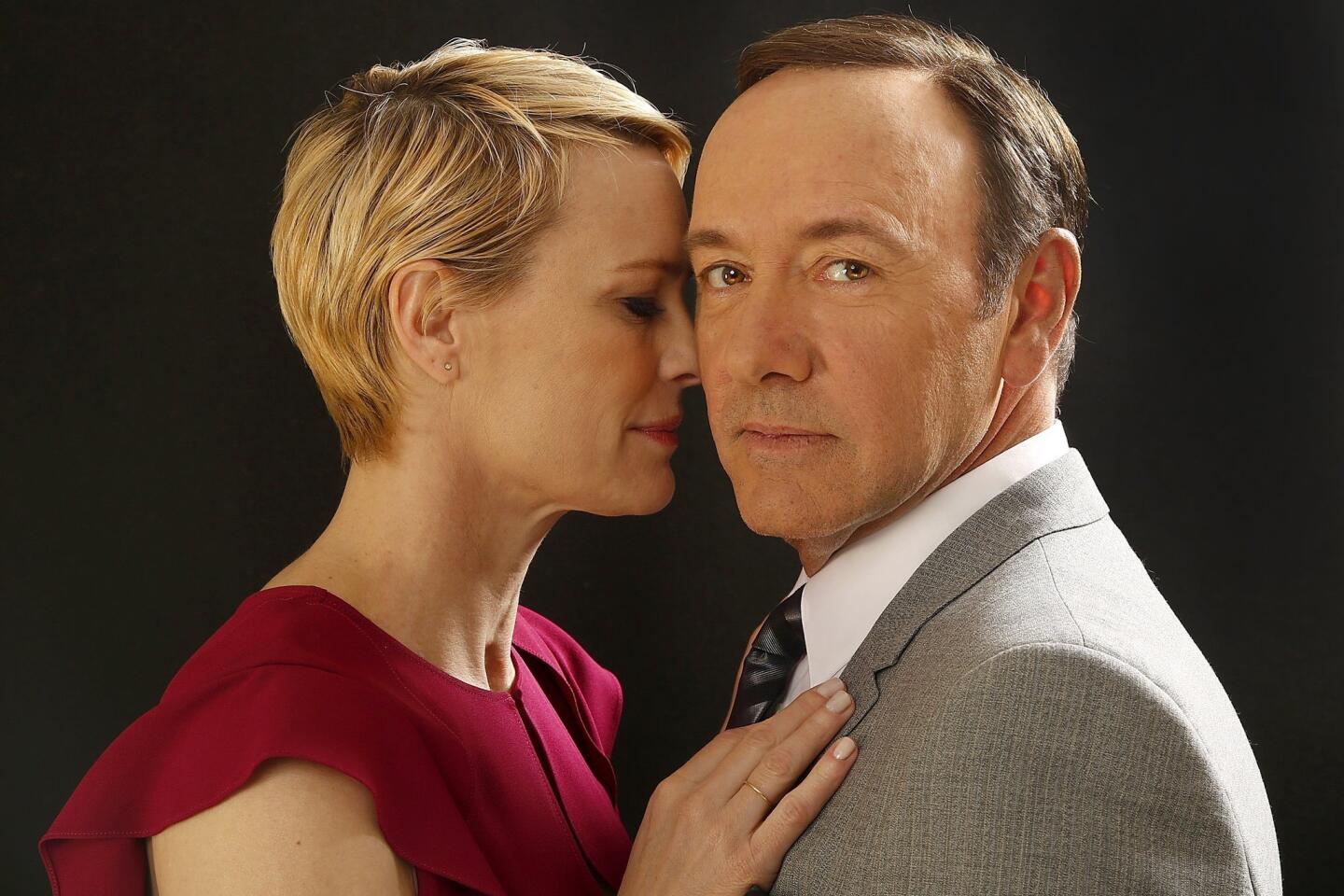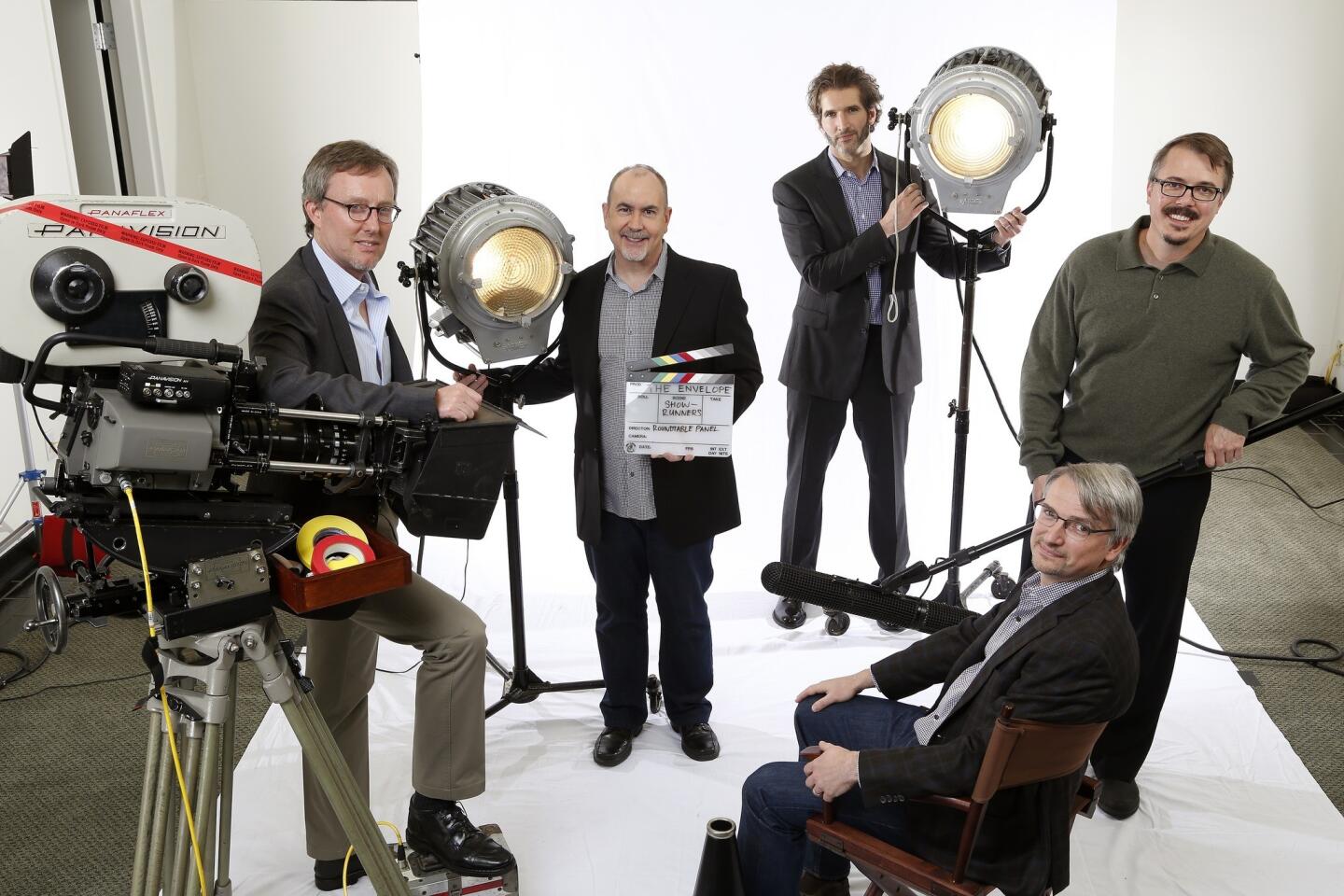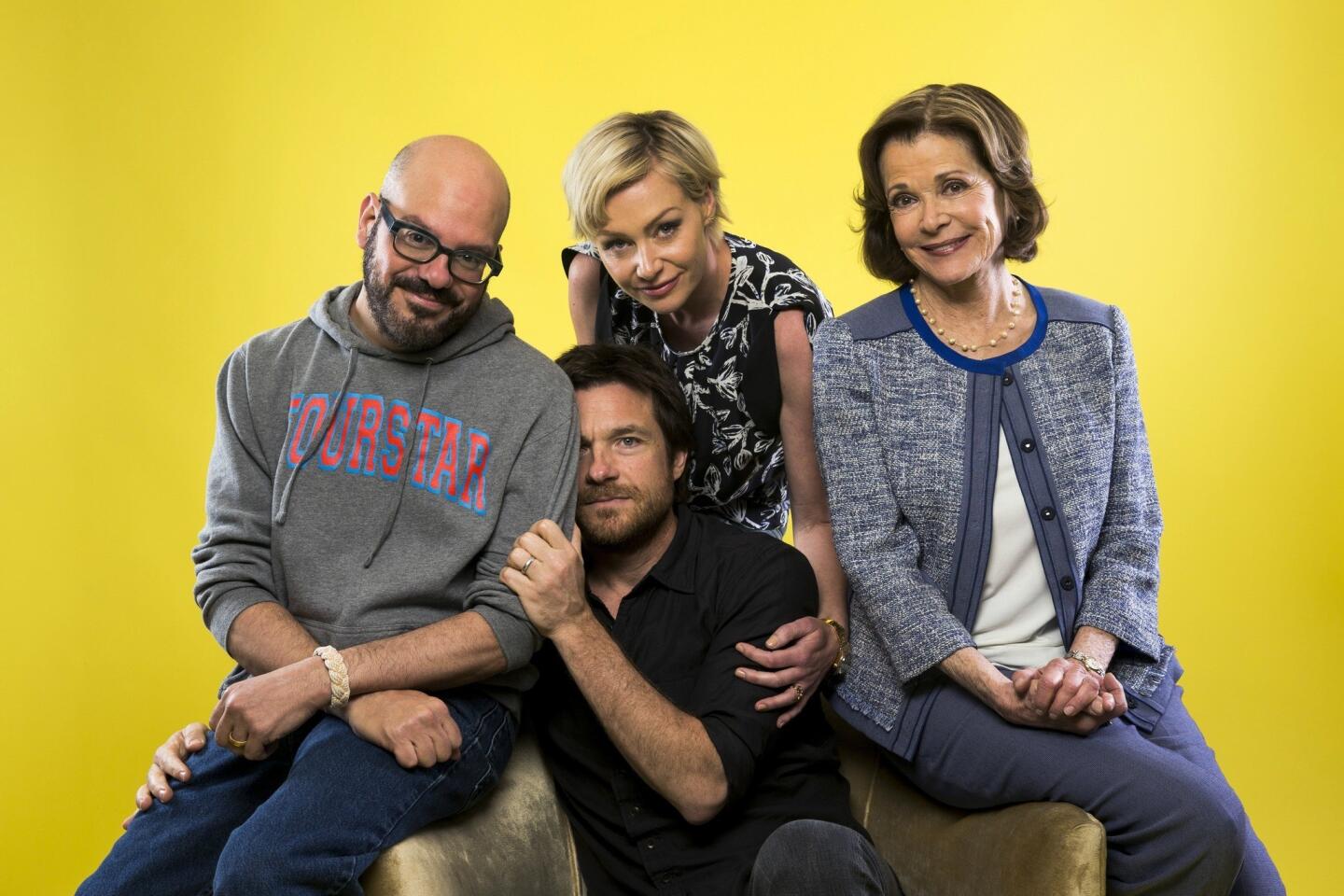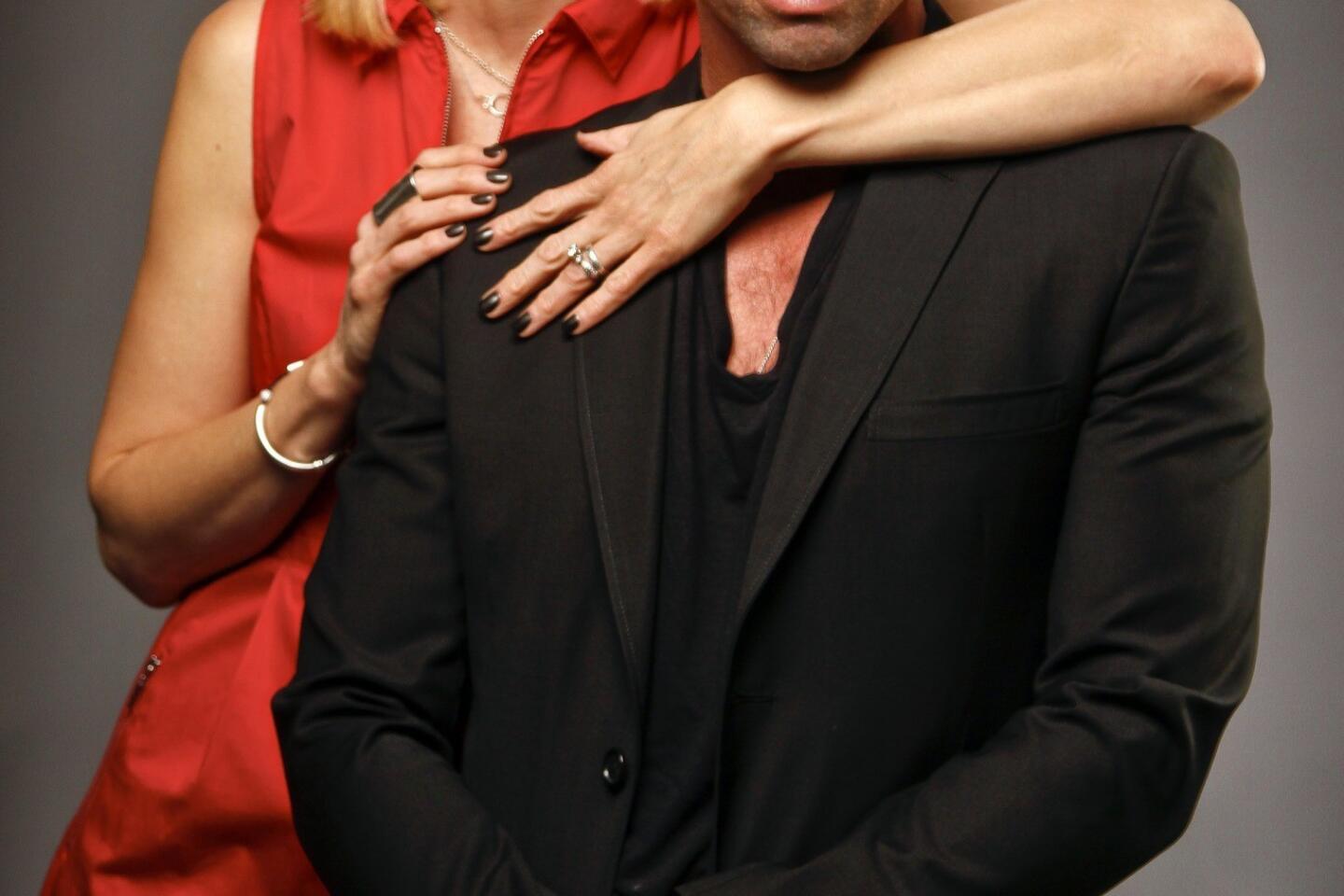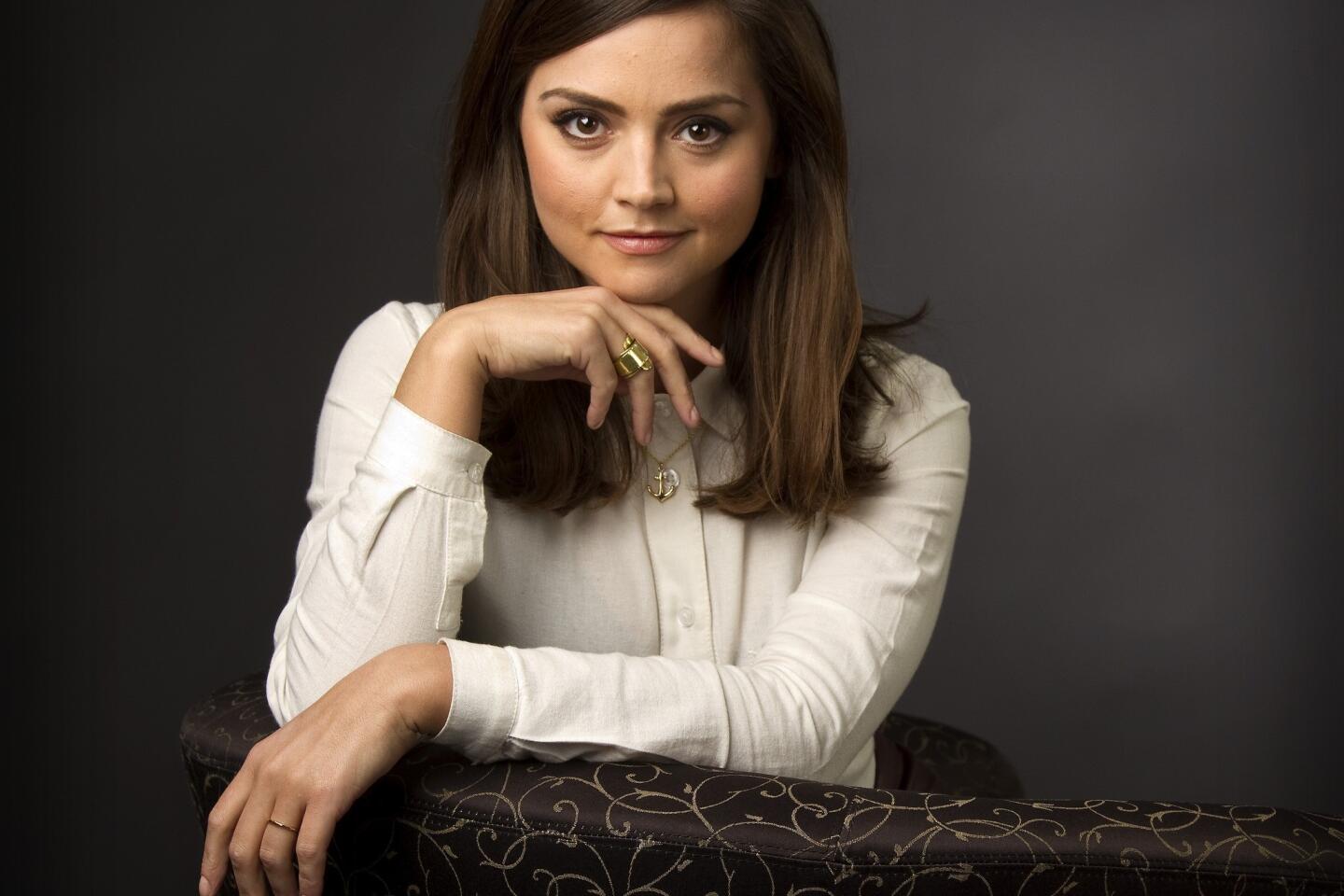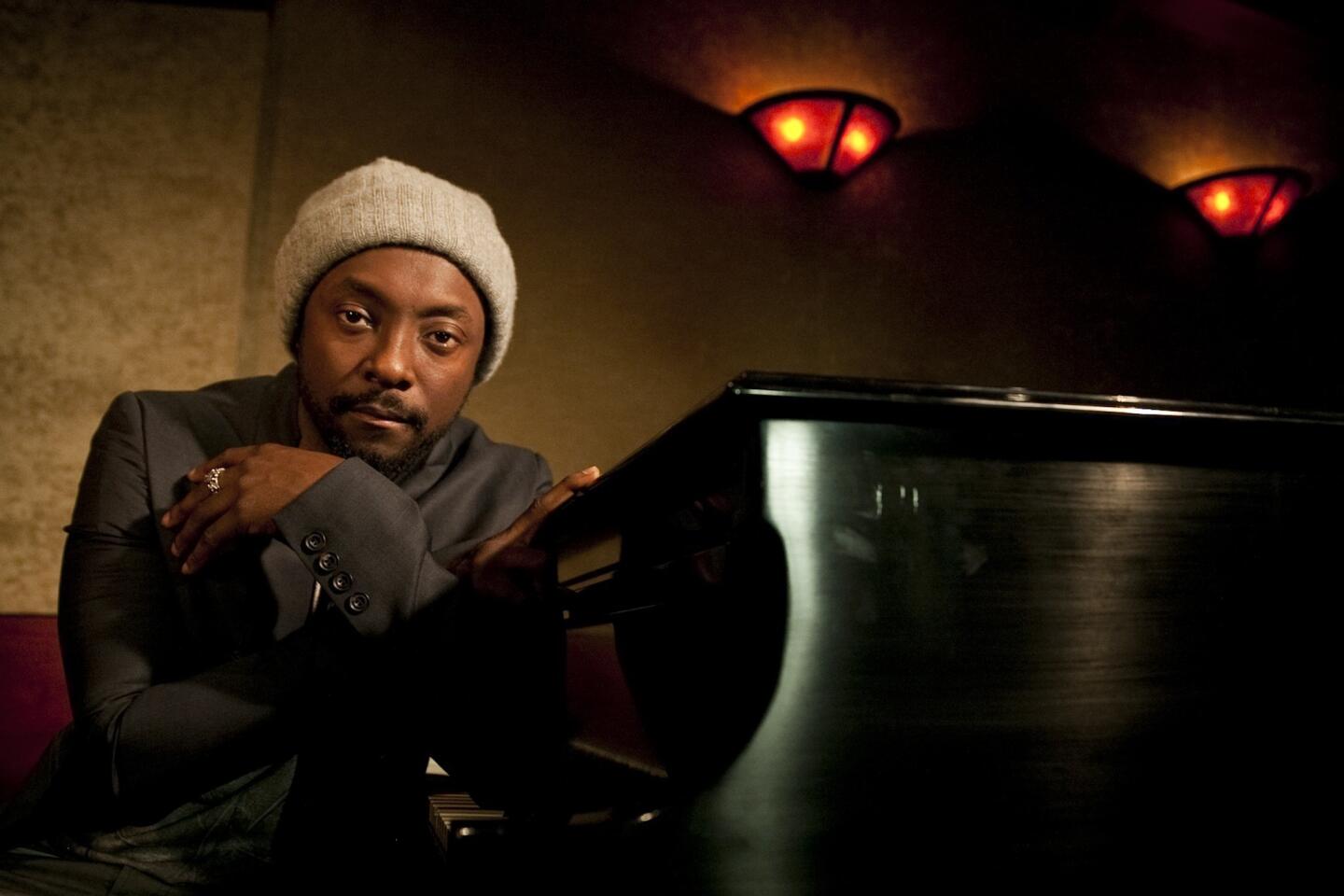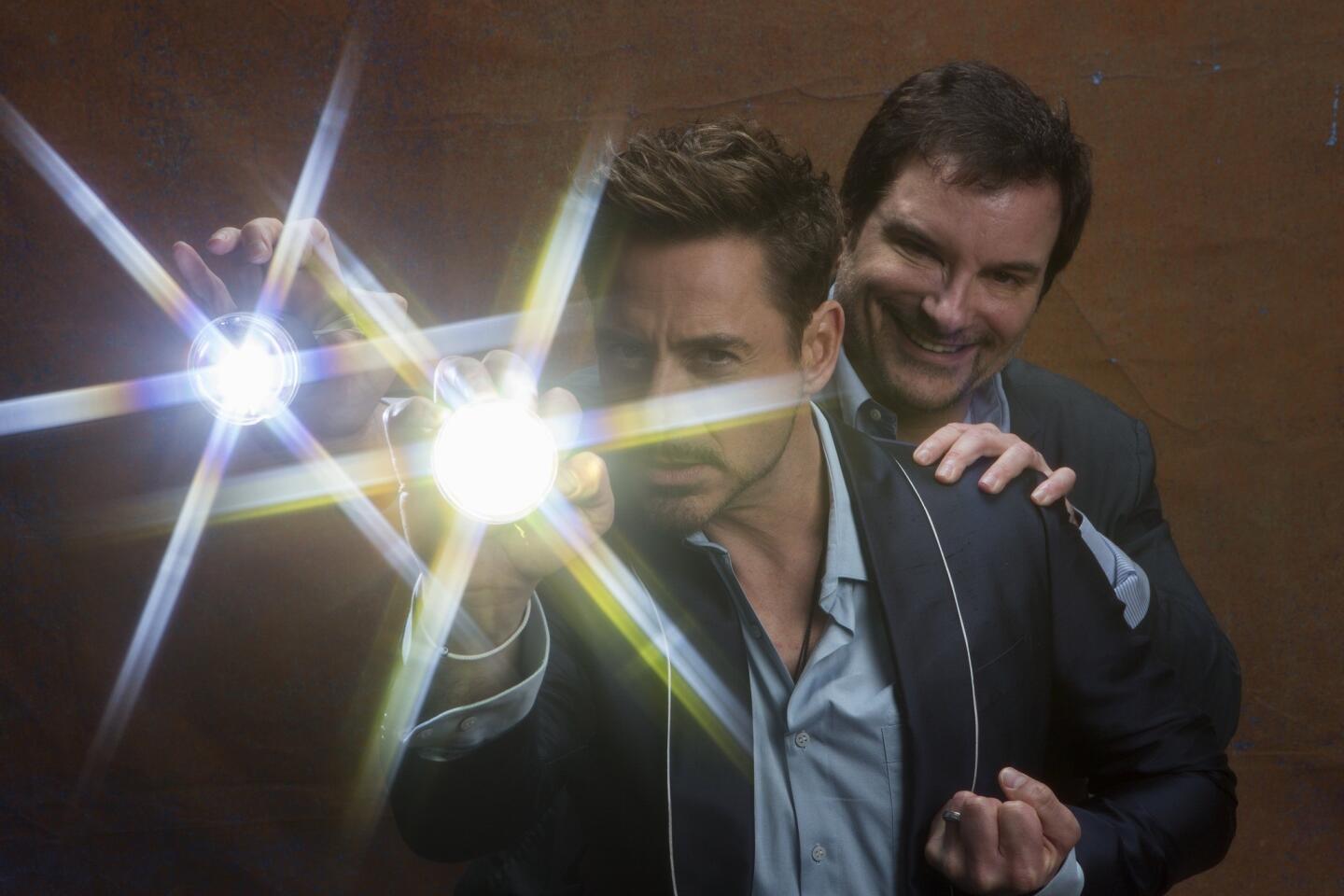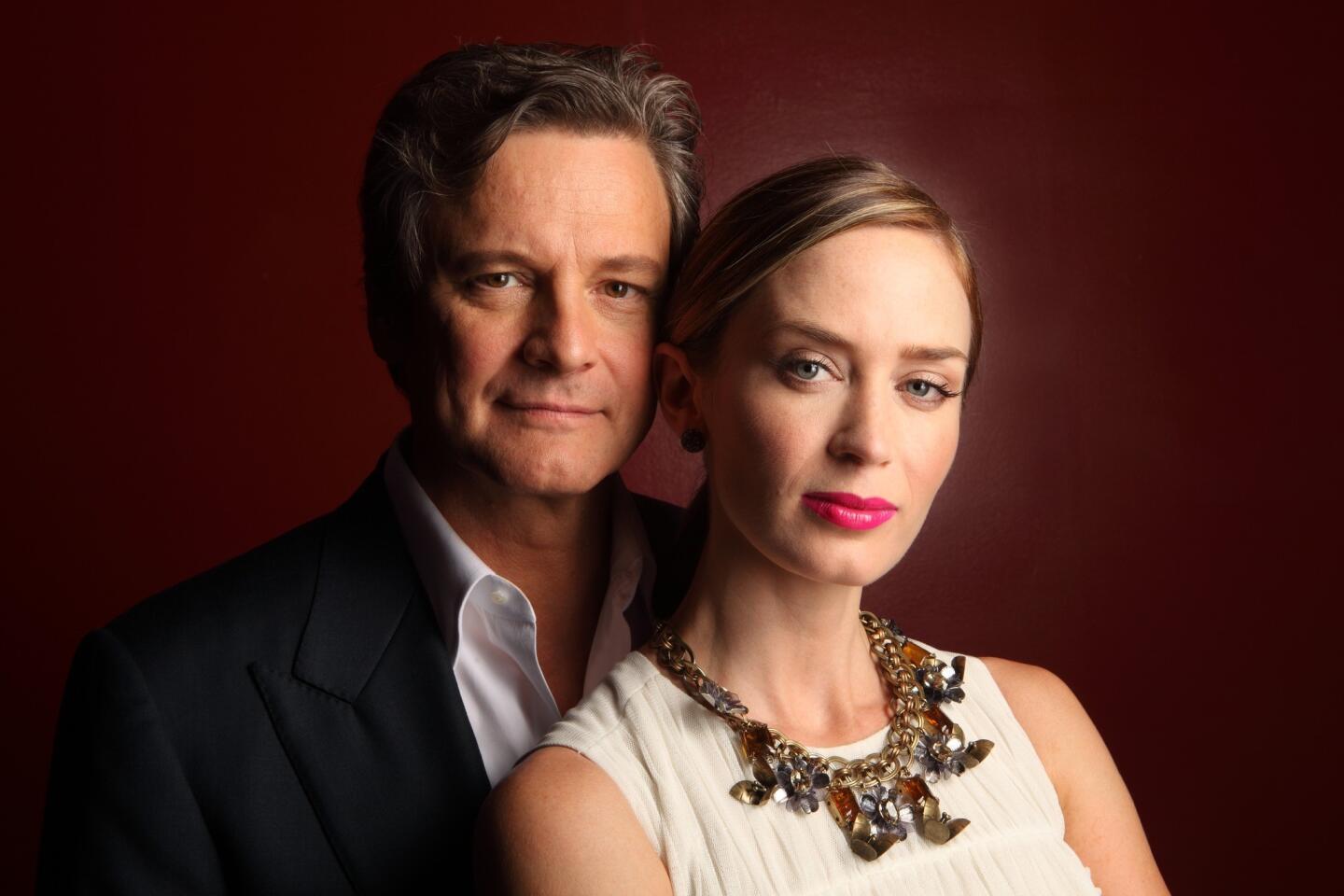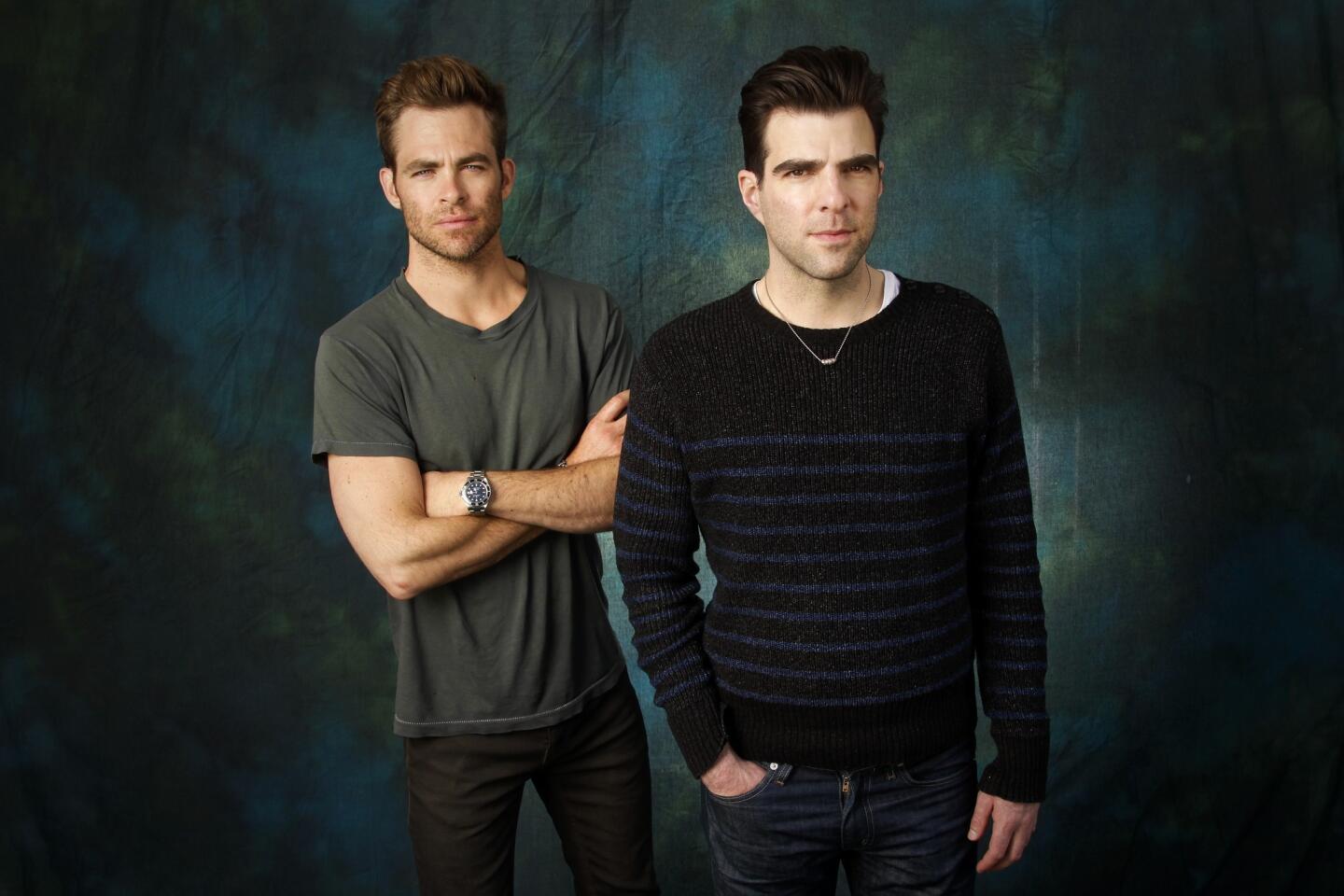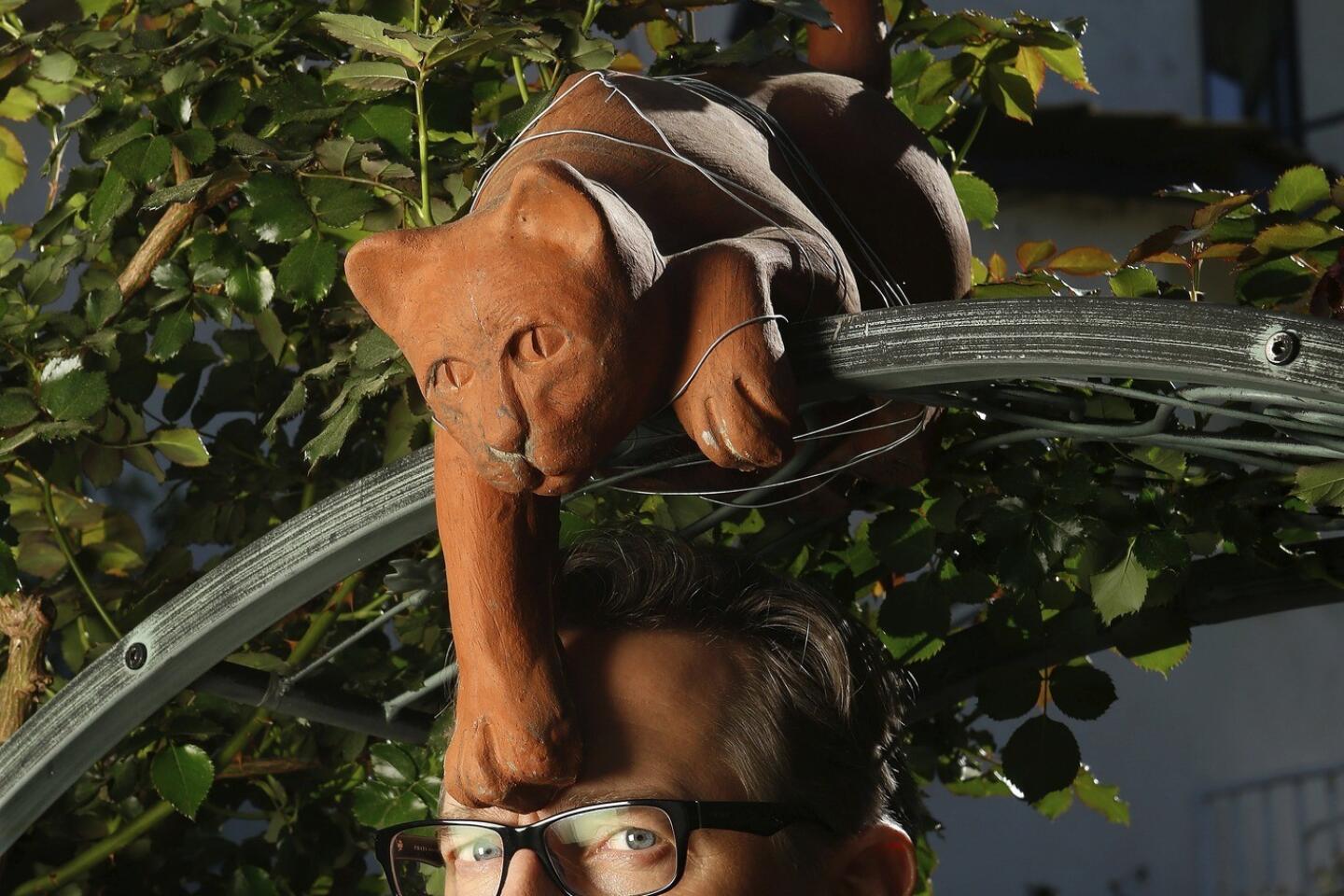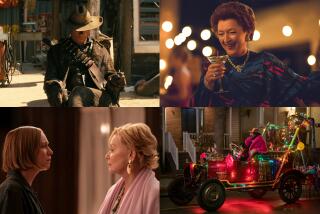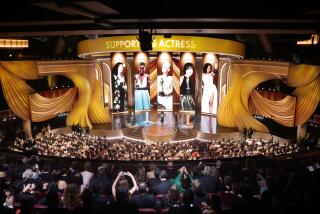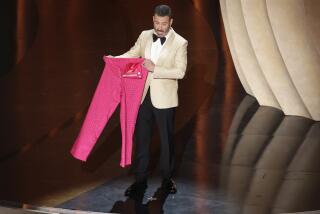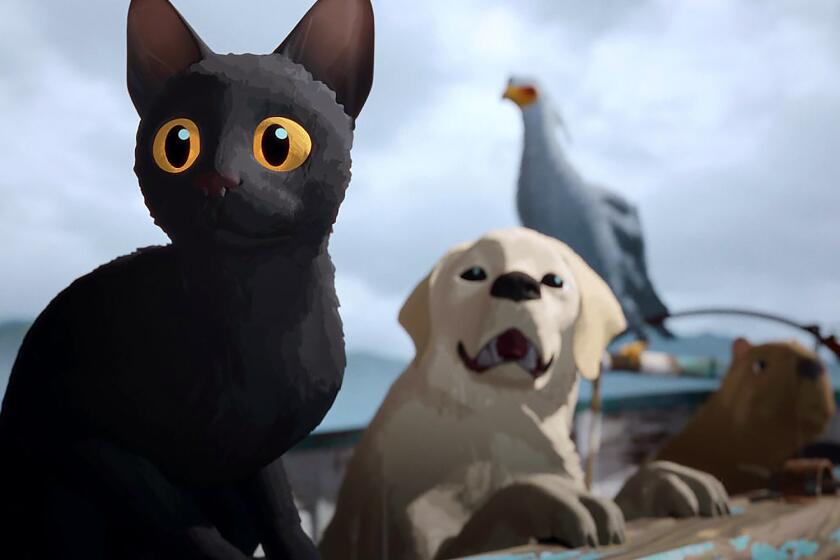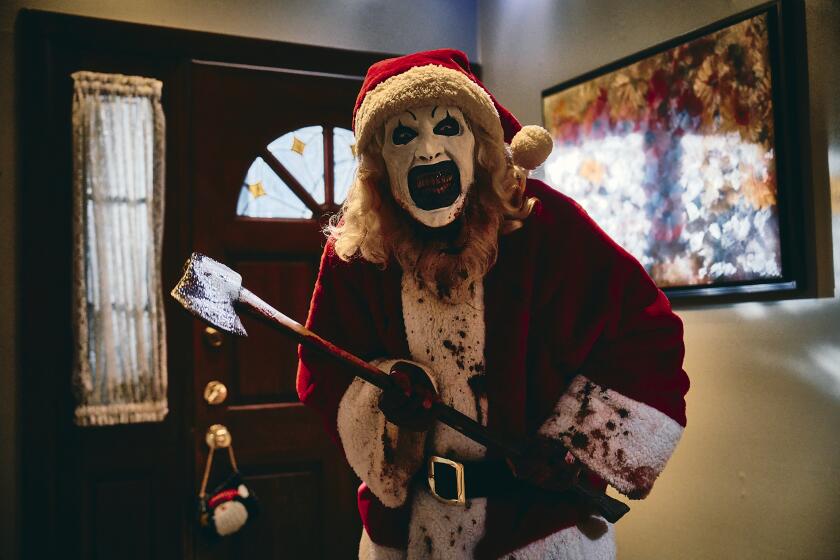That make-or-break scene
There is usually one scene in the making of a film — either during shooting or sometimes later in the editing bay — that brings the story together, sets the tone or bonds the director with his crew. Sometimes that moment is the focal point of the film, the point from which all later action stems. But it can also be much smaller — a quiet talk between a couple, a moment of sobering realization, even a date at a yogurt shop. The Envelope talked with eight directors with pictures out this year who experienced just such a moment with their films.
Peter Berg, ‘Lone Survivor’
“When the soldiers are up on the mountain in Afghanistan and they’re compromised by two kids and an older goat farmer, they know if they let them go, they’re going to die — and they have to decide what to do. That robust debate they have, that’s the cornerstone of the movie.”
Paul Greengrass, ‘Captain Phillips’
“Where the pirates come on the bridge — that’s a very important scene because it’s vital to convey what these young men are about. They’re heavily armed, they’ll stop at nothing, they’re trying to get money. I wanted to make a film that was about modern-day piracy and to convey what it felt like to be in a container ship crew being taken by pirates. The look on [Tom Hanks’] face is unbelievable shock when they climb up the side of the ship and he realizes he’s lost his ship. It’s a very powerful scene of confusion and fear, and then you follow his journey as he slowly starts to find a way of surviving this experience.”
Ryan Coogler, ‘Fruitvale Station’
“The really important scene for me was the first day we began shooting. It was the first day I was making a feature, the first day with the crew, and it was a flashback where Oscar [Michael B. Jordan] and his girlfriend have some time alone in her grandmother’s house and they talk. It was a really important scene in their arc, and I was really proud of how everyone handled it. Even in the editorial process, one of the editors flagged that scene as being really on and together, and I was proud at how it came out.”
TIMELINE: The Academy Awards through the years
John Lee Hancock, ‘Saving Mr. Banks’
“We wanted to set up P.L. Travers [Emma Thompson] as the proper British woman, coming to Los Angeles where everything is too bright and sunny. Walt Disney is bright and sunny, and everything is too hot for her in Los Angeles. So we had to set those attitudes from the point of not only where we shot but how we shot the scenes, and make it indicative of her character, so we had to get that correct right off the bat — when she first gets off the plane.”
Nicole Holofcener, ‘Enough Said’
“The first or second date between James’ [Gandolfini] and Julia’s [Louis-Dreyfus] characters. The first date has four parts: the line standing outside, then in the restaurant, the yogurt place and then they’re in the car. That sequence tells a lot about what could happen in this movie and the tone it could take on, so we had to get that right.”
INTERACTIVE: Best and worst Oscar moments since 2008
Ron Howard, ‘Rush’
“The champion race at Fuji was the climax of the film, but it was the final race, so it needed to leave a real imprint after a lot of really ambitious, interesting races that were important to the characters. But this one needed something more, and it’s a moment of true narrative that totally departs from the way you would ever script that story. The facts of [the racers’] lives would not allow us to follow a narrative you would just sit down and devise. Yet it had to be rewarding, and you had to understand it, and it all had to happen in the midst of an intense action sequence. The movie was dependent on that sequence working in a way that might surprise you.”
Ben Stiller, ‘The Secret Life of Walter Mitty’
“For us, the core dilemma was with the fantasies. Walter has these fantasies as he goes through his day, and it was challenging to keep the forward momentum of the movie, then take these left turns into fantasies, even though they were an important part of his character development. So we had to figure out how to edit those fantasies to feel like they were supposed to be there and weren’t chopping up the story. And they had a much broader comic tone than was going on in the rest of the movie, so there was a balancing of that in terms of how broad we could go with the humor.”
VIDEO: Highlights from the Envelope Screening Series
J.C. Chandor, ‘All Is Lost’
“It has to be the scene where [Robert Redford’s sailor] releases the letter in a bottle. It’s the climax of the movie, in my mind, and it’s also, as a filmmaker, something I’m very proud of. Most of the audience realizes that the letter he is writing is what you have heard him say at the start of the film. And my feeling about the character is that up until now he didn’t quite think about his own mortality enough. He almost to a fault took some things — including time — for granted. And in this scene, the weight of his own mortality comes crashing down on him. He acknowledges death, faces it and confronts it. And that makes him want to live even more. Those three minutes, I think, are some of the best work Mr. Redford has ever done.”
Envelope staff writer John Horn contributed to this article.
More to Read
Only good movies
Get the Indie Focus newsletter, Mark Olsen's weekly guide to the world of cinema.
You may occasionally receive promotional content from the Los Angeles Times.



